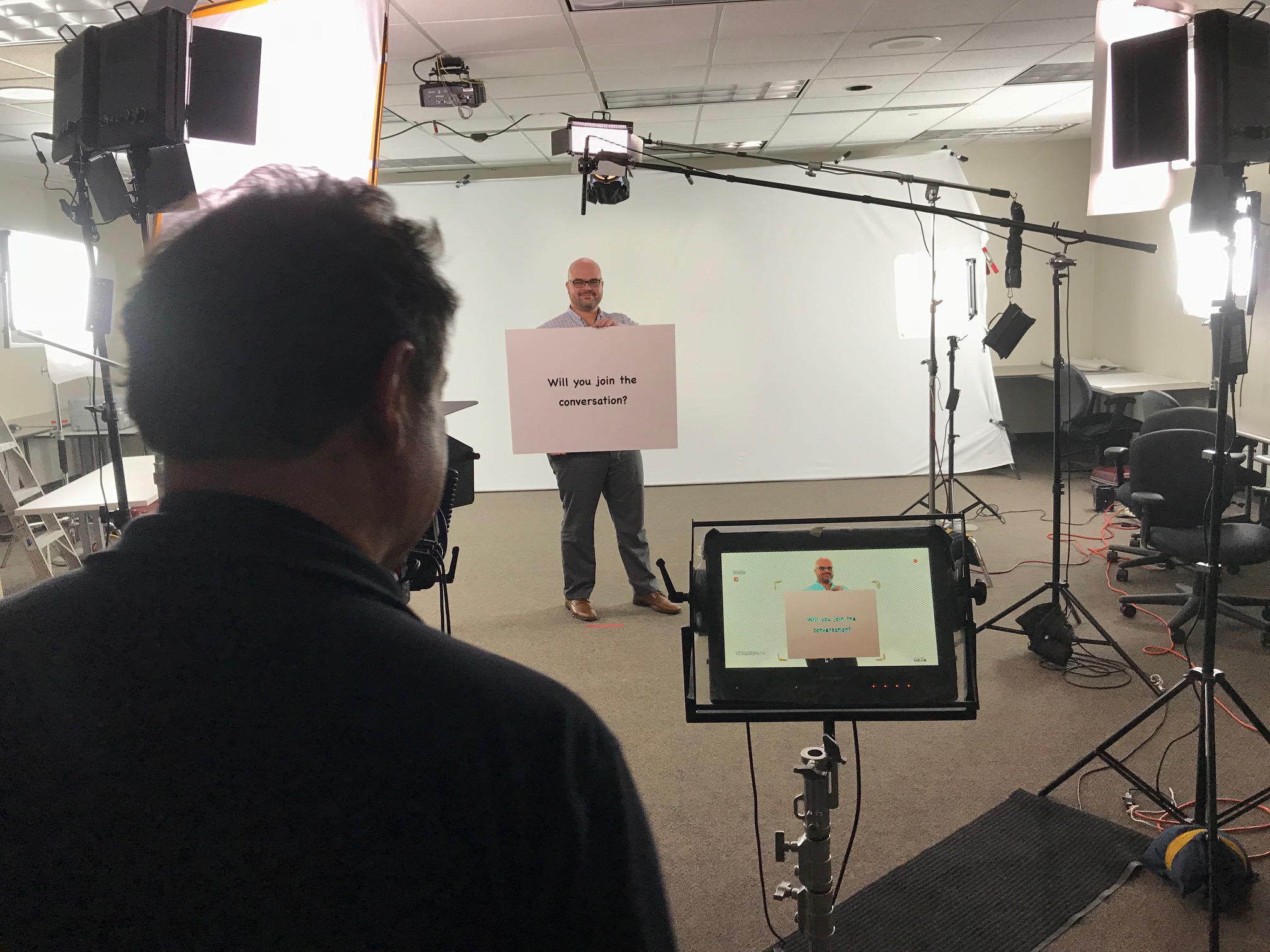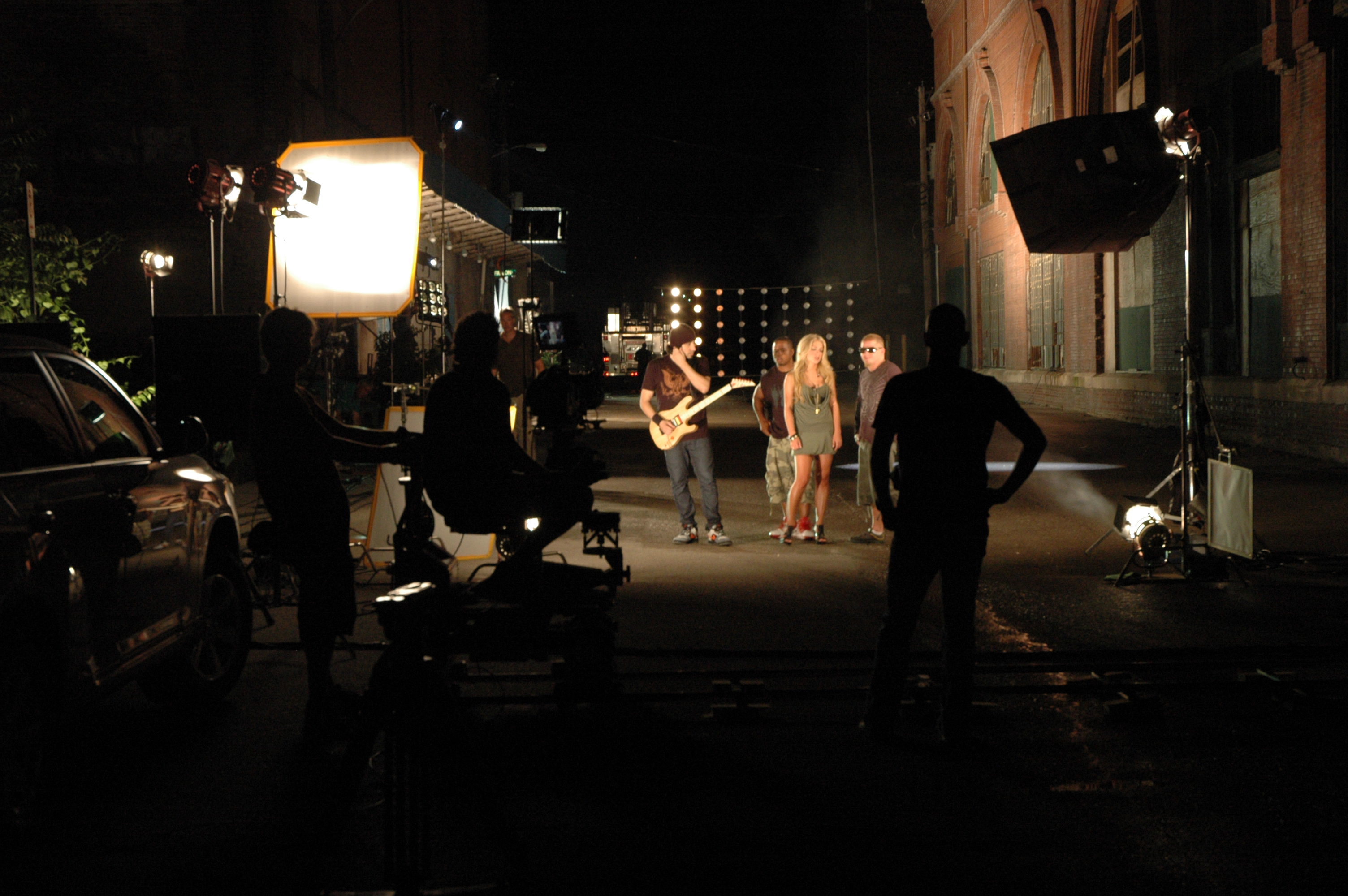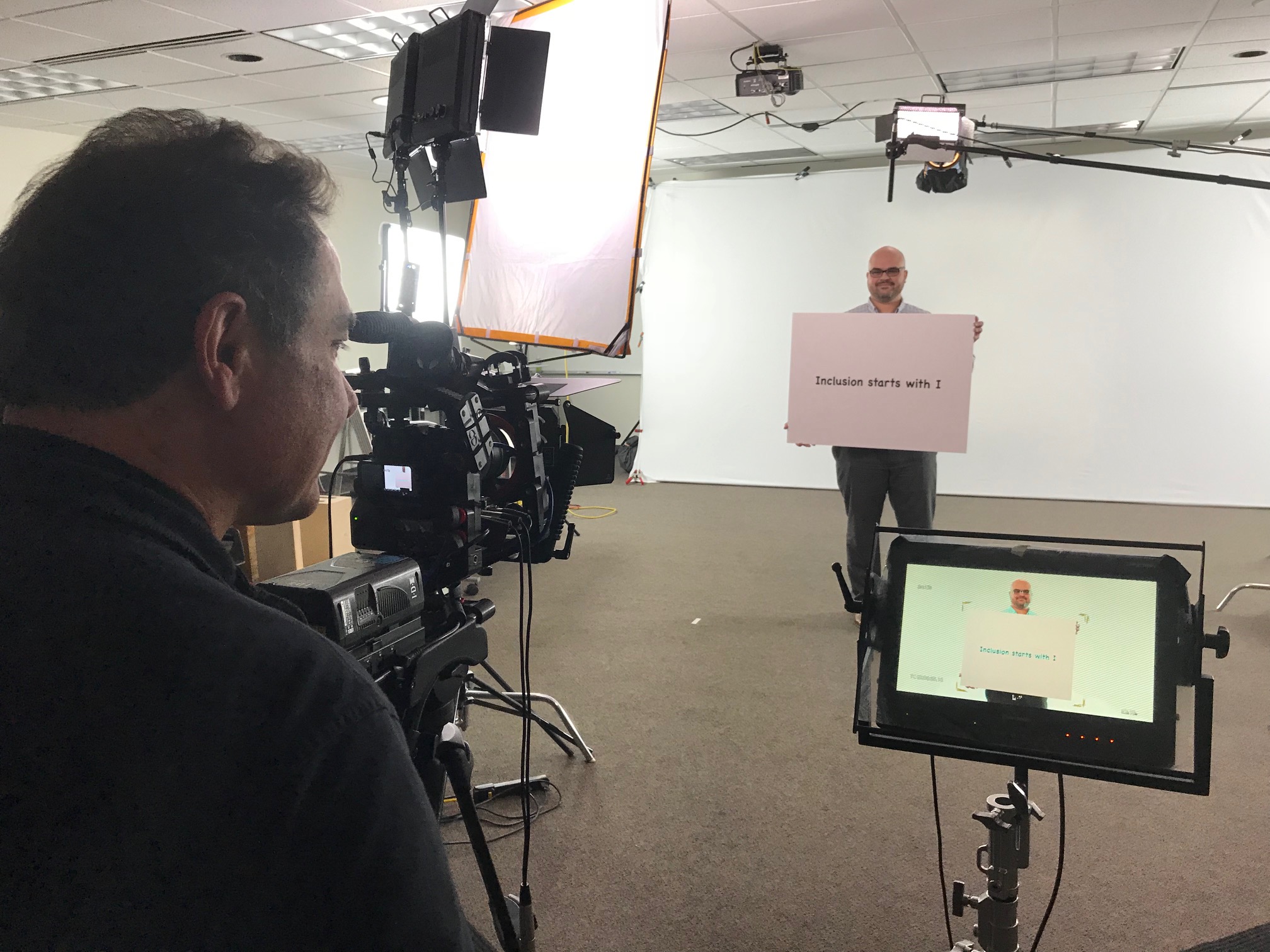St Louis Photography Studio
Commercial Photographers | Product and Food Photography | Business Portraits
Beyond the Portfolio: Critical Questions You Must Ask Before Booking Event Photography and Videography
As experienced producers in the visual media landscape, we often see businesses pour immense resources—time, budget, and sweat equity—into executing flawless corporate events, conferences, and galas. Yet, the documentation of these events is sometimes treated as an afterthought.
An event is a transient moment; the imagery and video captured during that event are your lasting return on investment. They are the assets that fuel your marketing for the next year, validate your efforts to stakeholders, and define your brand’s public perception.
There are no “do-overs” in live event production. A missed keynote speech, poor audio during an executive interview, or dark, grainy photos of your awards ceremony are failures that cannot be fixed in post.
When vetting potential partners for image and video acquisition, a glossy portfolio is merely the baseline requirement. To ensure operational success and maximum media value, you need to dig deeper. Here are the essential, expert-level questions decision-makers must ask before signing a contract.
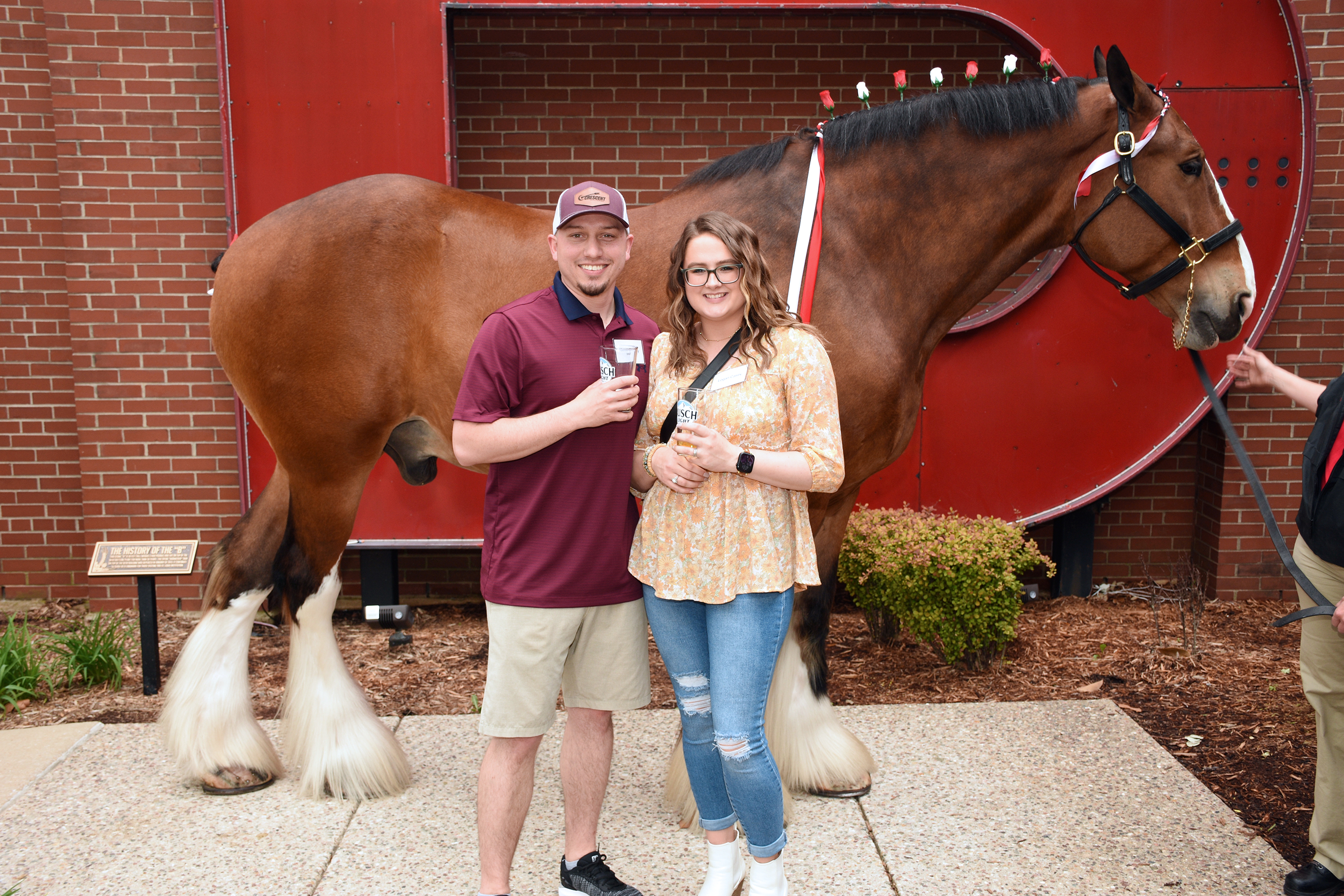
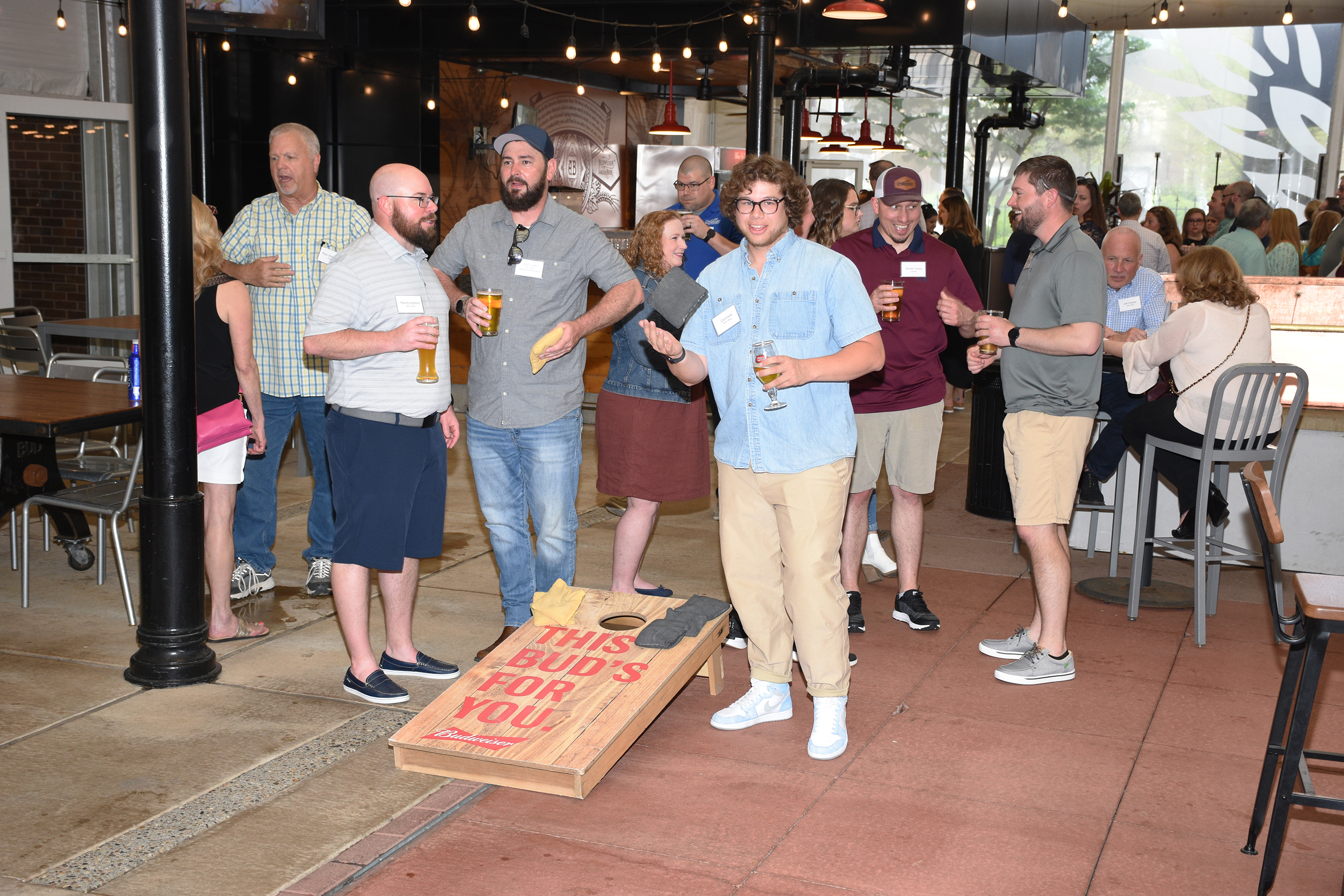


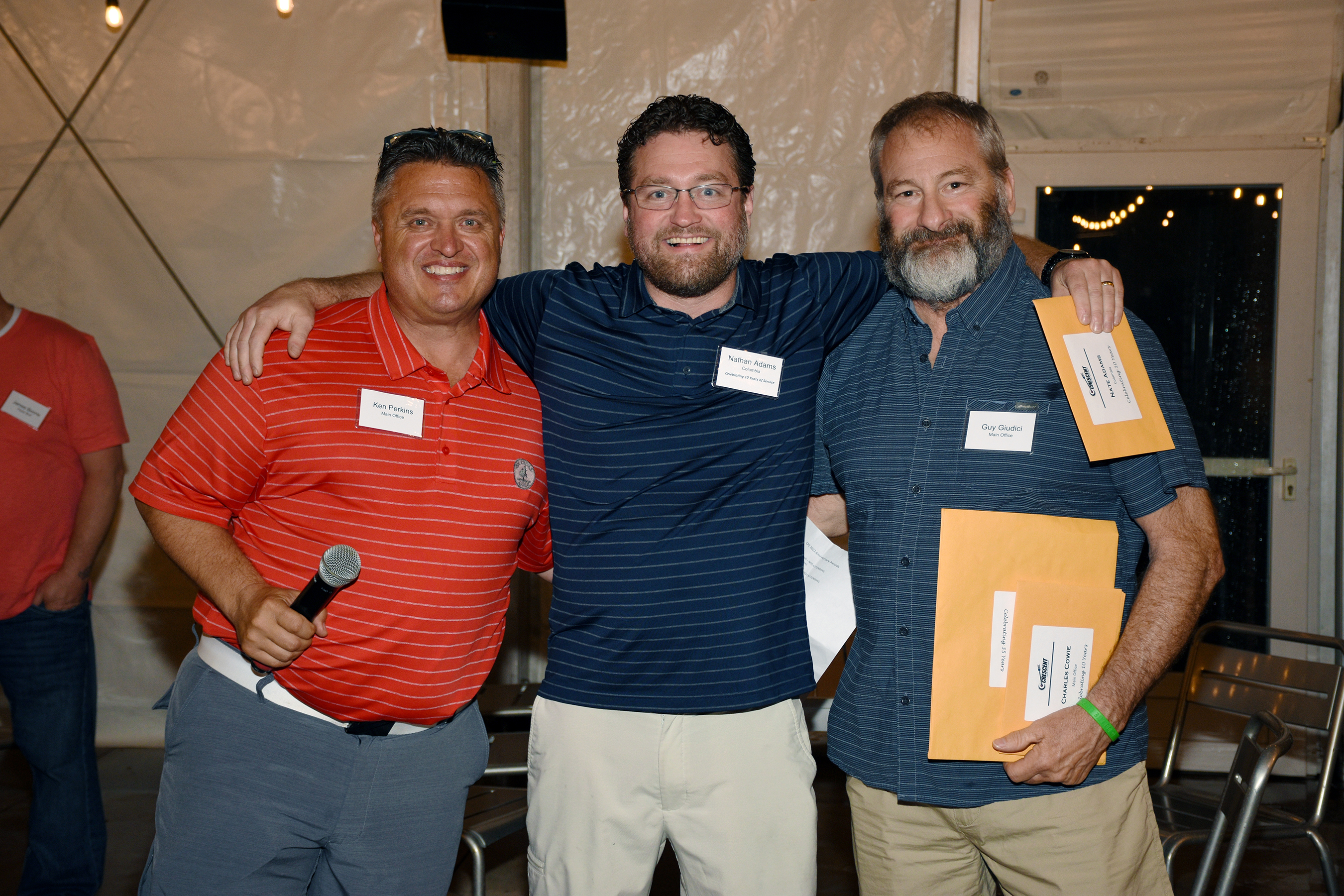
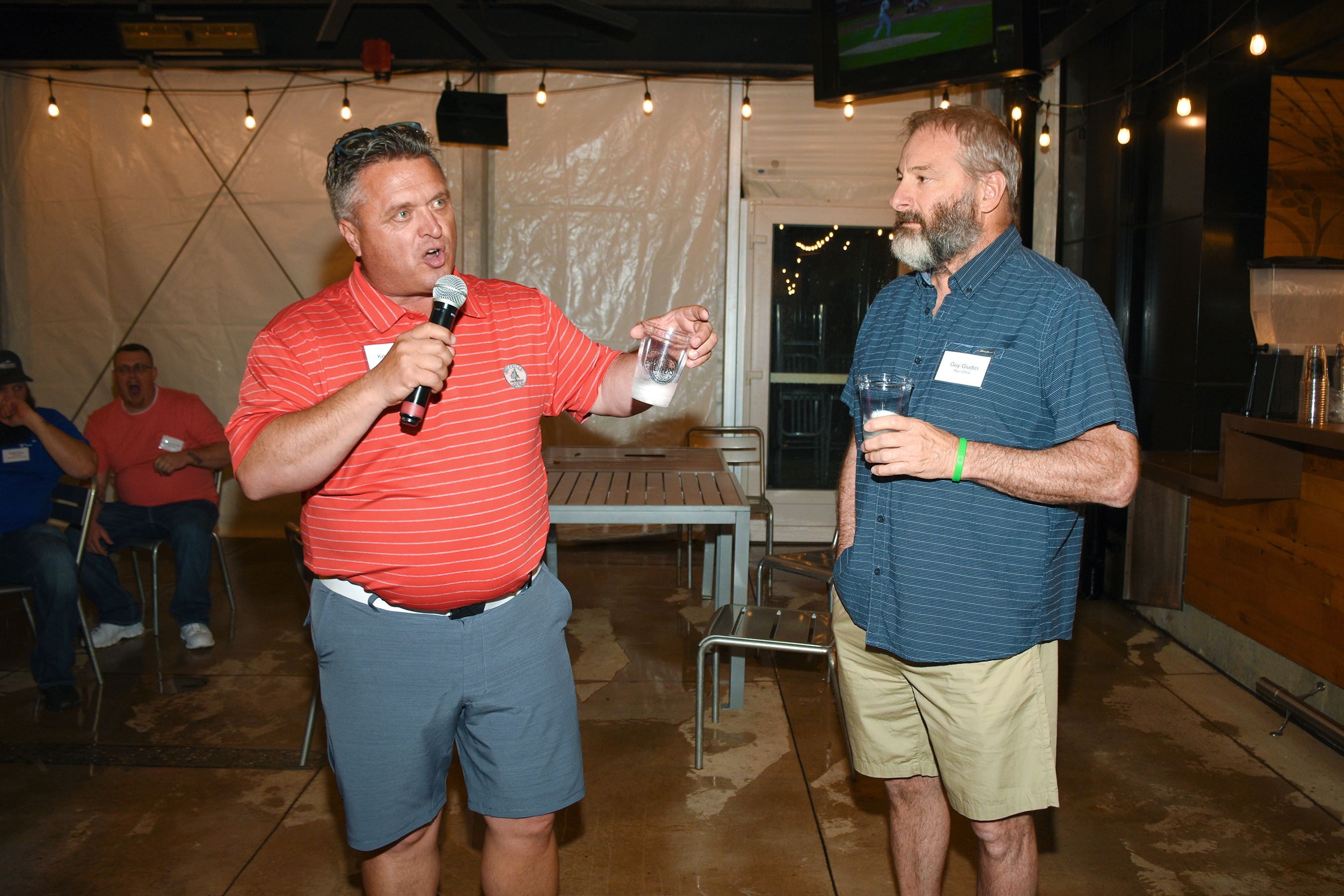
1. “Have you captured this specific type of event before, and can we see full galleries—not just highlights?”
Corporate event photography is distinctly different from wedding or portrait photography. A trade show floor requires different technical skills than a dimly lit awards dinner or a high-pressure press conference.
Demand to see relevant examples. Furthermore, ask to see a complete delivery—the “warts and all” gallery. Anyone can select their best ten shots for a portfolio. You need to know what the average quality of hundreds of delivered images looks like to ensure consistency across the entire event.
2. “What are your technical capabilities for challenging audio and lighting environments?”
Events are notoriously hostile environments for cameras. Convention center lighting is often unflattering mixed hues, and hotel ballrooms are dark. If a videographer relies solely on on-camera microphones, your CEO’s speech will sound hollow and distant, drowned out by ambient room noise.
A professional team must be able to articulate their strategy for these challenges. Do they bring their own lighting grids for interview corners? Do they utilize multi-track audio recording tapping directly into the venue’s soundboard while using redundant wireless lavaliers? If they can’t explain the technical “how,” they aren’t ready for your event.
3. “What is your redundancy plan for personnel and equipment failure?”
Murphy’s Law thrives at live events. Cameras jam, memory cards corrupt, and people get sick. The critical distinction between a hobbyist and a professional production partner is redundancy.
Ask specifically: “If your main camera body fails five minutes before the keynote, what happens?” The answer must be immediate: they grab the identical backup camera sitting right next to them. Ask what happens if the lead photographer calls in sick the morning of the event. A professional studio has a deep bench of vetted, experienced crew ready to step in seamlessly.
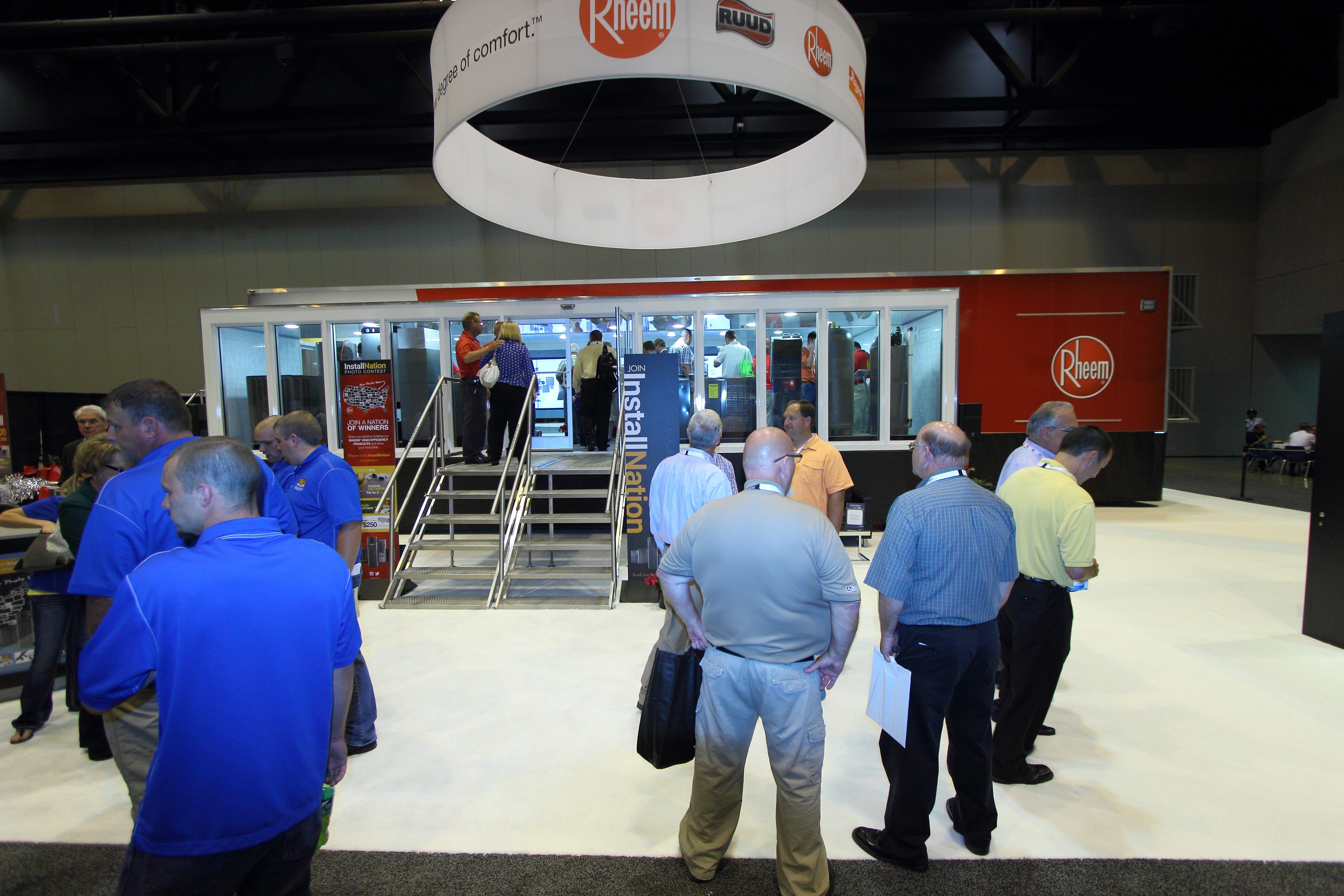

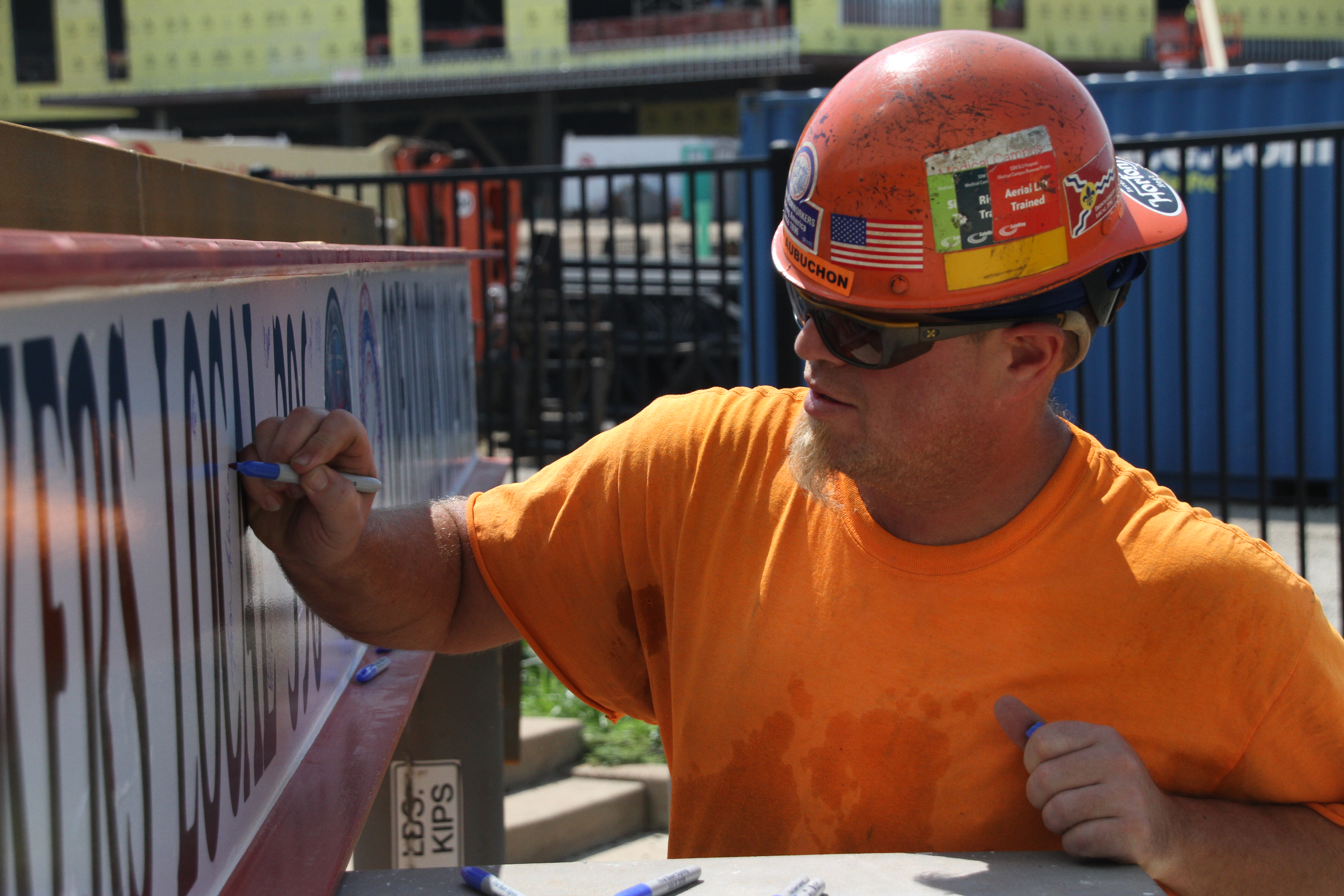
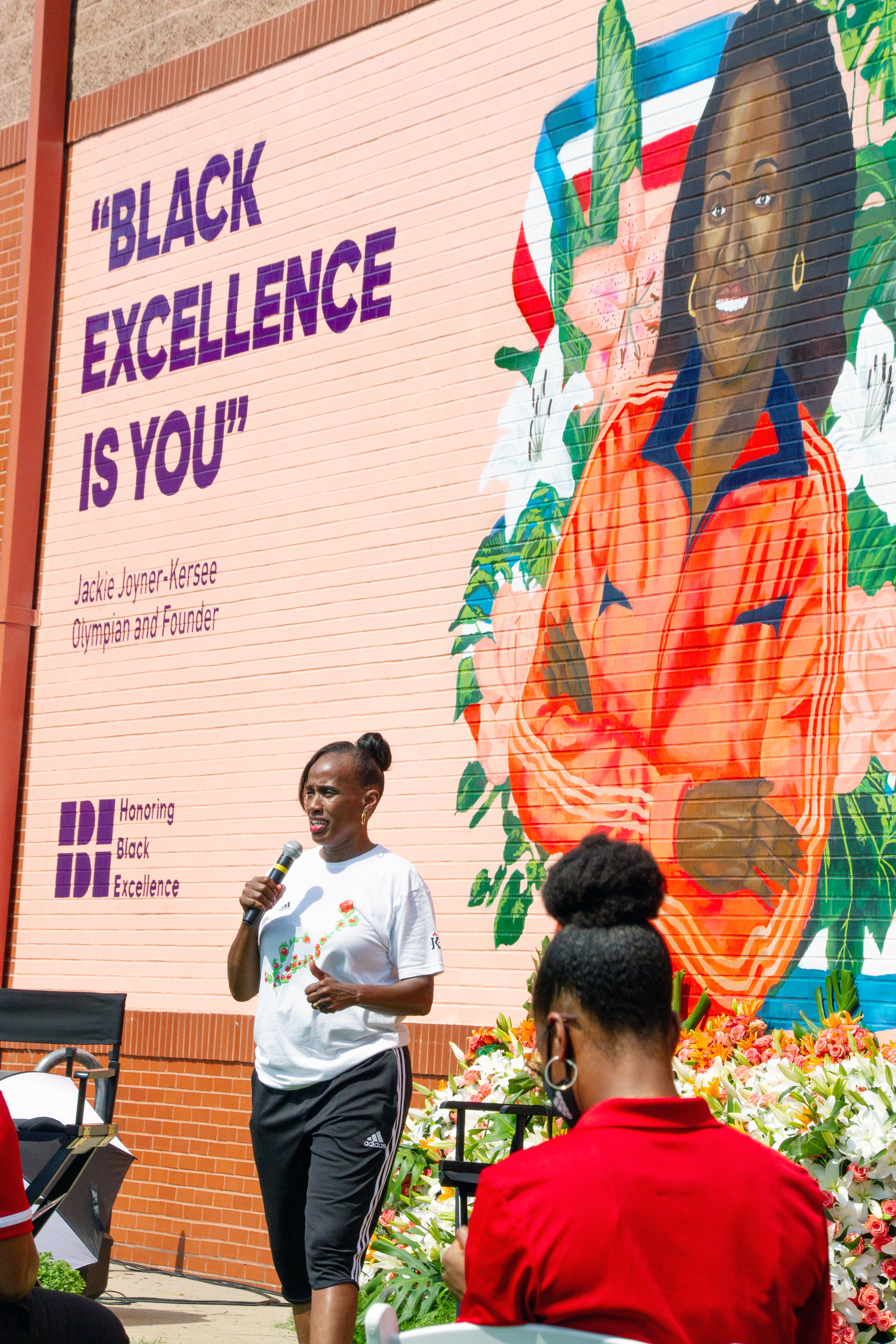
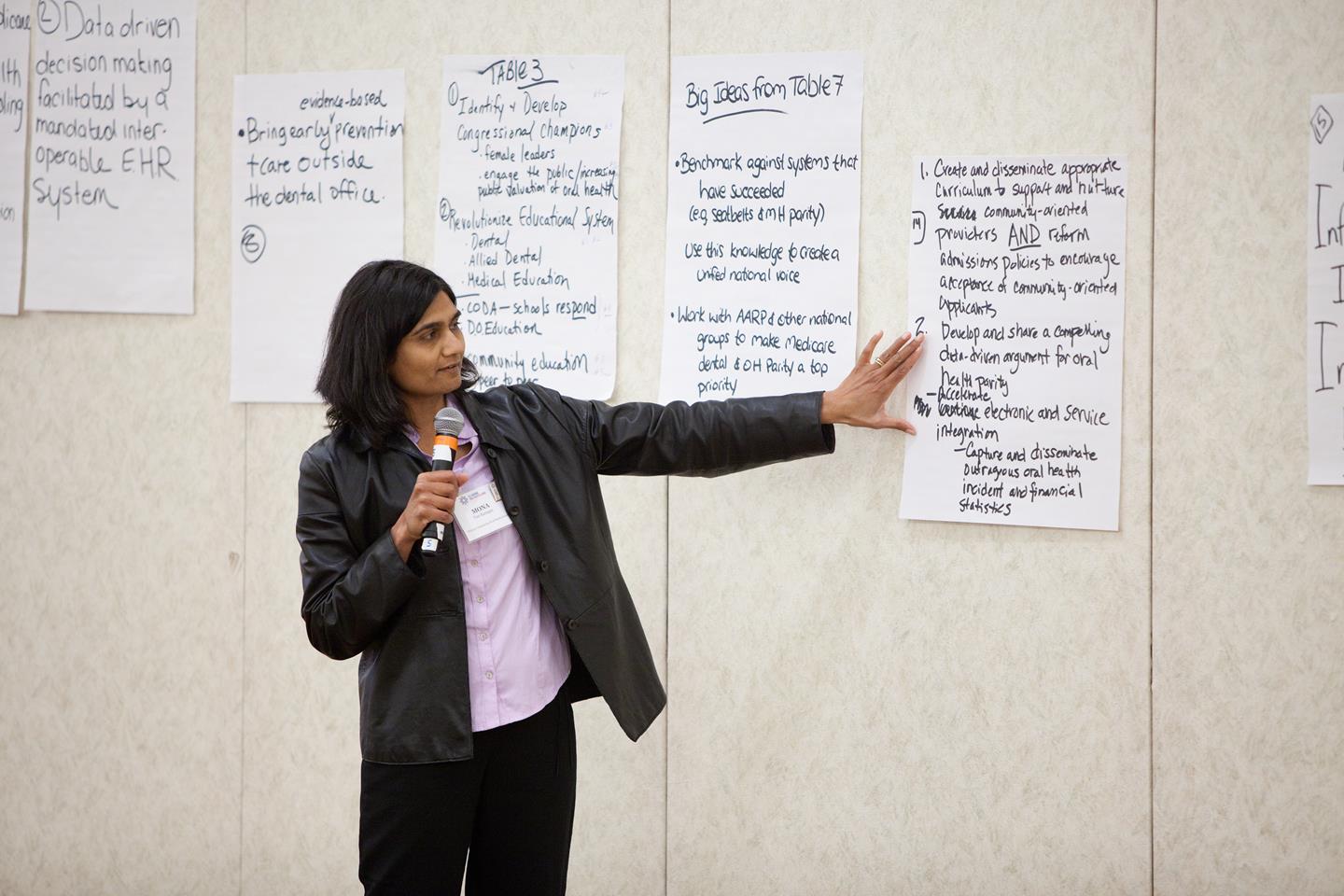
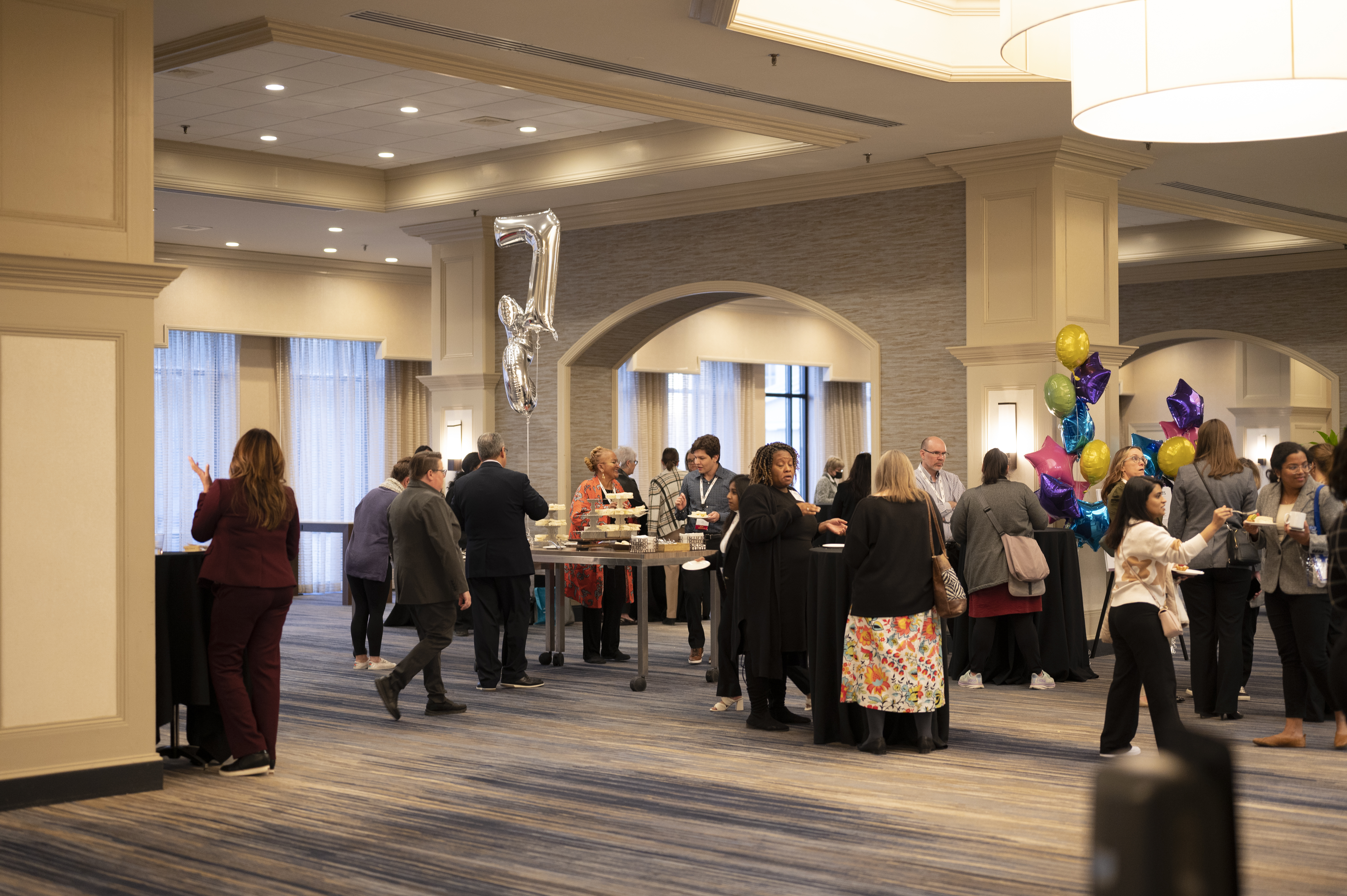
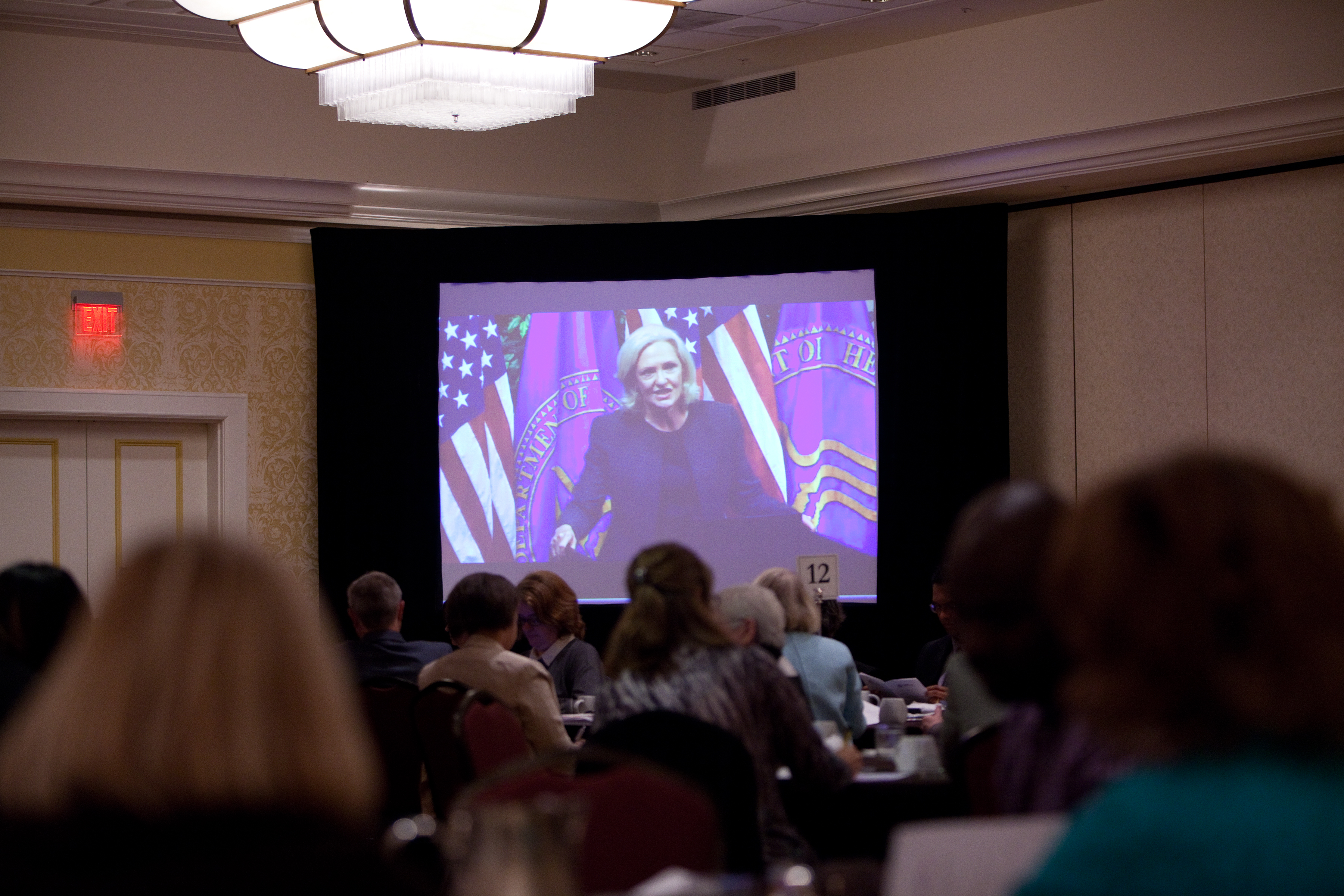


4. “How do you integrate AI and modern software into your post-production workflow for efficiency?”
We are past the point where ignoring Artificial Intelligence is acceptable in commercial media production. While human creativity drives the capture, AI is essential for the efficient processing of massive amounts of data.
Ask how they utilize the latest AI tools. Are they using AI-assisted culling to quickly sort through thousands of raw images? Are they using advanced software for noise reduction in low-light scenarios or automated transcription for rapid video editing? A studio leveraging modern technology provides faster turnaround times and higher technical quality without sacrificing the human artistic touch.
5. “How can we strategically repurpose this footage across diverse media platforms?”
This is the question that separates mere service providers from strategic partners. You aren’t just buying a “recap video.” You are acquiring a library of assets.
A seasoned producer should be thinking about asset longevity before the event starts. They should be asking you: “Can we shoot this interview vertically as well for TikTok/Reels?” or “Should we pull high-resolution stills from this 4K video for your annual report?”
Your production partner should be well-versed in all file types and styles of media, ensuring the content captured today is formatted to gain traction on the platforms of tomorrow.

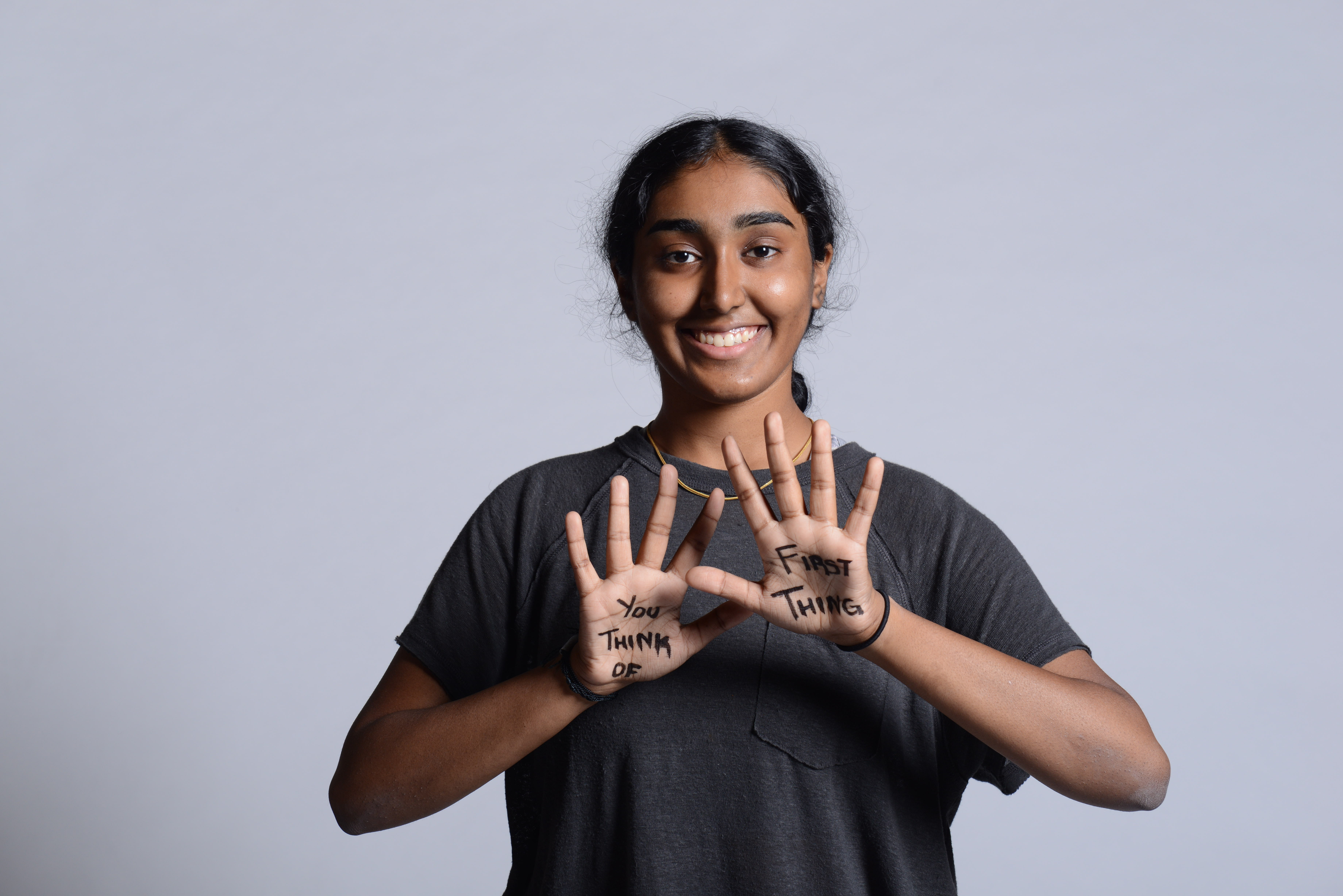

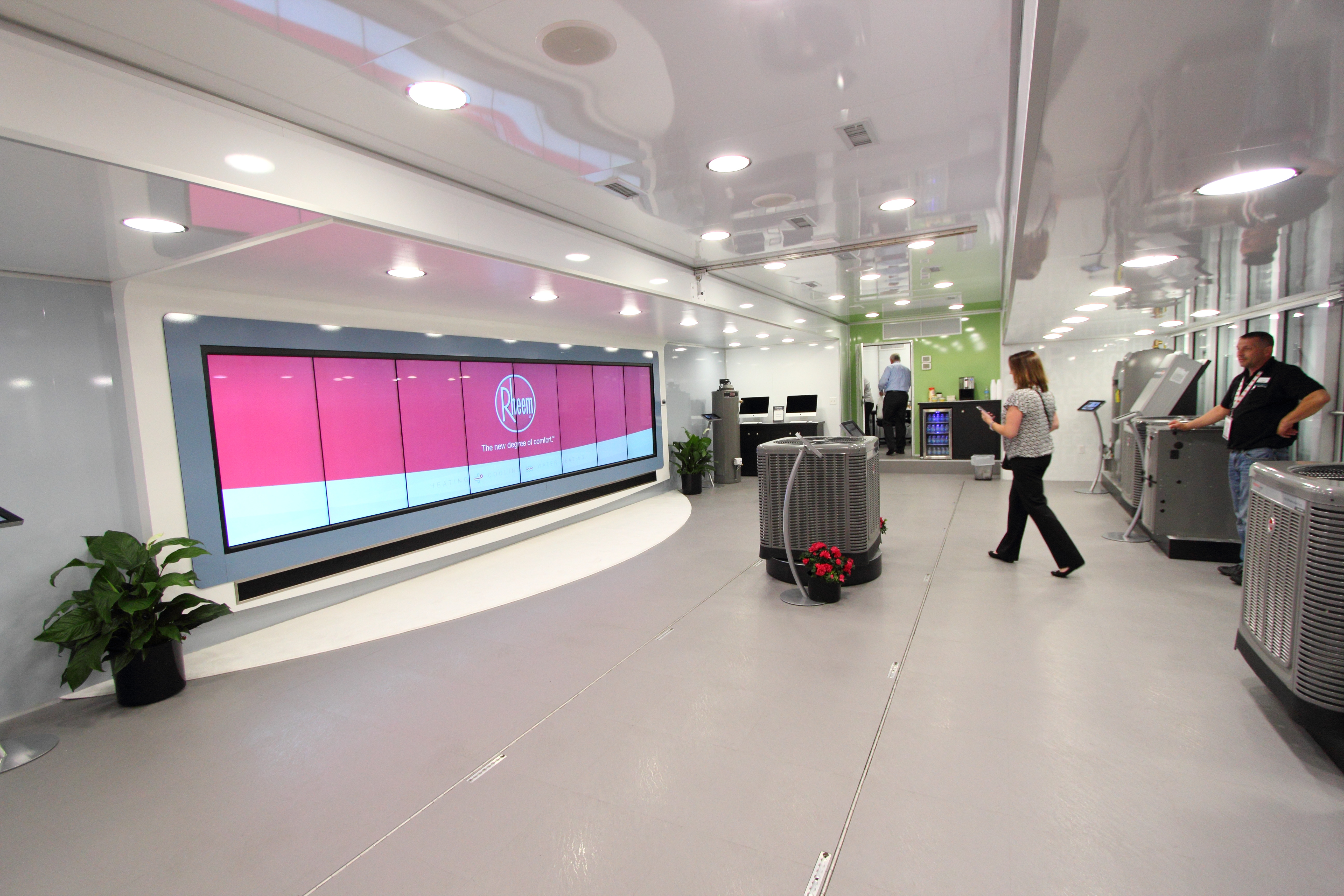

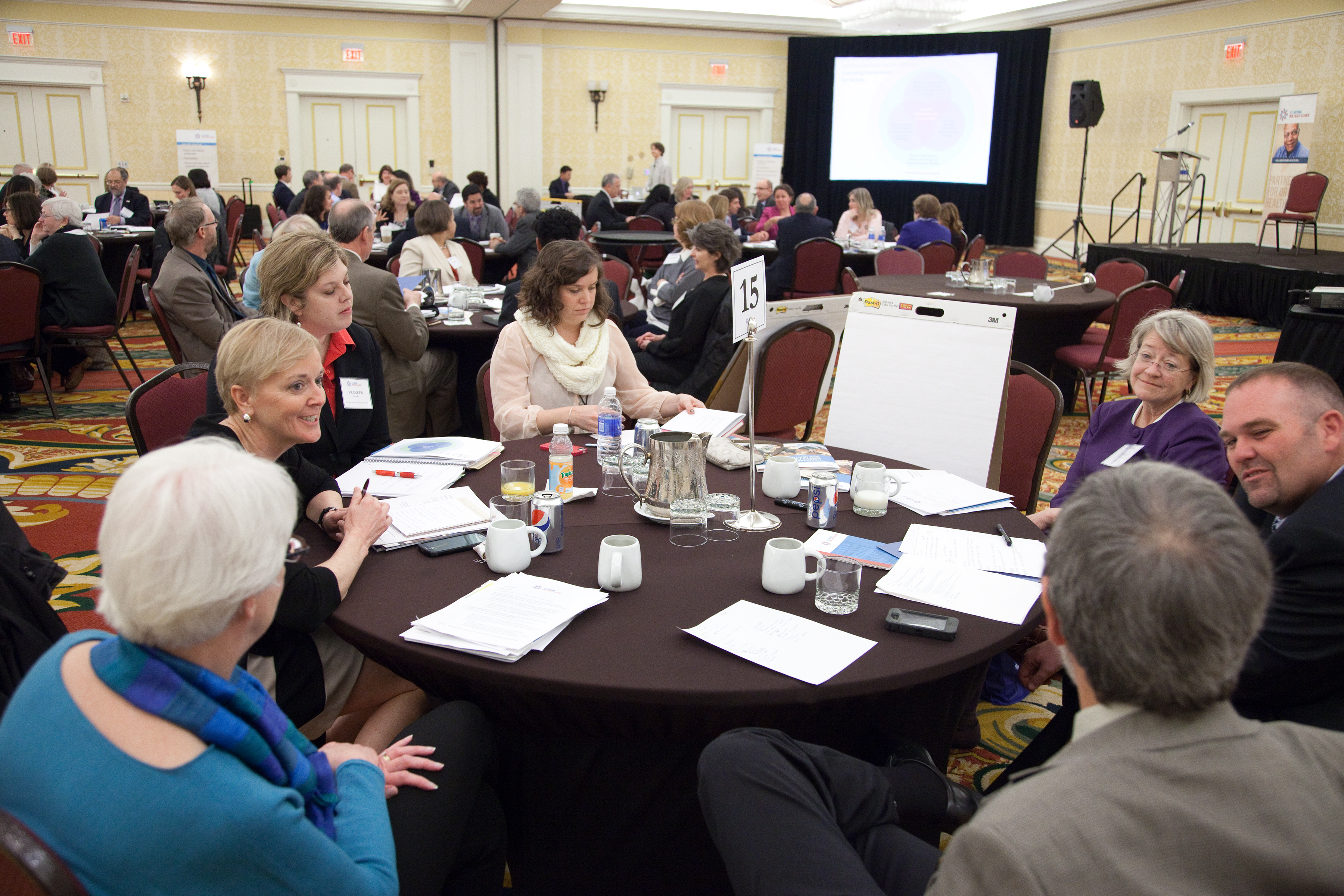
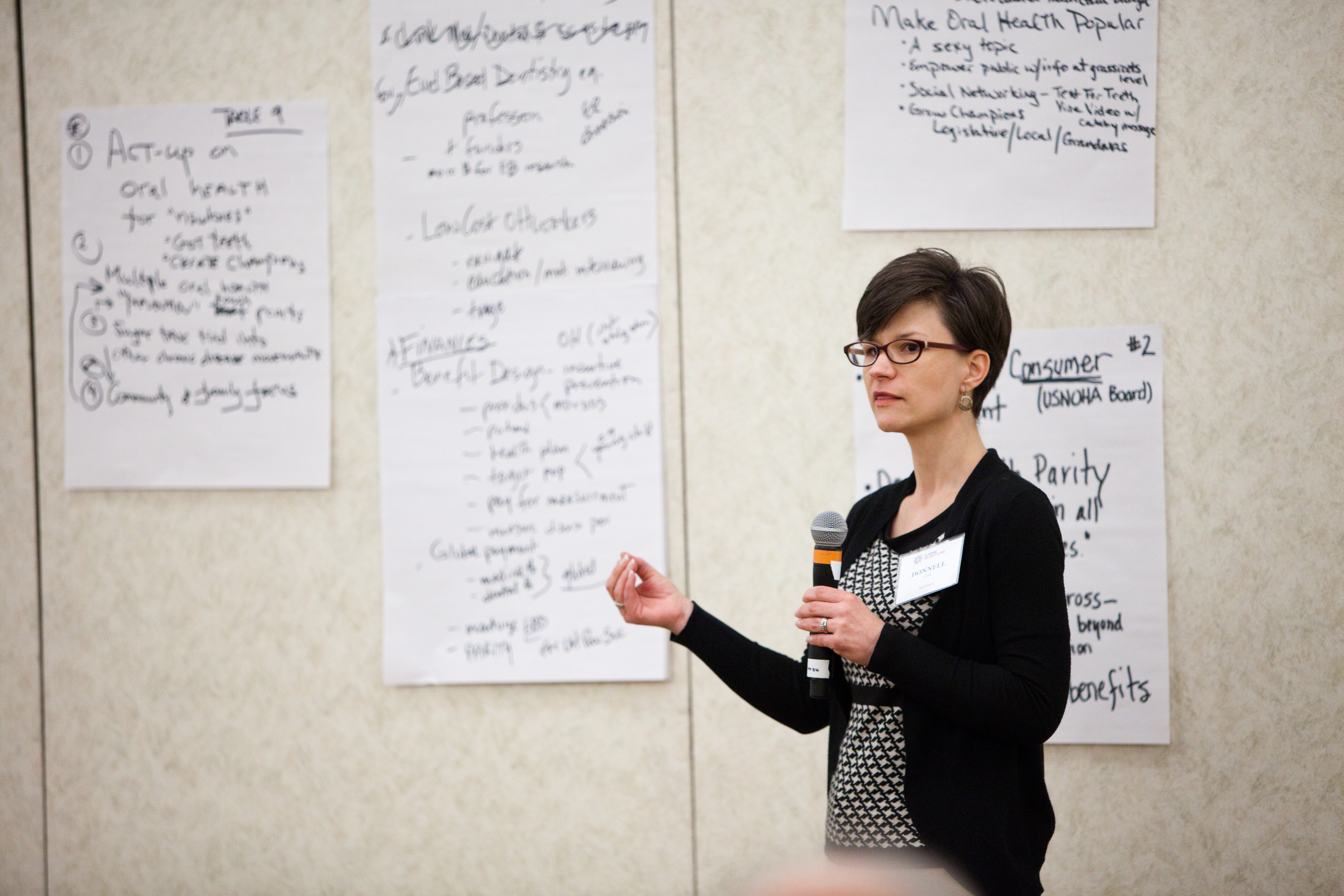
The St. Louis Photography Studio Advantage
Choosing the right media partner is a high-stakes decision. Since 1982, St. Louis Photography Studio has operated as a full-service commercial photography and video production corporation, trusted by the area’s leading marketing firms, creative agencies, and businesses.
We are not just “camera operators”; we are experienced videographers, photographers, and producers with the right equipment and creative crew to ensure successful image acquisition under any conditions.
We offer comprehensive solutions tailored to your specific needs:
- Full-Service Production: From on-location multi-camera event coverage to our private, customizable studio.
- Studio Capabilities: Our facility features private studio lighting and visual setups perfect for interviews and small productions. The studio is large enough to incorporate significant props to round out your set.
- Advanced Technology: We utilize the latest in Artificial Intelligence for all our media services, ensuring top-tier quality and efficiency in editing and post-production. We are well-versed in all industry-standard software and file types.
- Specialized Coverage: We employ licensed drone pilots capable of capturing stunning aerial perspectives, including specialized drones designed to fly safely indoors for unique event angles.
- Strategic Content: Repurposing your photography and video branding to gain more traction is our specialty. We customize productions to meet diverse media requirements.
We support every aspect of your production—from setting up a private, custom interview studio to supplying professional sound and camera operators—ensuring your next video production is seamless and successful. When there are no do-overs, experience matters.
Safer, Quicker, Cheaper: How Drone Imaging is Transforming Building & Roof Inspections
Commercial roofs and building envelopes are some of your most expensive assets—and some of the hardest to inspect safely and consistently. Traditionally, verifying conditions meant sending people up ladders and lifts, walking aging membranes, navigating parapets, and working around HVAC units and skylights. It’s slow, it’s risky, and it’s expensive.
Professional drone inspections change that equation.
At St Louis Photography Studio, we’ve been behind cameras and on rooftops for decades. Today, we’re applying that experience to drone-based building and roof inspections that are safer, quicker, and more cost-effective for owners, facility managers, and marketing and communications teams who need credible visuals to inform decisions and tell the story around capital investments.
Why Traditional Roof & Building Inspections Struggle
If you manage multiple facilities or large square footage, you already know the pain points:
- Safety risk: Falls from height, unstable surfaces, trip hazards, and weather exposure.
- Access issues: Steep pitches, fragile sections, aging membranes, tight parapets, and areas shielded by mechanical equipment.
- Cost and disruption: Lifts, scaffolding, and multi-person crews—plus interruptions to parking, entries, or operations.
- Inconsistent documentation: Phone snapshots from the field rarely produce a repeatable, high-quality visual record you’re comfortable sharing with executives, insurers, or auditors.
Drone-based inspections address each of these challenges by taking people off the roof and putting high-resolution sensors over it.
How a Professional Drone Inspection Works
A serious drone inspection is more than “just flying a drone.” For building and roof work, our process typically includes:
- Pre-production planning
- Reviewing site plans or prior documentation
- Identifying potential hazards, sensitive areas, and no-fly zones
- Defining what matters most: ponding, flashing, penetrations, seams, masonry, facades, or post-storm damage
- Flight design
- Planning efficient flight paths and altitudes
- Setting up consistent overlap for detailed stills, mapping, or orthomosaic imagery
- Determining when to use visual cameras vs. thermal tools for potential moisture or insulation issues
- On-site operations
- Controlled takeoffs and landings away from pedestrian traffic
- Systematic passes that cover the entire roof and building envelope
- In many cases, capturing supplemental video for context and future communication needs
- Data review and delivery
- Curating the best stills for technical review
- Creating clear image sets organized by building, elevation, or issue type
- Providing ready-to-use assets in formats your facilities, engineering, and marketing teams can all work with
The result is a consistent, repeatable visual record of roof and building conditions—without the risk and downtime of traditional methods.
Safety: Keeping People on the Ground
From a risk management perspective, drone inspections are a straightforward win:
- Minimal time at height: In many cases, your only human exposure is a quick ladder check or controlled access to the drone takeoff area—if that.
- Reduced fall and trip hazards: Nobody is walking near skylights, soft spots, loose ballast, or saturated sections.
- Less interaction with mechanical areas: Drones navigate around HVAC units, vents, and antennas without putting a person in that tangle of obstructions.
- Better visual reach: Drones can safely view steep elevations, upper facades, penthouses, and architectural features that are impractical—or dangerous—to reach manually.
For organizations concerned about safety metrics, workers’ comp exposure, and liability, this alone can justify a shift to drone-based inspection.
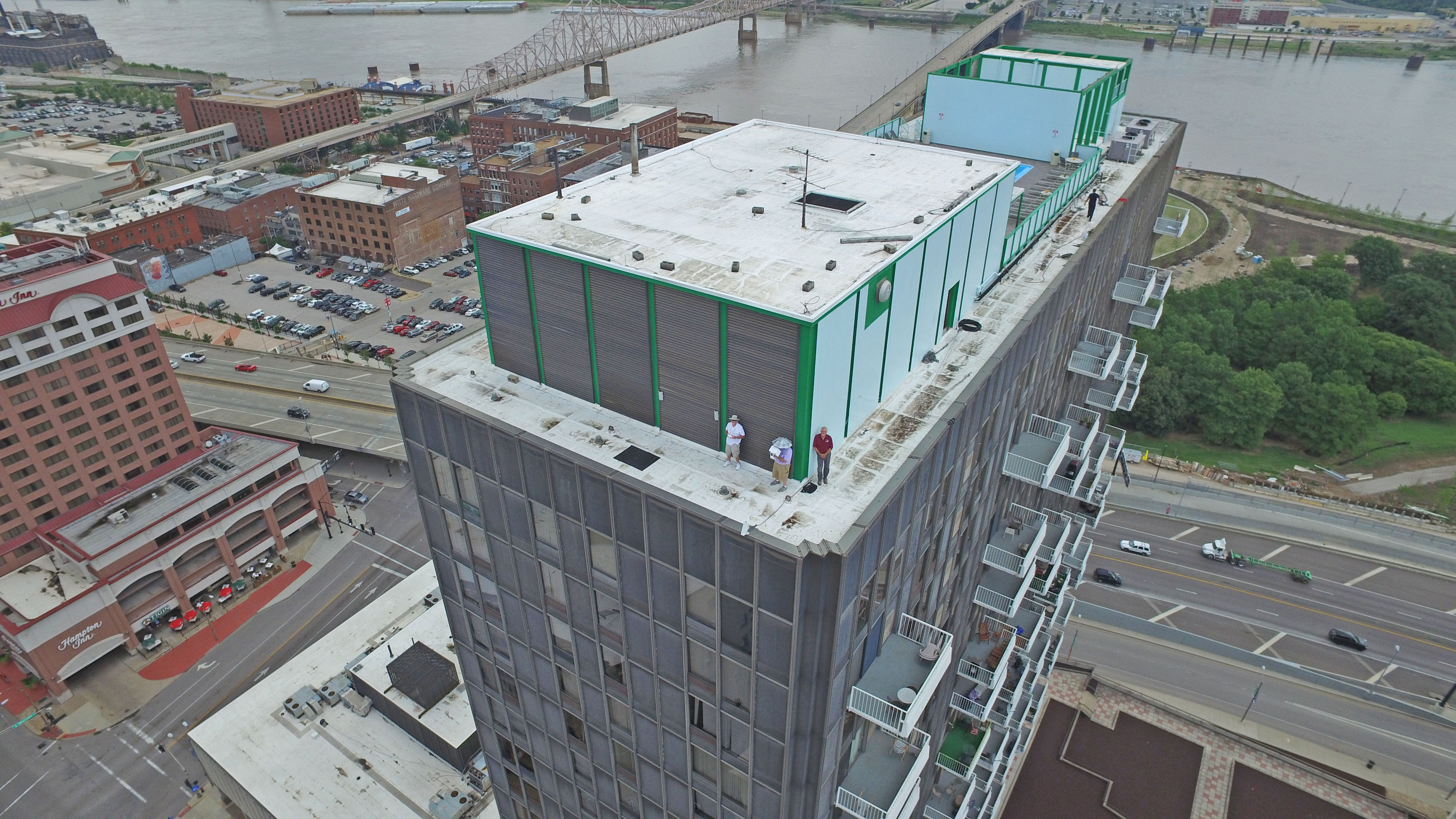
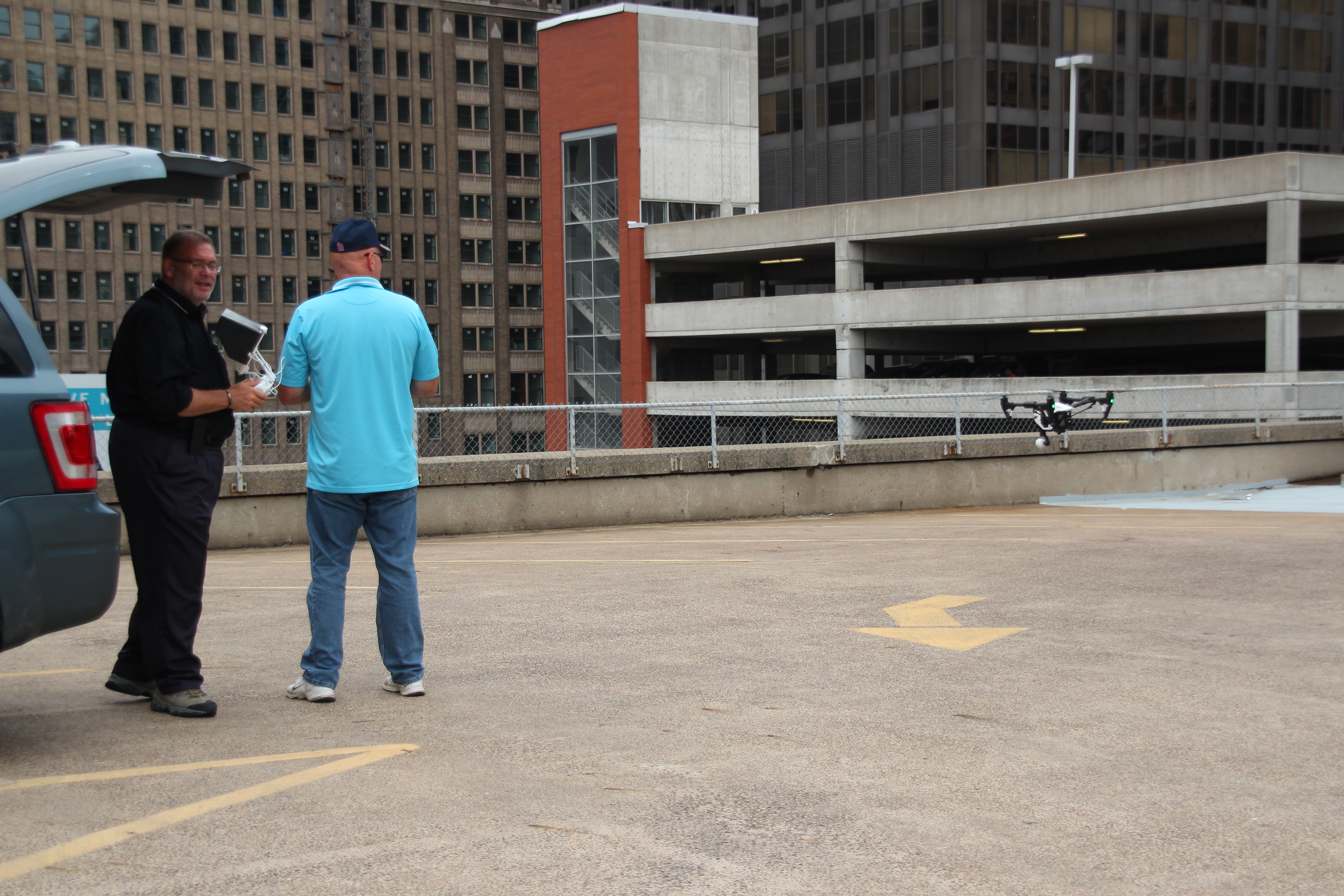
Speed & Operational Efficiency
Drone inspection isn’t just safer—it’s faster:
- More square footage per hour: A properly planned drone flight can capture an entire distribution center roof, office complex, or campus structure in a fraction of the time a manual crew would require.
- Less disruption to your operations: Parking lots, entries, and dock doors often stay open. We work around your business, not the other way around.
- Rapid post-storm assessment: After major weather events, drones can quickly document damage and conditions so you can prioritize which sites need physical follow-up first.
For portfolio owners, property managers, and facility teams, that speed translates into quicker decisions, faster claims, and tighter project schedules.
Cost Savings: Direct and Indirect
When you remove lifts, scaffolding, and extended labor from the equation, the costs begin to fall quickly:
- Reduced equipment rental: Fewer lifts, scaffolds, and fall protection systems.
- Targeted follow-up: Use drone imagery to identify where you really need a crew to open up the roof or perform invasive testing.
- Better planning: Visuals help you bundle repairs, plan phased work, and avoid emergency mobilizations.
- Negotiation leverage: Credible imagery supports better discussions with roofing contractors, insurers, and internal stakeholders.
When you spread those savings across multiple sites or recurring annual inspections, the ROI becomes substantial.
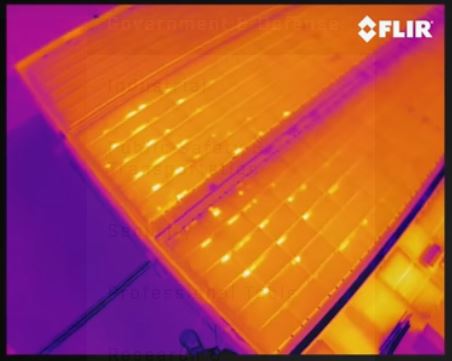
Better Data: High-Resolution Visuals and Thermal Insight
Because we’re approaching inspections as image specialists—not just “drone operators”—we prioritize data quality:
- High-resolution still photography for detailed review of seams, flashing, penetrations, coping, masonry joints, and more.
- Precision video passes that provide context for decision-makers less familiar with the building.
- Orthomosaic views (top-down composites) for understanding drainage patterns, ponding areas, and roof system layout.
- Thermal imaging (when appropriate) to flag potential moisture intrusion, insulation loss, or atypical heat signatures around mechanical equipment.
On the back end, we use the latest Artificial Intelligence tools to assist in classifying conditions, noting repeated issues, and helping your teams compare changes from one inspection cycle to the next.
Use Cases Beyond Maintenance
For marketing, communications, and leadership teams, drone inspection visuals are valuable far beyond facility maintenance:
- Capital planning presentations: Clean aerial imagery and annotated visuals help justify roof replacements, facade repairs, and energy upgrades.
- Stakeholder updates: Photos and video clips show progress during large renovation or re-roofing projects.
- ESG and sustainability reporting: Aerial views can help communicate investments in solar arrays, green roofs, and envelope improvements.
- Training content: Real-world images from your own facilities are far more compelling than stock photos in training modules.
Because St Louis Photography Studio is a full-service production company, we think ahead about how each flight can create both technical documentation and communication-ready imagery.
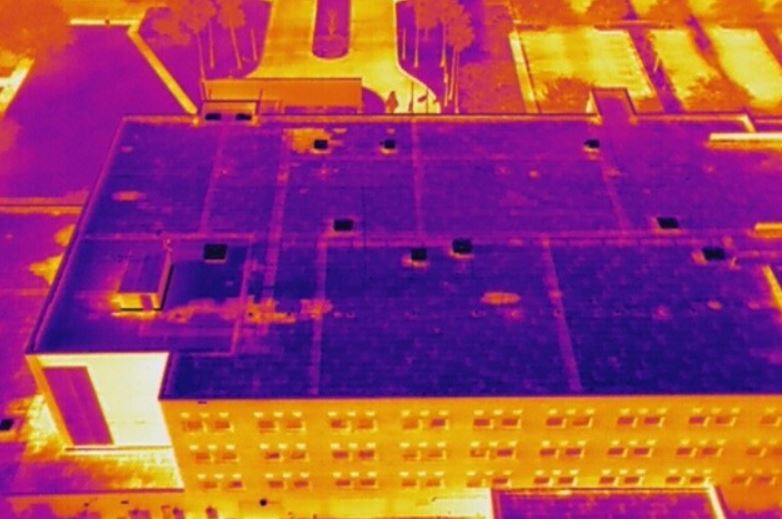
Why Professional Operators Matter
Drones are accessible. Professional building and roof inspections are not.
Working with an experienced visual production team offers clear advantages:
- Licensed pilots and compliance: We operate within current regulations and understand how to plan flights safely around active workplaces and urban environments.
- Redundancy and reliability: Multiple batteries, backup aircraft, and tested workflows keep the work moving.
- Production-level image quality: We match camera settings, lenses, flight paths, and lighting conditions to your specific goals—inspection, documentation, or marketing content.
- End-to-end support: From planning and capture through editing, color management, motion graphics, and final delivery, everything stays within one team.
That’s the difference between “someone flying a drone” and a production partner who understands that every image may end up in a board packet, insurance file, or public-facing presentation.
How St Louis Photography Studio Supports Your Building & Roof Inspection Program
When you engage St Louis Photography Studio for drone-based building and roof inspections, you gain more than aerial footage—you gain a structured, repeatable visual program:
- Discovery & objectives
- Confirm your locations, building types, and inspection priorities
- Align on safety protocols, access requirements, and scheduling
- Visual strategy
- Determine which mix of stills, video, mapping, and (when needed) thermal imagery will serve facilities and leadership best
- On-site capture
- Deploy licensed drone pilots, camera operators, and support crew as needed
- Capture redundant coverage to ensure you have options in post-production
- AI-assisted review & editing
- Use AI to quickly sort, tag, and pre-screen imagery, and then apply expert human review
- Edit and color-correct key visuals for use in reports, decks, and marketing pieces
- Deliverables built for multiple teams
- Organized image libraries by site and building
- Ready-to-drop content for internal reports, presentations, and communications
- Assets that can be repurposed into web content, training modules, and stakeholder updates
You end up with a single, comprehensive visual record that serves facilities, risk management, marketing, and leadership—without forcing each department to start from scratch.
Why Partner with St Louis Photography Studio
Experienced St Louis Photography Studio is a full-service professional commercial photography and video production company with the right equipment and creative crew service experience for successful image acquisition. We offer full-service studio and location video and photography, as well as editing, post-production and licensed drone pilots. St Louis Photography Studio can customize your productions for diverse types of media requirements. Repurposing your photography and video branding to gain more traction is another specialty. We are well-versed in all file types and styles of media and accompanying software. We use the latest in Artificial Intelligence for all our media services. Our private studio lighting and visual setup is perfect for small productions and interview scenes, and our studio is large enough to incorporate props to round out your set. We support every aspect of your production—from setting up a private, custom interview studio to supplying professional sound and camera operators, as well as providing the right equipment—ensuring your next video production is seamless and successful. We can even fly our specialized drones indoors for atriums, warehouses and other challenging spaces. As a full-service video and photography production corporation, since 1982, St Louis Photography Studio has worked with many businesses, marketing firms and creative agencies in the St. Louis area for their marketing photography and video.
If you’re ready to make your building and roof inspections safer, quicker, and cheaper—while also creating better visual documentation for your organization—St Louis Photography Studio is ready to help.
Top Background Tricks for Clean Product Pics (That Still Look Premium)
As a studio that photographs thousands of SKUs, we’ve learned that “clean” doesn’t mean “boring.” It means distraction-free, color-accurate, and consistent across every product page and pitch deck. If you’re new to product photography, use this guide as a playbook to create simple, repeatable setups that scale from a one-off shoot to a full catalog.
1) Pick the Right Background for the Job
Pure white (255/255/255)
- Best for e-commerce marketplaces and cutouts.
- Use seamless paper (not poster board) or a hard sweep (plastic/plexi).
- Aim for a background roughly +1 to +1.5 stops brighter than the subject—white but not glowing around the edges.
Neutral gray (18%–30%)
- Great for reflective items, dark products, and metals.
- Keeps edge detail and avoids white “halos.”
- Easy to color-grade into other tones later.
Muted color backdrops (pastel solids)
- Add brand flavor for lifestyle banners and social.
- Keep saturation low to prevent color cast on shiny surfaces.
Texture backgrounds (concrete, wood, linen)
- Use sparingly for “artisan” feel.
- Keep texture out of focus; product remains the hero.
- Watch for repeating patterns that look tiled.



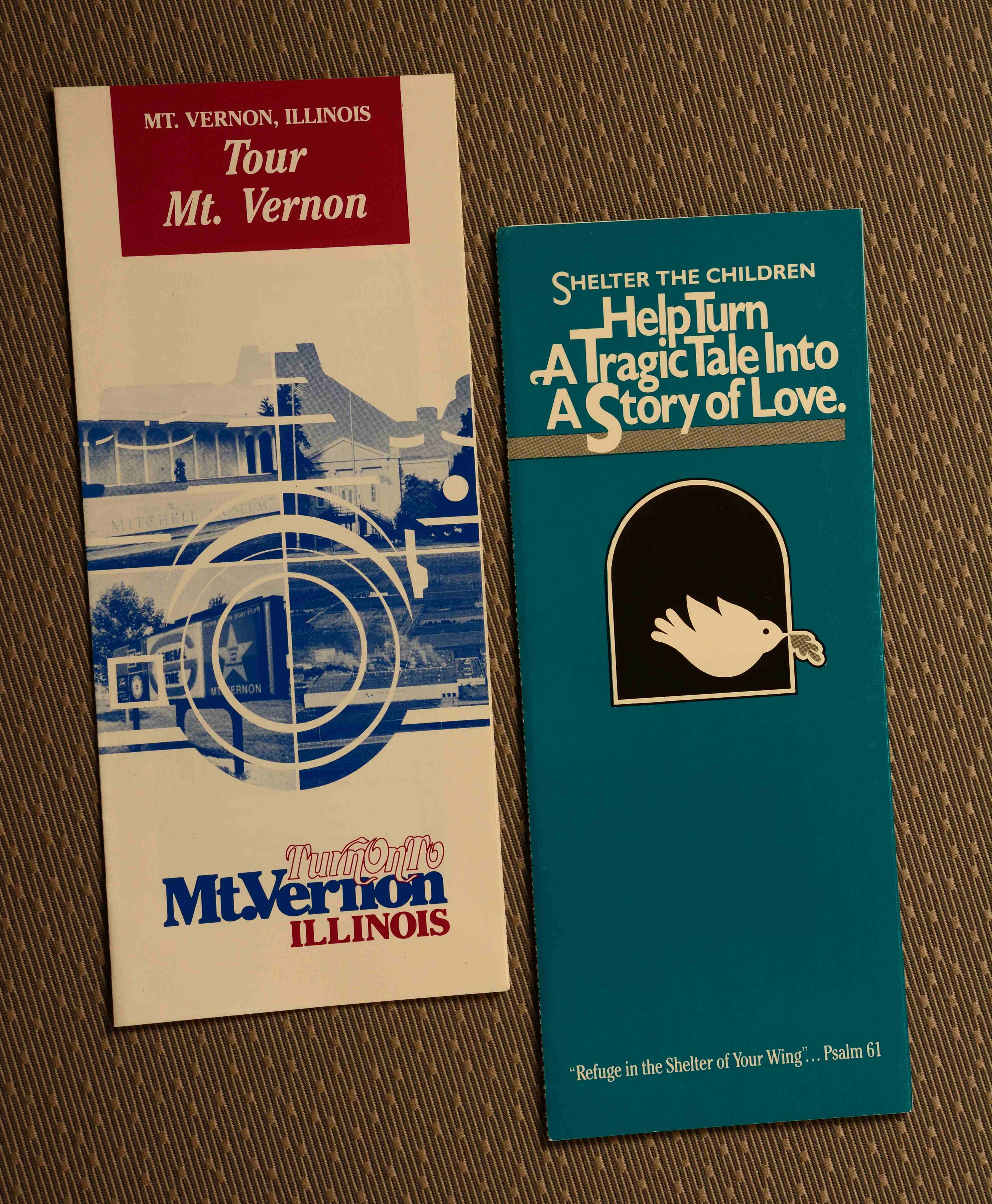





2) Build a “Sweep” to Kill the Horizon Line
A sweep is a continuous curve behind and under the product.
- Seamless paper: Clamp high, let it roll down onto the tabletop.
- Acrylic or PVC sheet: Creates a smooth curve and wipes clean; clear acrylic also gives a subtle reflection.
- Tip: Keep the curve wide and gentle; tight bends create bands of tone and micro-wrinkles that you’ll fight in retouching.
3) Control Light Before You Add More
Most “messy” backgrounds are actually messy light.
Start with one key light (strobe or LED) and shape it:
- Diffuse: Softbox, shoot-through umbrella, or DIY with diffusion fabric. Bigger = softer edges.
- Flag: Use black foamcore or flags to block spill hitting the background.
- Fill: Add a white card (bounce) only as needed to open shadows.
- Edge: A small stripbox or bare head from behind can separate dark products from gray/white.
Target ratios:
- Background ~+1 stop vs subject for bright white.
- Background even with subject for gray.
- Avoid hotspots: meter center and corners of the sweep.

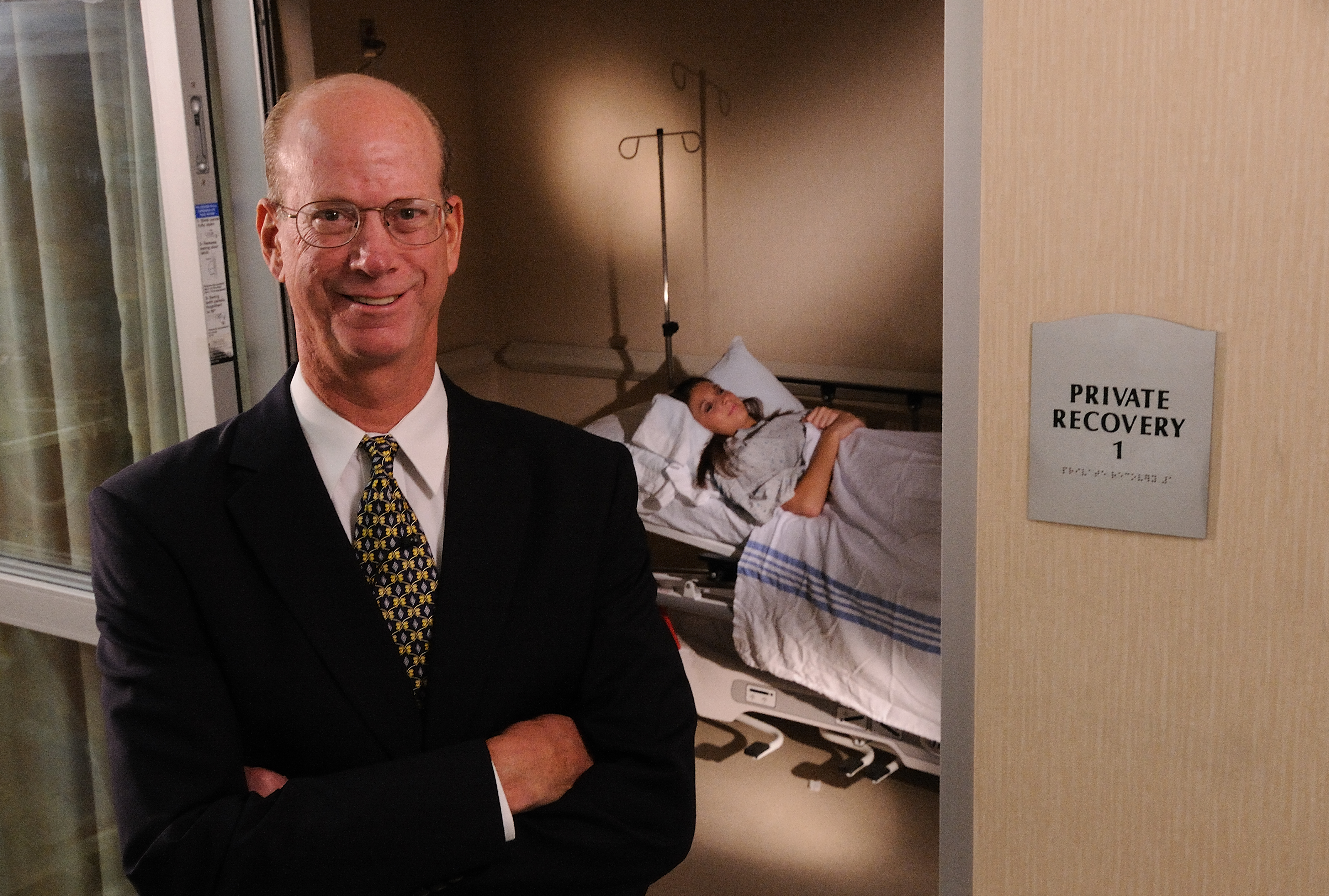


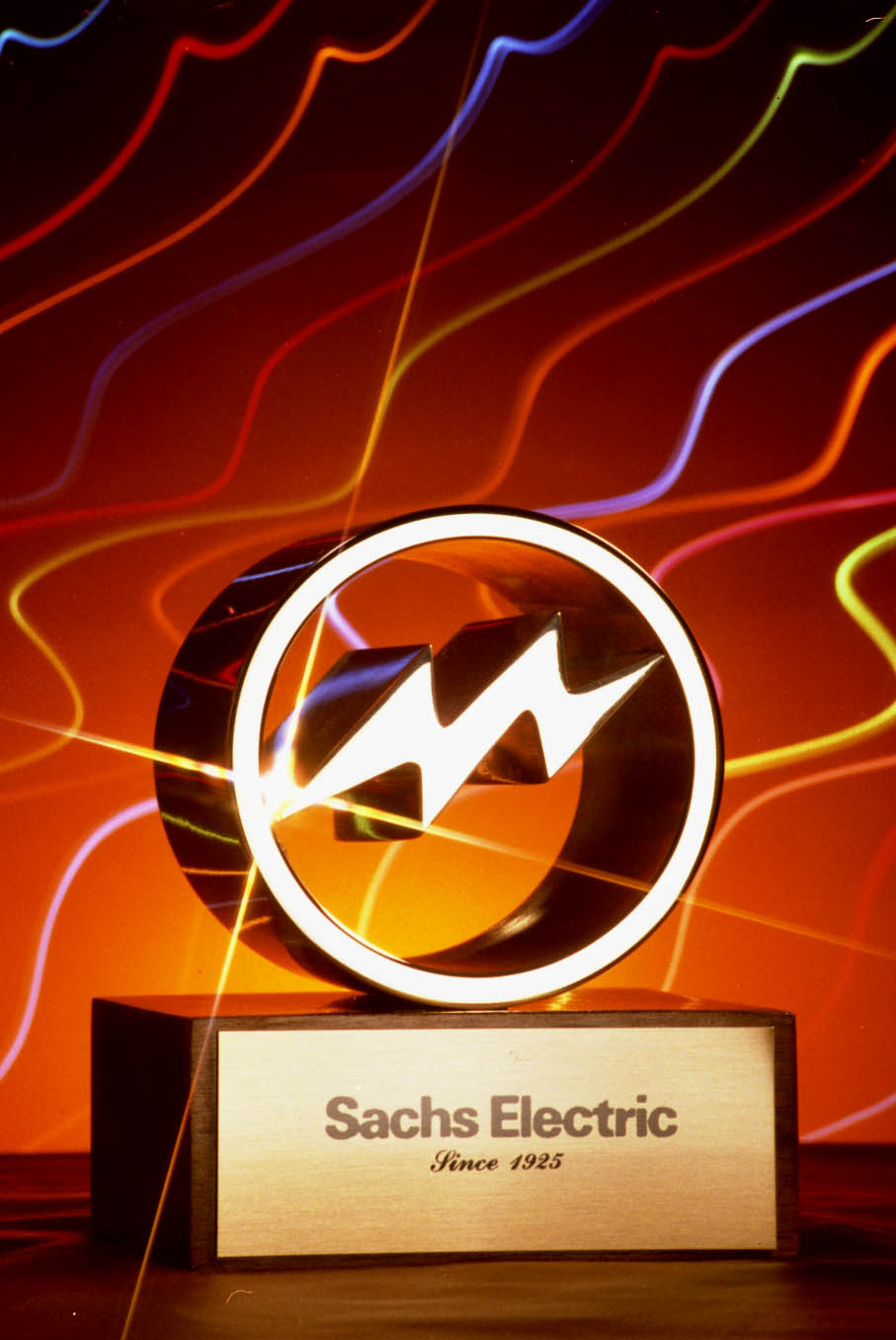

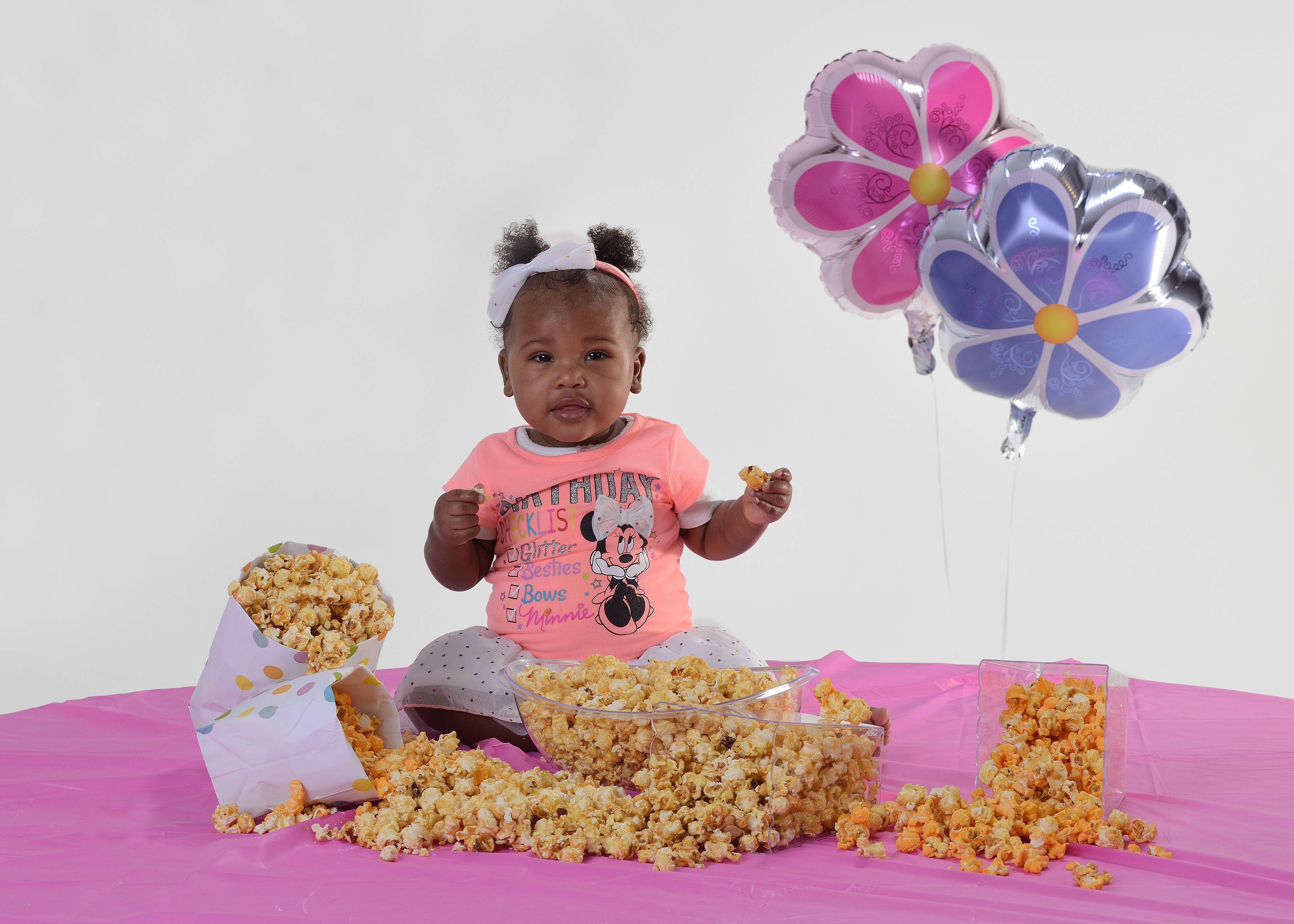



4) Separate Product From Background (Distance = Clean)
- Pull the product 2–4 feet off the backdrop.
- Put lights on the product, not the background.
- Use a separate background light if you need a pure white knockout (keep it flagged from the product to avoid flare).
5) Tame Reflections on Glossy, Glass, and Metal
- Use big soft sources. A large diffused panel creates clean, rectangular highlights that look intentional.
- Angle of incidence = angle of reflection. Move the light or camera by inches to “place” highlights.
- Black/white cards. Slide them just outside frame to sculpt edges on chrome.
- Polarizer (CPL). Cuts unwanted glare on labels; rotate while viewing through the lens.
- Acrylic risers / fishing line. Float small objects or lift shadows; clone out supports later.
6) Keep Color Honest
- Set a custom white balance for each lighting setup.
- Shoot a color chart on the first frame of each product family for fast, accurate corrections.
- Kill color cast: Watch colored walls, floors, and tabletops—cover with neutral boards or move farther away.
7) Dust, Smudges, and Micro-Wrinkles—Stop Them at the Source
- Microfiber gloves, lens wipes, compressed air, lint rollers.
- Anti-static brush for acrylics and plastics.
- Museum putty to stabilize round items or stand things upright.
- Iron or steam fabric backdrops before set; aim a diffused light across the surface to reveal wrinkles.
8) Quick Background Recipes (Copy/Paste)
A) Marketplace-White Hero (most SKUs)
- Background: white seamless sweep.
- Lights: 1 soft key at 45° + flagged background light to hit paper only.
- Settings: f/8–f/11, base ISO, tethered.
- Target: subject correctly exposed; background +1 to +1.5 stops.
B) Reflective Metal on Mid-Gray
- Background: 20–30% gray.
- Lights: large soft key + black flags near edges to sculpt.
- Add a slim edge light from behind for a clean rim.
- Polarizer optional.
C) Glass Bottle / Shiny Plastic
- Background: white or pastel.
- Lights: two vertical stripboxes left/right creating tall highlights.
- Black flags just out of frame for edge definition.
- Small top card to brighten label.
D) Soft Lifestyle With Texture
- Background: linen or faux-concrete board, placed several feet back.
- Key: big softbox; kicker with grid for gentle separation.
- Shoot around f/4–f/5.6 to blur texture.

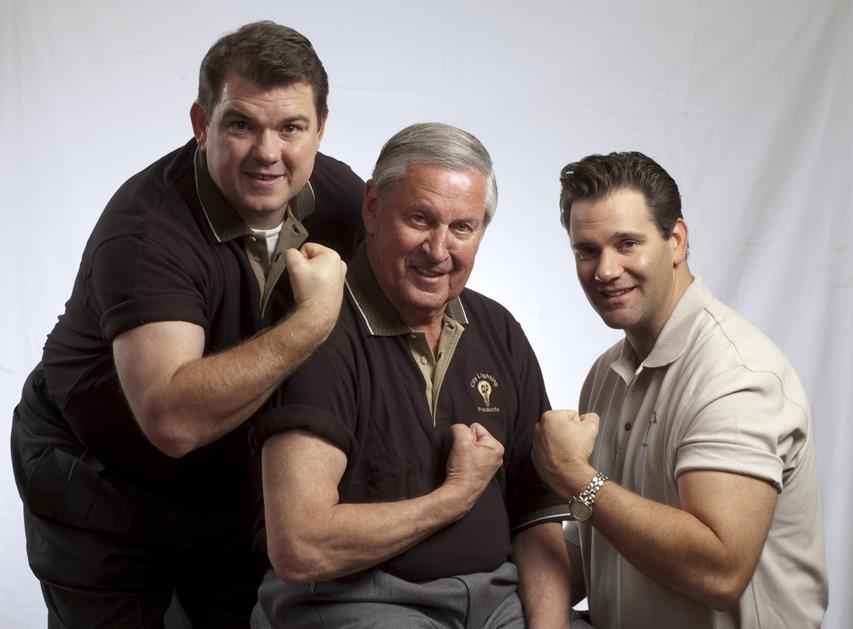
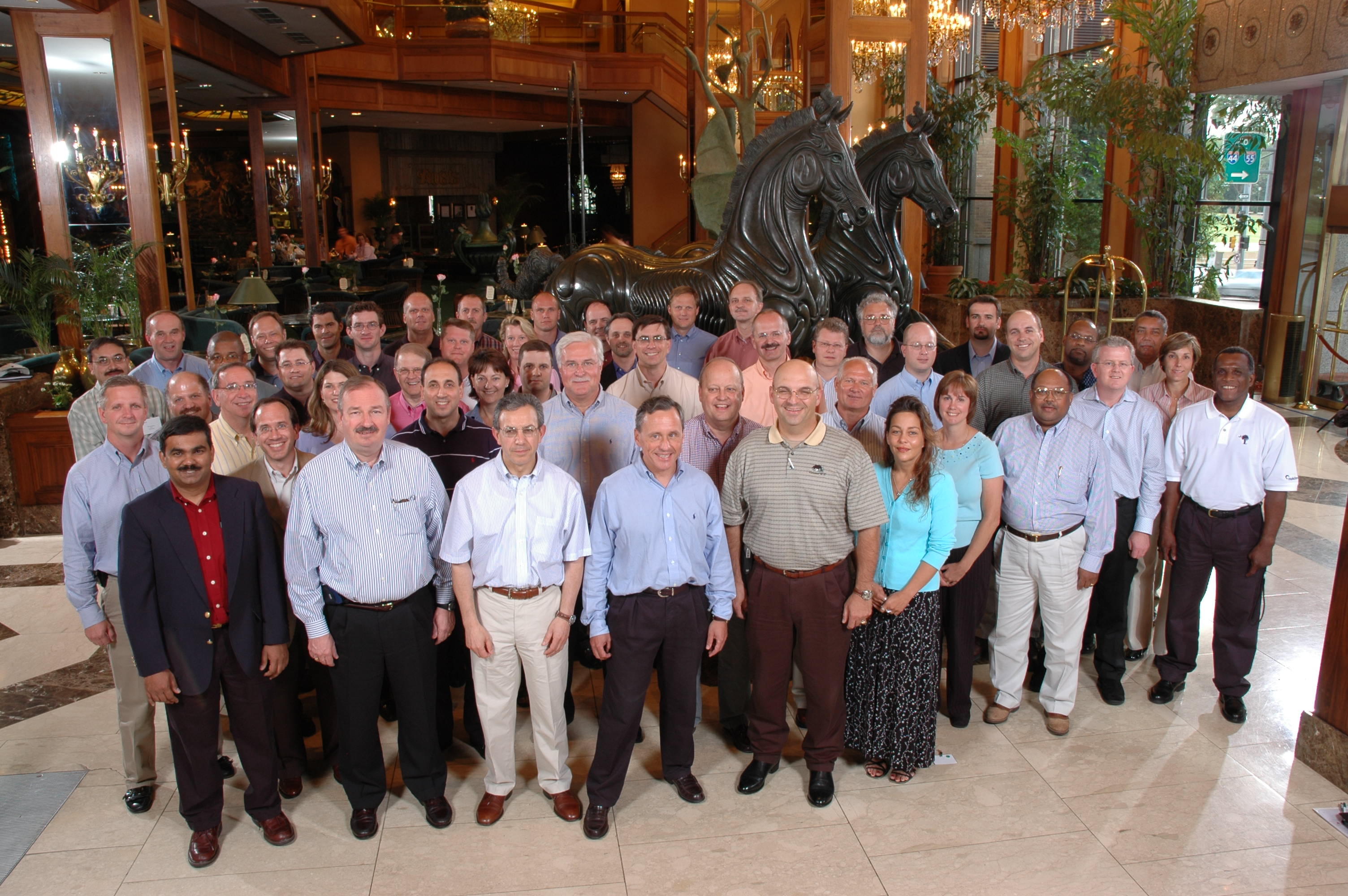



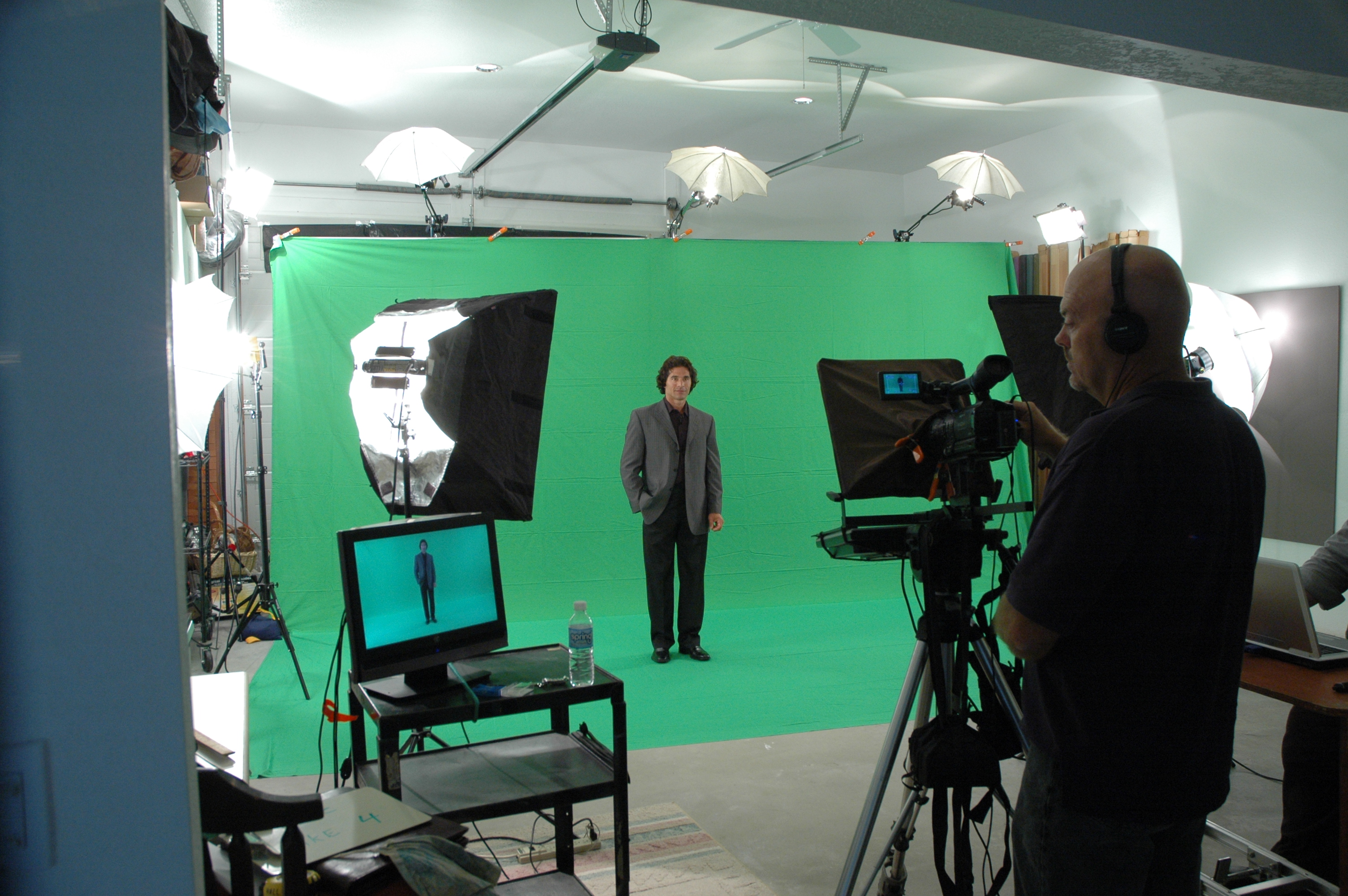
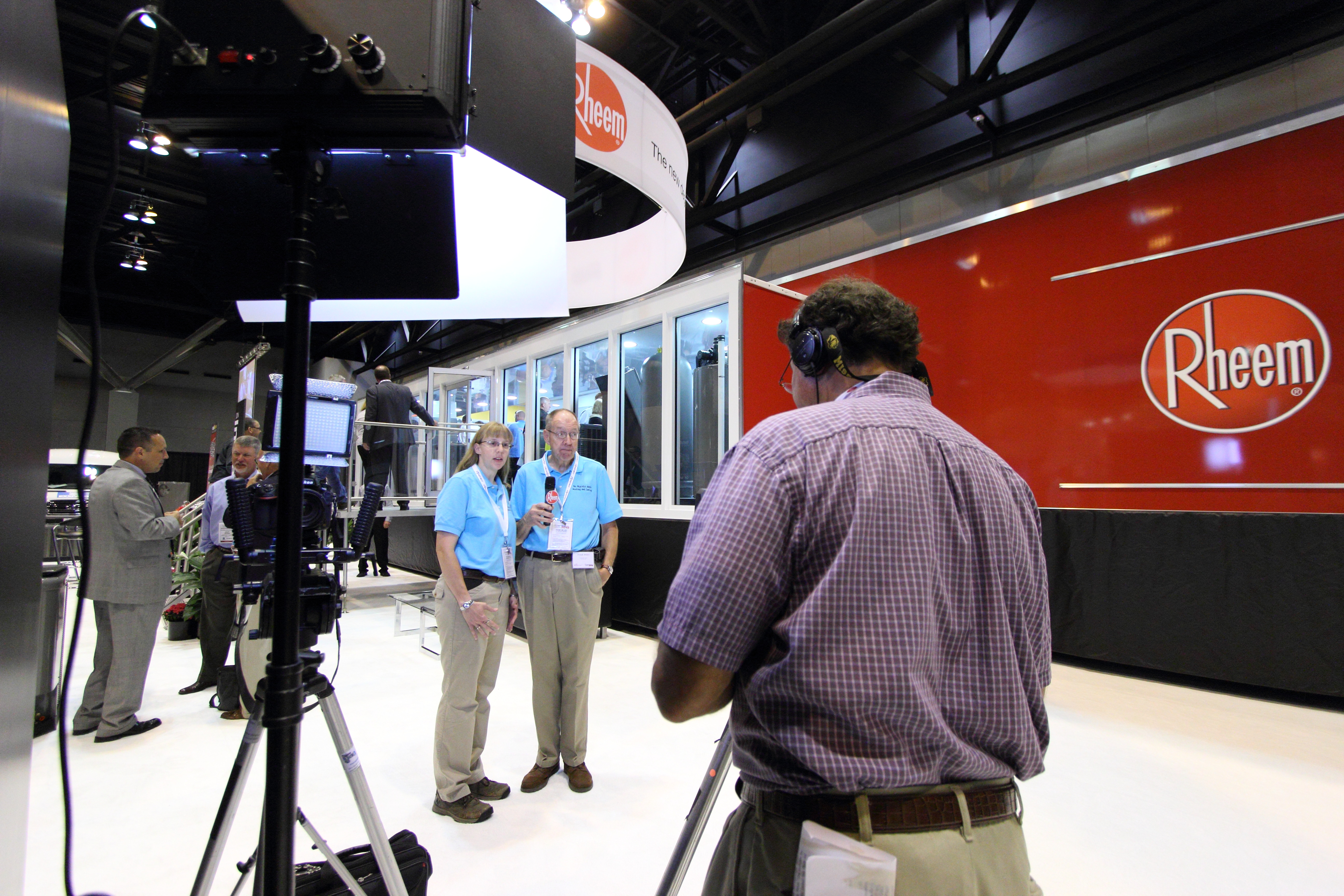
9) Camera & Lens Choices (No Fuss)
- 50–100mm equivalent for minimal distortion on small/medium products.
- Tripod + tether for consistency and quick checks.
- Aperture: f/8–f/11 for catalog sharpness; focus stack tiny items (jewelry, macro).
- Shutter: With flash, use sync speed; with LED, keep shutter fast enough to prevent handshake.
- RAW always for flexible color and clipping recovery.
10) Smartphone-Friendly Setup
- Use a clip-on polarizer if possible.
- Put the phone on a stable stand, use the self-timer to avoid shake.
- Turn off “Live/Smart HDR” if it creates halos; lock exposure and focus.
- Light matters more than the sensor: one soft key + white bounce beats three unshaped lights.
11) Background Consistency = Brand Consistency
Build a style guide so every future shoot matches:
- Background tone (RGB/CMYK target or Lab* value).
- Light positions and distances (mark the floor).
- Camera height, focal length, and framing (diagram + test frame).
- File naming, color profiles (sRGB for web, Adobe RGB for print), export sizes.
- Retouching rules (dust removal, edge cleanup, color tolerance per SKU).

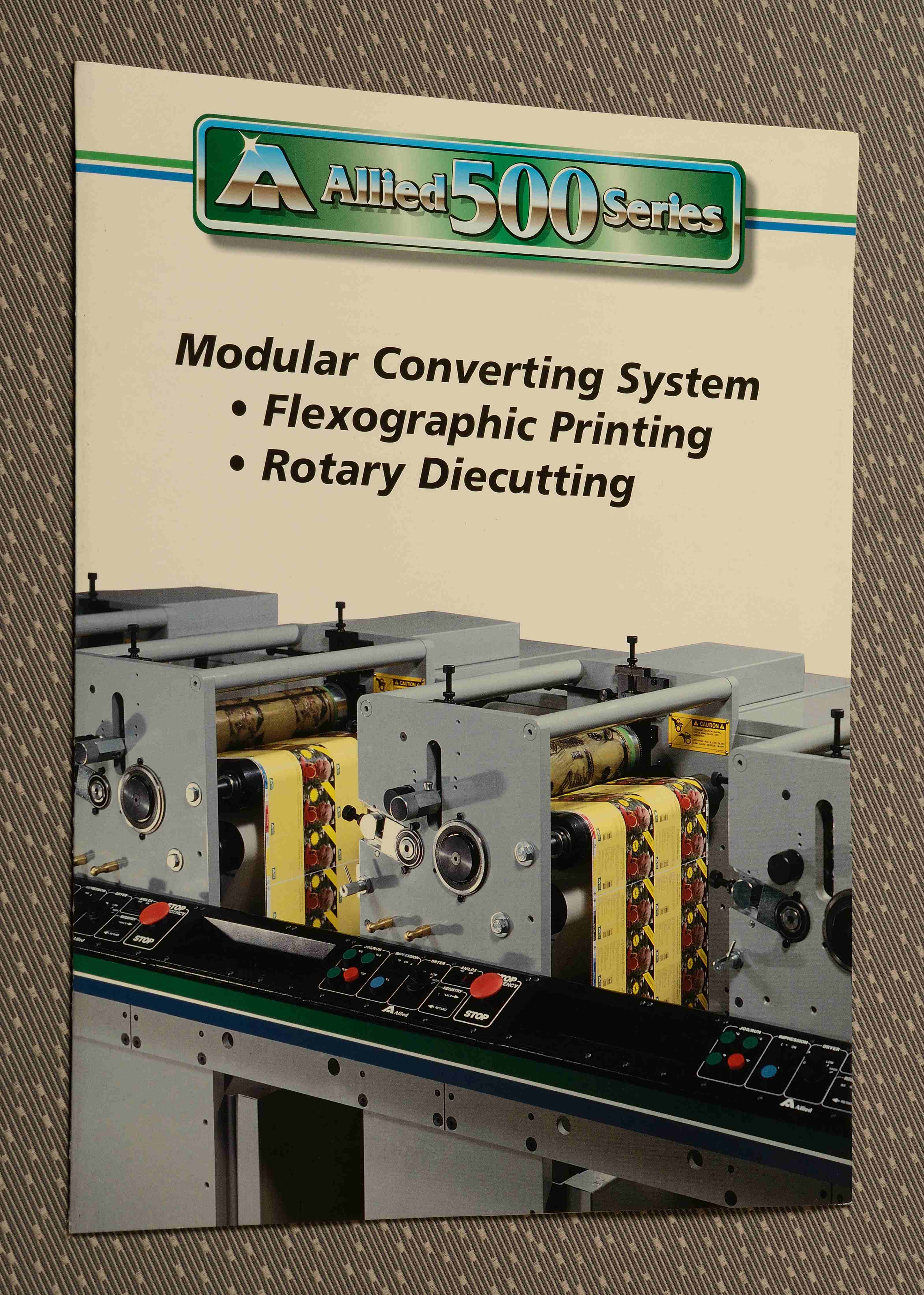


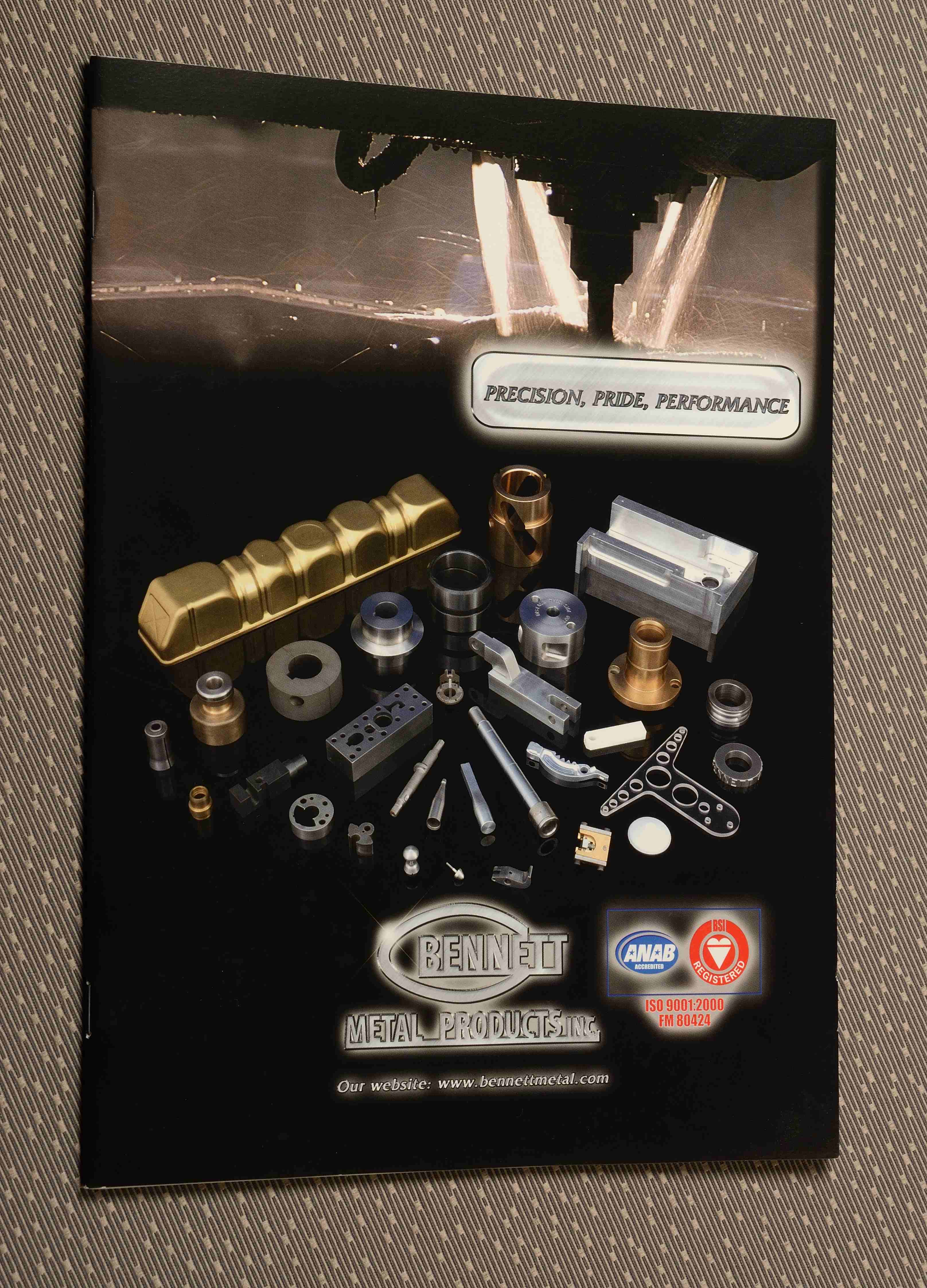
12) Fast Post Workflow for Clean Backgrounds
- Batch white balance from your color chart.
- Use HSL to neutralize background casts without killing product color.
- Mask edges with subject selection tools; refine hairlines/threads with a small brush.
- For pure white: push background up while keeping a soft 1–3 px edge to avoid cutout halos.
- Export presets for web (e.g., 2000 px longest edge, sRGB, 85% quality) and print.
13) Common Mistakes (and Fixes)
- Hot background bleeds onto subject → Lower background light, add flags, increase subject-to-background distance.
- Color cast on white products → Kill spill; use neutral cards; correct with targeted HSL.
- Jagged edges on cutouts → Shoot sharper (f/8–f/11), use higher-res export, feather masks slightly.
- Wrinkled paper line visible → Wider sweep; move camera higher; re-roll the seamless to a clean section.
14) Minimal Gear List That Punches Above Its Weight
- Seamless white and mid-gray paper (53″ or 86″) + clamps.
- One large softbox (or umbrella + diffusion) and one stripbox (or DIY panel).
- Two C-stands (or light stands), A-clamps, black/white foamcore (flags and bounces).
- Polarizer filter, acrylic risers, museum putty, microfiber/air blower kit.
- Tether cable and a cheap rolling cart for a repeatable workstation.
Final Word
Clean product backgrounds aren’t about expensive gear—they’re about control: control of light spill, distance, color, and reflections. Master those four, and your images will look premium and consistent across every channel.
Why Partner With St Louis Photography Studio
St Louis Photography Studio is a full-service commercial photography and video production company with the right equipment and seasoned crew to ensure successful image acquisition. We provide studio and location photo/video, editing and post-production, and licensed drone pilots—and yes, we can fly our specialized drones indoors for dynamic reveals and facility walk-throughs. We customize productions for diverse media requirements, and we’re experts at repurposing your photography and video branding to gain more traction across web, print, and social. We’re fluent in all file types, media styles, and the software your team uses, and we leverage the latest Artificial Intelligence to accelerate culling, retouching, content versioning, and QA without sacrificing craft.
Our private studio lighting and visual setup is ideal for small productions and interview scenes, with room for props to round out your set. Since 1982, we’ve supported businesses, marketing firms, and creative agencies across the St. Louis area—handling everything from private, custom interview studios to professional sound and camera operators, plus the right equipment—so your next production is seamless, on-brand, and successful.
The Headshot Advantage: Why a Professional Studio Delivers Control, Consistency, and Confidence
Your headshot is a business asset. It lives on proposals, websites, social profiles, conference programs, and press releases—often becoming the first (and longest-lasting) visual impression of your brand. While phones and ad-hoc setups can capture an image, a professional studio gives you something far more valuable: full control over every variable that affects quality, plus the expertise to make the right choices quickly and repeatably.
Below is a practical breakdown of what “studio control” really means for marketing leaders and production decision makers—and why it translates into better, more consistent results at scale.
1) Lighting: Sculpting a Face, Not Fighting a Room
Studio lighting is engineered, not improvised.
We start with a key/fill/rim structure tailored to your use case (website hero vs. LinkedIn vs. executive bio page). Modifiers—softboxes, parabolics, grids, flags—shape contrast and control specularity on skin, glasses, and hair. The background is lit independently, so you aren’t stuck with the room’s color cast or an uneven wall.
Why it matters for marketing teams
- Replicable looks across departments, offices, and time—so new hires match the corporate visual language.
- Precision for eyewear using angles of incidence and polarizing filters to avoid reflections while preserving eye clarity.
- Hair and wardrobe separation via rim lighting to prevent subjects from blending into backgrounds.
2) Backgrounds & Color Workflow: Built for Brand Consistency
In a studio, backgrounds aren’t an afterthought. We maintain a library of seamless papers, textured canvases, and color-controlled gradients designed to complement brand palettes and skin tones.
Color management pipeline
- Calibrated capture and monitors ensure the file you approve on set is the file you receive.
- ICC-aware export presets deliver the right color space and bit depth for web, print, or broadcast.
- Brand-matched backgrounds (neutral grays, off-whites, dependable blues) prevent unwanted color shifts in your site templates and marketing layouts.
3) Lens Choice, Camera Placement & Perspective
The wrong focal length can subtly distort facial features. We favor focal lengths in the 85–135mm range for balanced compression, adjusting camera height to align with the subject’s eye line and avoid upward or downward distortion. This combination creates proportional, flattering portraits that “feel” correct to the viewer without obvious manipulation.
4) Tethered Capture: Real-Time Creative Direction
Tethering to a calibrated display lets your team and the talent see results instantly. We can fine-tune hair, clothing, and expression in the moment rather than discovering issues after the shoot. We also tag selects live—saving you hours in approvals and ensuring production momentum.
On-set efficiencies
- Shot-by-shot review with art direction notes.
- Immediate A/B comparisons (e.g., black blazer vs. navy, glasses on/off).
- Live cropping guides for square, 4:5, and banner-friendly aspect ratios.
5) Posing & Expression Coaching: Authenticity Beats Over-Editing
The most common headshot complaint isn’t lighting or resolution—it’s expression. In the studio, we coach micro-adjustments (chin, shoulders, posture) and work in short, repeatable cycles to capture authentic moments. The goal is confident, approachable leadership—not a plastic, over-retouched likeness.
Process we use
- Short warm-ups to neutralize camera awareness.
- Guided prompts that elicit natural micro-expressions.
- “Confidence anchors” (breathing, stance) to reduce facial tension.
6) Retouching Philosophy: Clean, Honest, On-Brand
Retouching is where headshots are often over-processed. Our policy favors non-destructive edits that honor skin texture and real-world appearance, while addressing temporary distractions (flyaways, minor blemishes, lint). We create a Master Look—contrast, color, and skin balance—then apply it uniformly across your set to maintain brand cohesion.
Deliverables you can expect
- Mastered high-resolution files (print-ready).
- Web-optimized exports (fast load, crisp display).
- Background-knockouts when you need transparent PNGs for layouts or motion graphics.
7) Accessibility & Inclusion: Prepared for Every Face
Professional studios plan for diversity in skin tones, hair textures, and cultural considerations. That means:
- Lighting ratios adjusted to preserve detail across the tonal spectrum.
- Makeup and grooming guidance that reads well on camera without creating shine or color shifts.
- Inclusive posing direction that respects personal and cultural comfort zones.
8) Scale Without Drift: Enterprise Rollouts
Rolling out headshots for a distributed team? A studio workflow establishes repeatable specs (lens, lights, height, distance, background, color pipeline) that can be reproduced months later. For multi-location enterprises, we document the lighting diagram and camera settings so your visual identity doesn’t drift as teams grow.
9) File Hygiene & Metadata: Ready for Every Platform
We don’t just hand you JPEGs. We embed IPTC and descriptive metadata, maintain sane naming conventions, and deliver variants tuned for your CMS, CRM, intranet, and social platforms. This protects searchability, simplifies DAM ingestion, and reduces rework.
Typical package
- Master TIFF (16-bit) + retouched RGB JPEG (full-res)
- Web JPEG (sRGB, compressed) + square/vertical crops
- Transparent PNG (if requested)
- Consistent filenames reflecting Person_Department_Date_Version
10) AI in the Workflow—With Guardrails
We leverage AI-assisted tools for efficiency—intelligent masking, background cleanup, skin-tone harmonization, and batch consistency—while safeguarding authenticity. When requested, we can attach Content Credentials (C2PA) style provenance and keep an audit trail of adjustments, so your leadership portraits remain trustworthy in brand and legal contexts.
11) Logistics That Respect Schedules
For busy executives, time on set is the scarcest resource. Studio control shortens session time by removing ambiguity: lighting is pre-built, marks are measured, and the approval monitor ensures fast decisions. We can schedule micro-sessions (10–15 minutes per person) with staggered call times to minimize downtime while maintaining quality.
12) When Location Beats Studio
Sometimes the right move is to bring the look to you—for example, creating environmental portraits in your HQ lobby or R&D lab. We build portable lighting kits that replicate the studio baseline on location, then add a subtle environmental layer to anchor people in your brand’s world. You get the best of both: control and context.
A Simple Decision Framework for Headshots
- Need maximum consistency across many people? → Studio.
- Need a subtle brand backdrop or environmental story? → On-location with studio-grade lighting.
- Tight executive schedules? → Studio with tethering and pre-built setups.
- High-volume onboarding? → Studio spec + documented lighting diagram for repeatability.
- Multiple output channels (web, print, PR)? → Studio color management + multi-format deliverables.
Final Take
A professional studio isn’t just nicer lights. It’s a system—lighting, lenses, color, tethering, direction, retouching, metadata, and delivery—designed to give you consistent, on-brand headshots that scale with your organization. When your headshots carry sales, recruiting, PR, and executive visibility, control is not a luxury; it’s a requirement.
About St Louis Photography Studio
St Louis Photography Studio is a full-service professional commercial photography and video production company with the right equipment and seasoned crew for successful image acquisition. We offer full-service studio and location video and photography, along with editing, post-production, and licensed drone pilots. We can customize your productions for diverse media requirements, and repurposing your photography and video branding to gain more traction is one of our specialties. We are well-versed in all file types, media styles, and the accompanying software, and we use the latest in Artificial Intelligence across our media services. Our private studio lighting and visual setup is perfect for small productions and interview scenes, and our studio is large enough to incorporate props to round out your set. We support every aspect of your production—from setting up a private, custom interview studio to supplying professional sound and camera operators, as well as providing the right equipment—ensuring your next video production is seamless and successful. We can even fly our specialized drones indoors where appropriate. As a full-service video and photography production corporation since 1982, St Louis Photography Studio has worked with businesses, marketing firms, and creative agencies across the St. Louis area to deliver reliable, brand-safe marketing photography and video.
Top 10 Questions People Ask About Commercial Photography Studios
1. What services do you offer?
We provide full-service commercial photography and video production, including product and food photography, business portraits and headshots, studio and location shoots, event and conference coverage, green-screen production, drone photo and video, and turnkey video crews.
2. Do you rent a fully equipped studio and provide crews?
Yes. We offer a turnkey, fully equipped production studio by the day or longer, complete with top-of-the-line gear and a professional crew. We can deliver raw video or handle the full editing process.
3. What amenities and shooting spaces are in the studio?
Our studio includes a cyc wall, green-screen options, and a fully flexible shooting space designed for products, portraits, and video. We also provide practical amenities like a kitchenette, wardrobe and makeup areas, and comfortable client spaces.
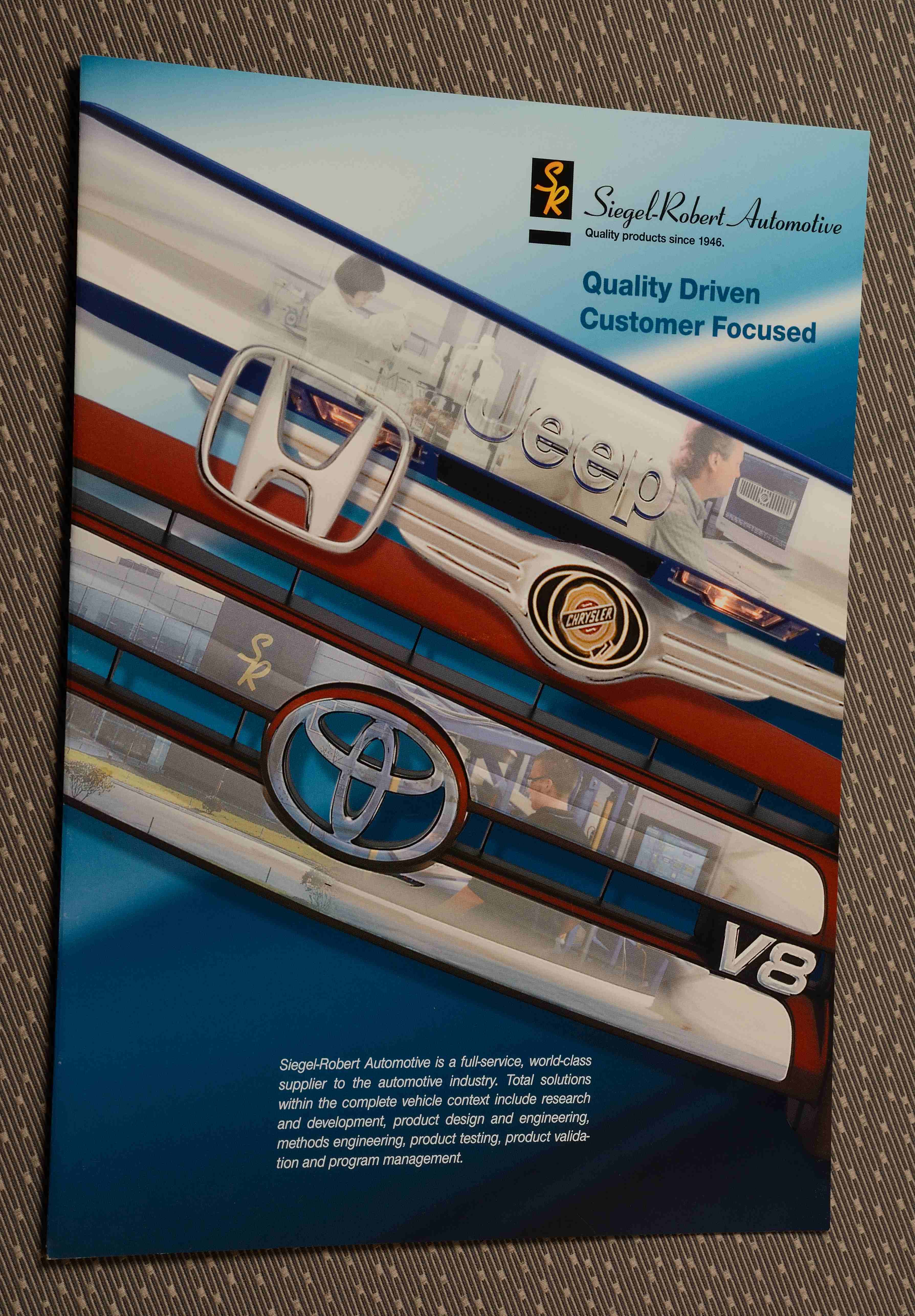
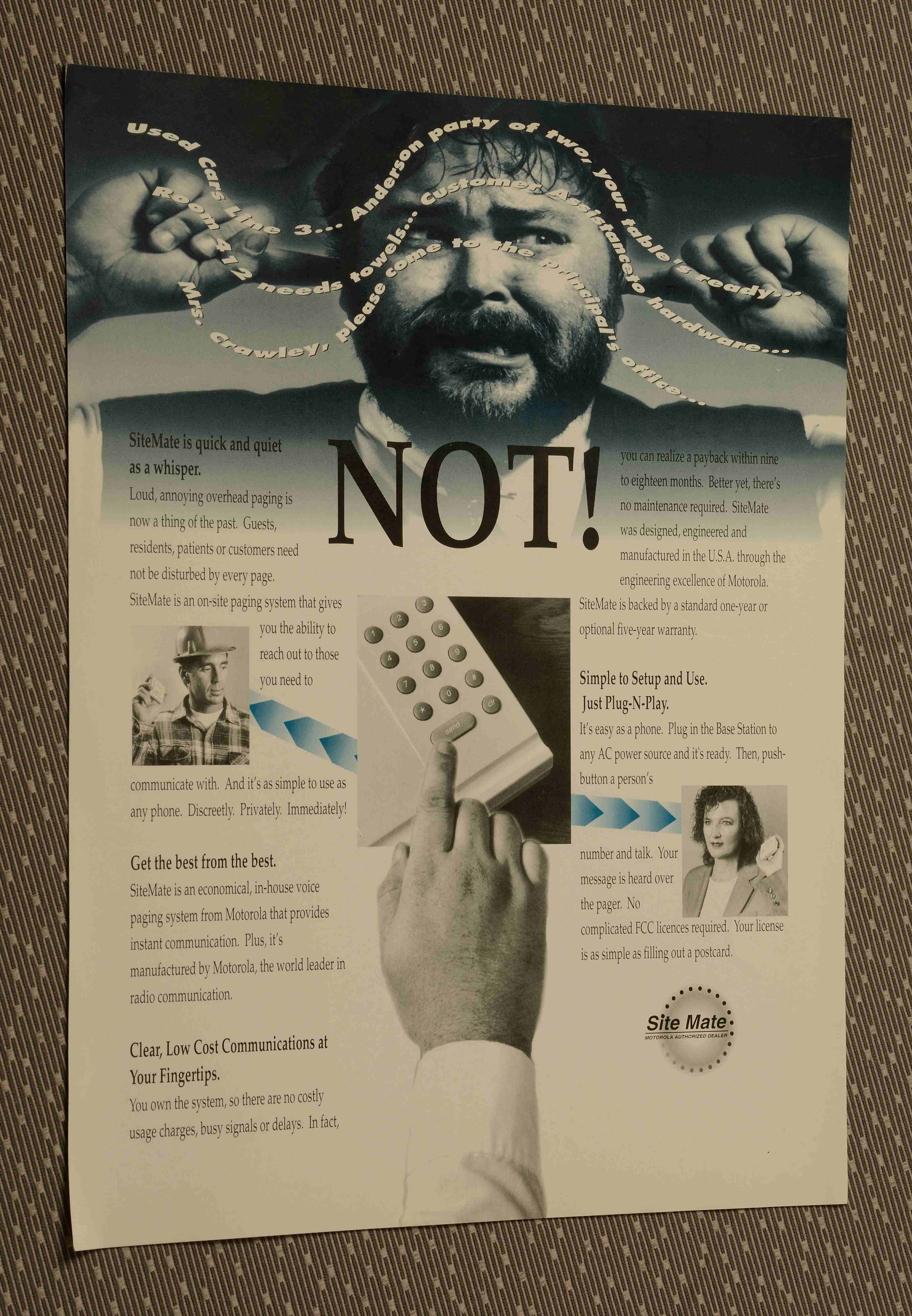
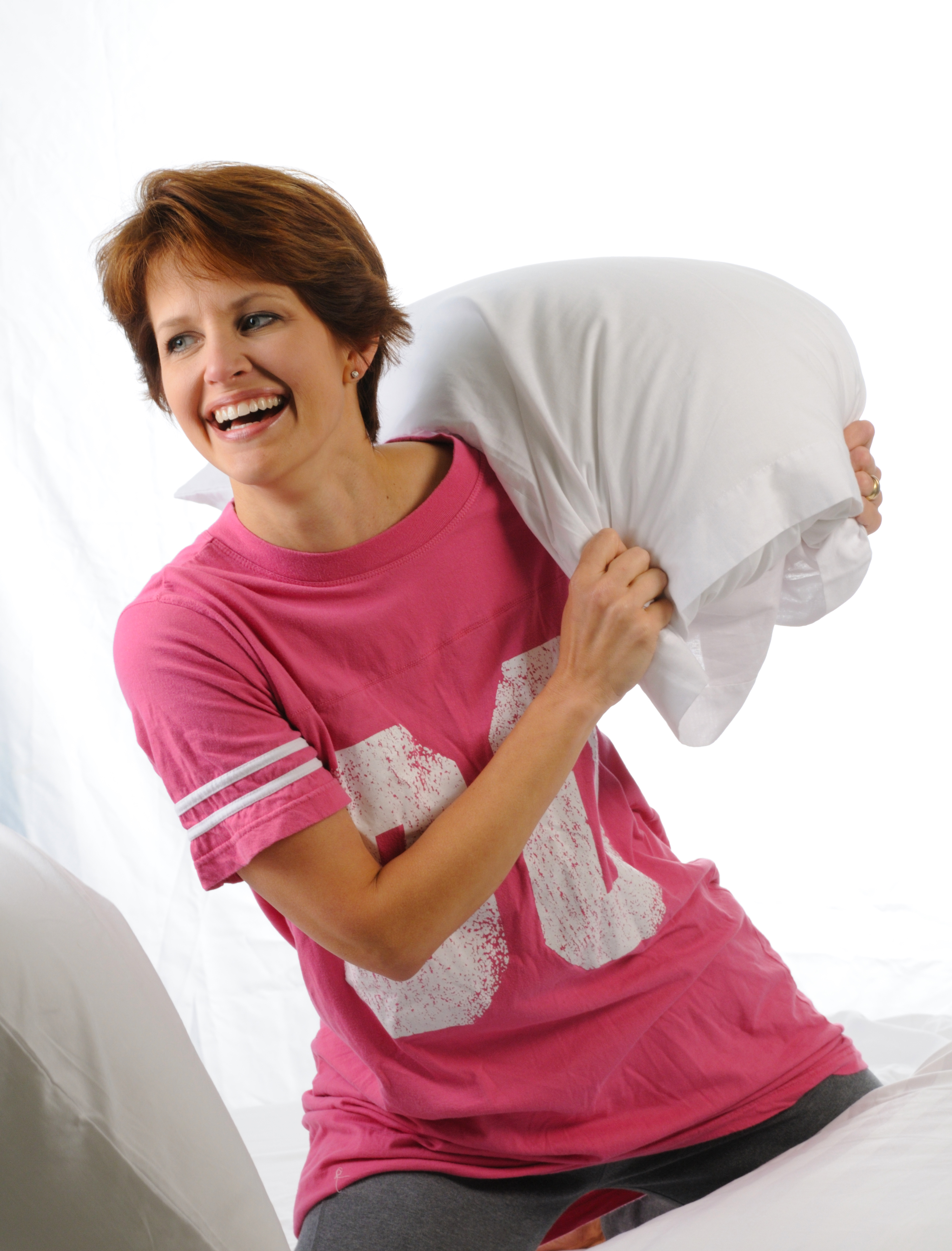
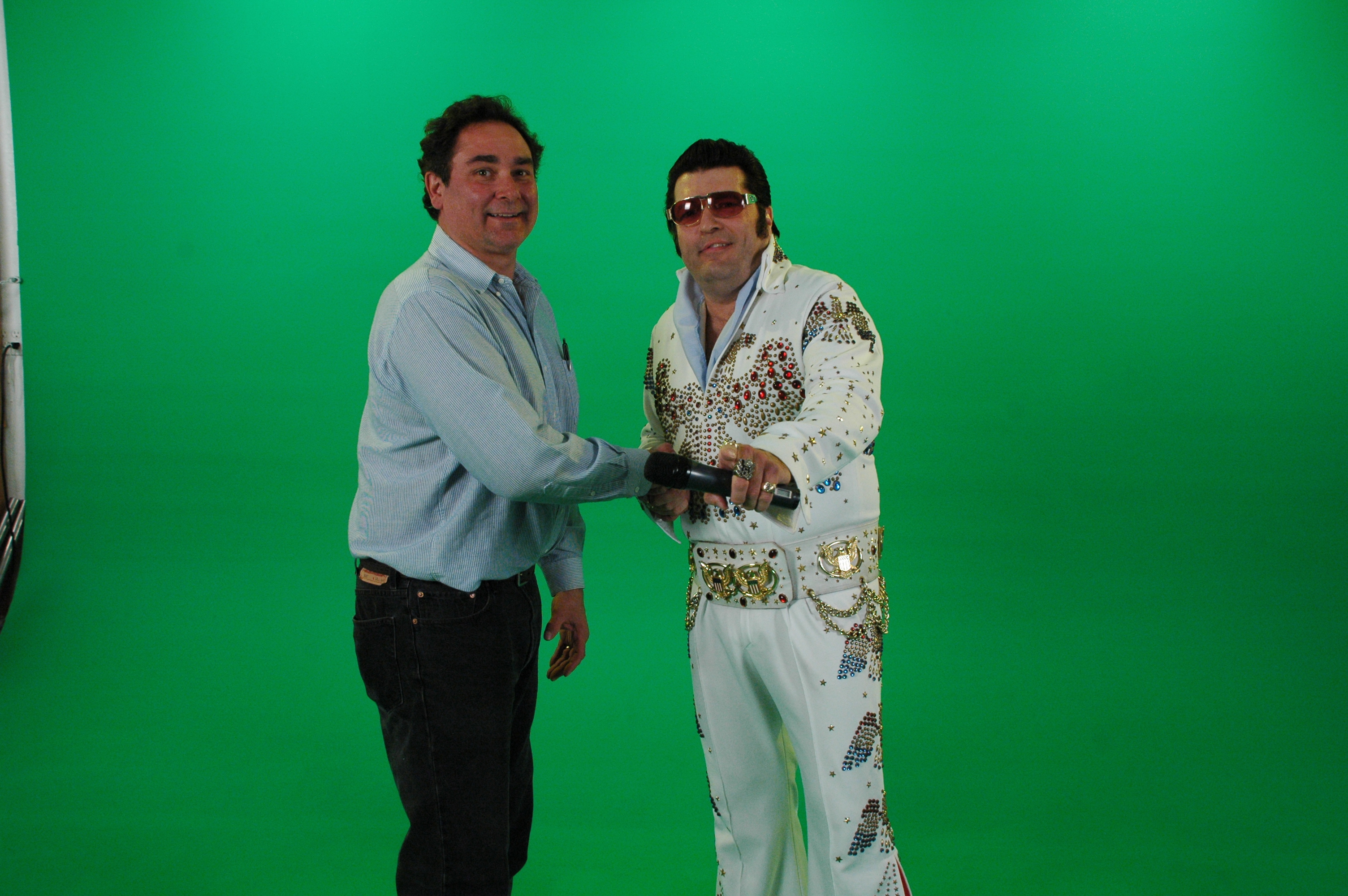
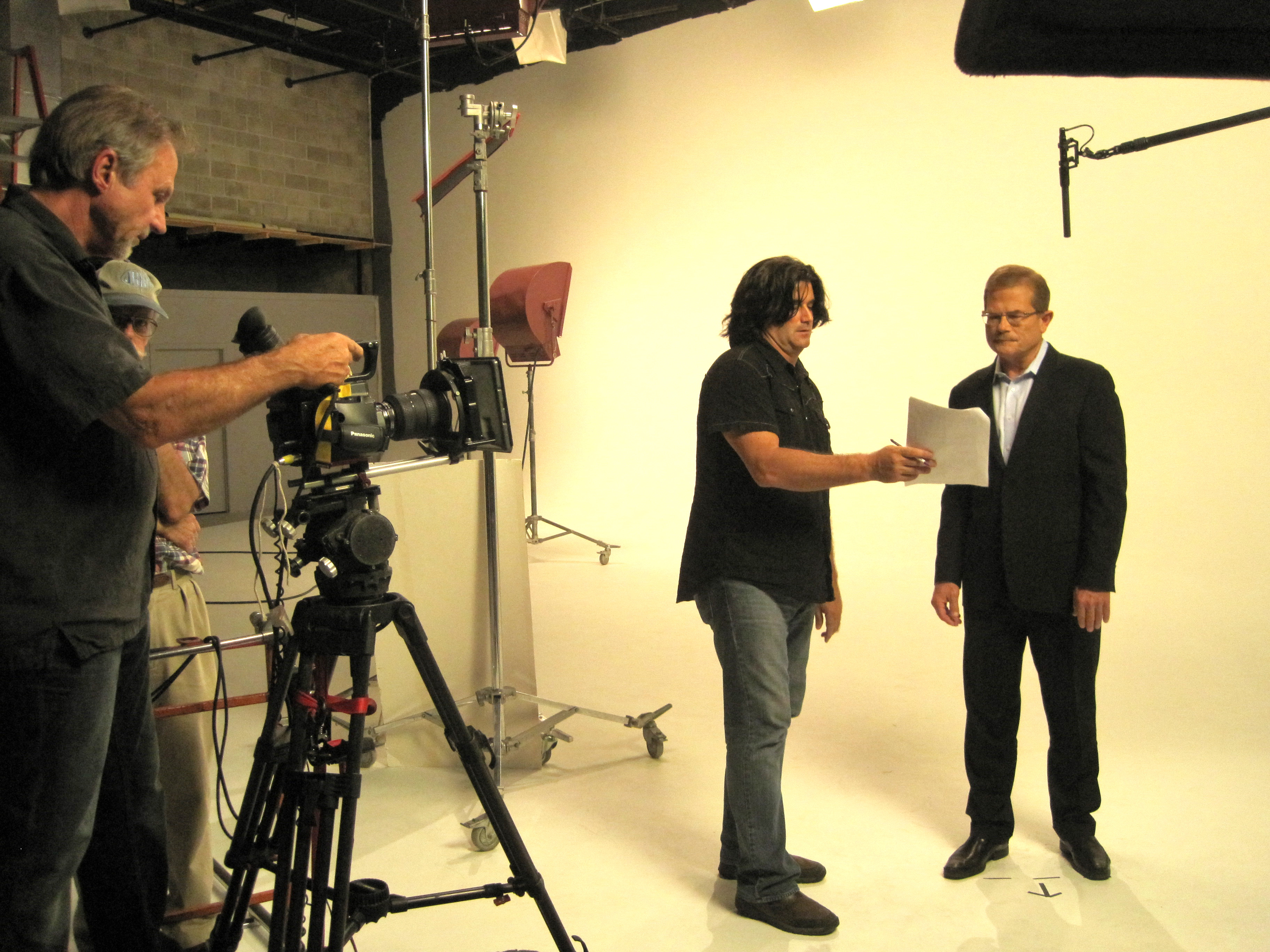

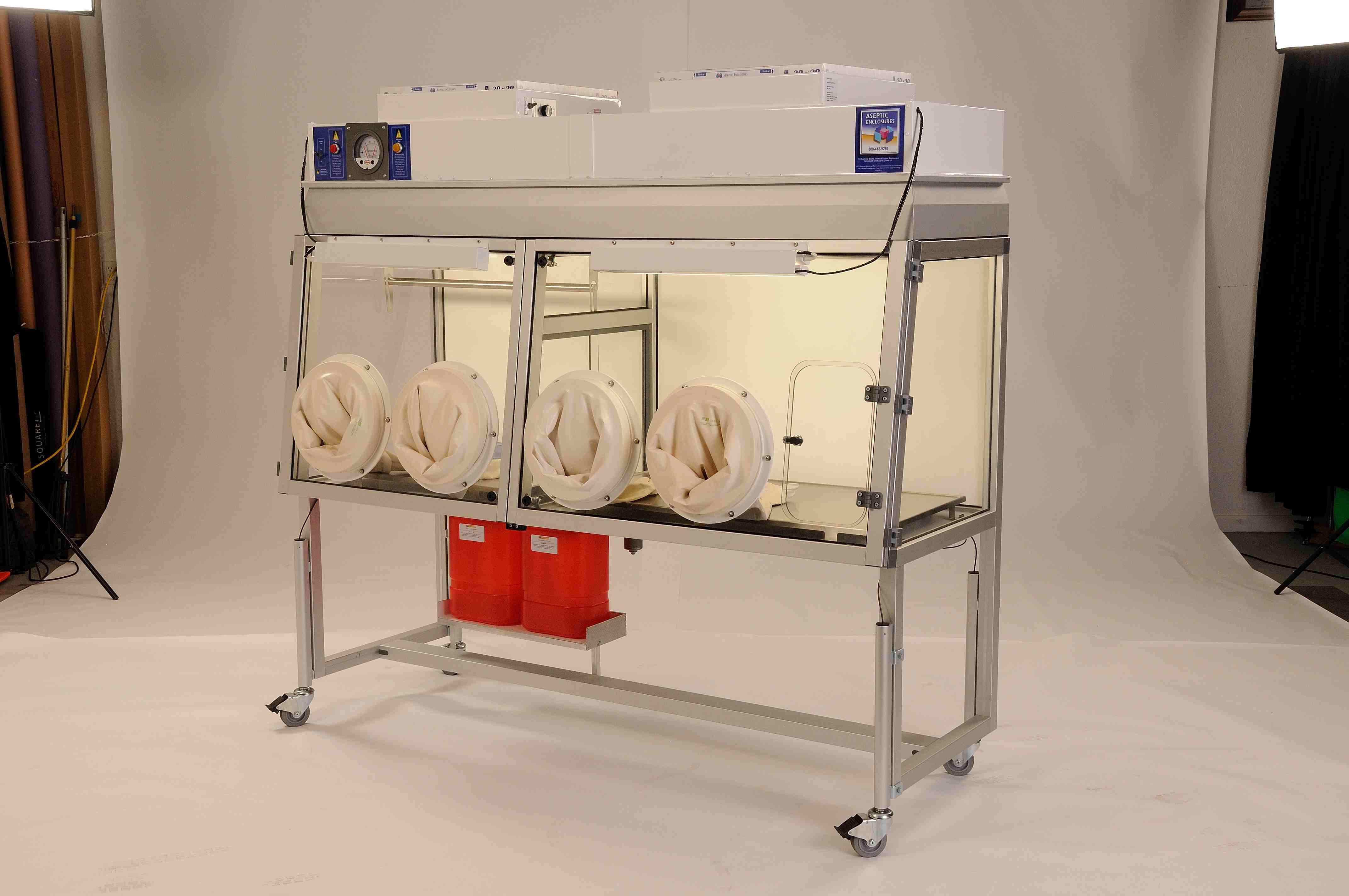


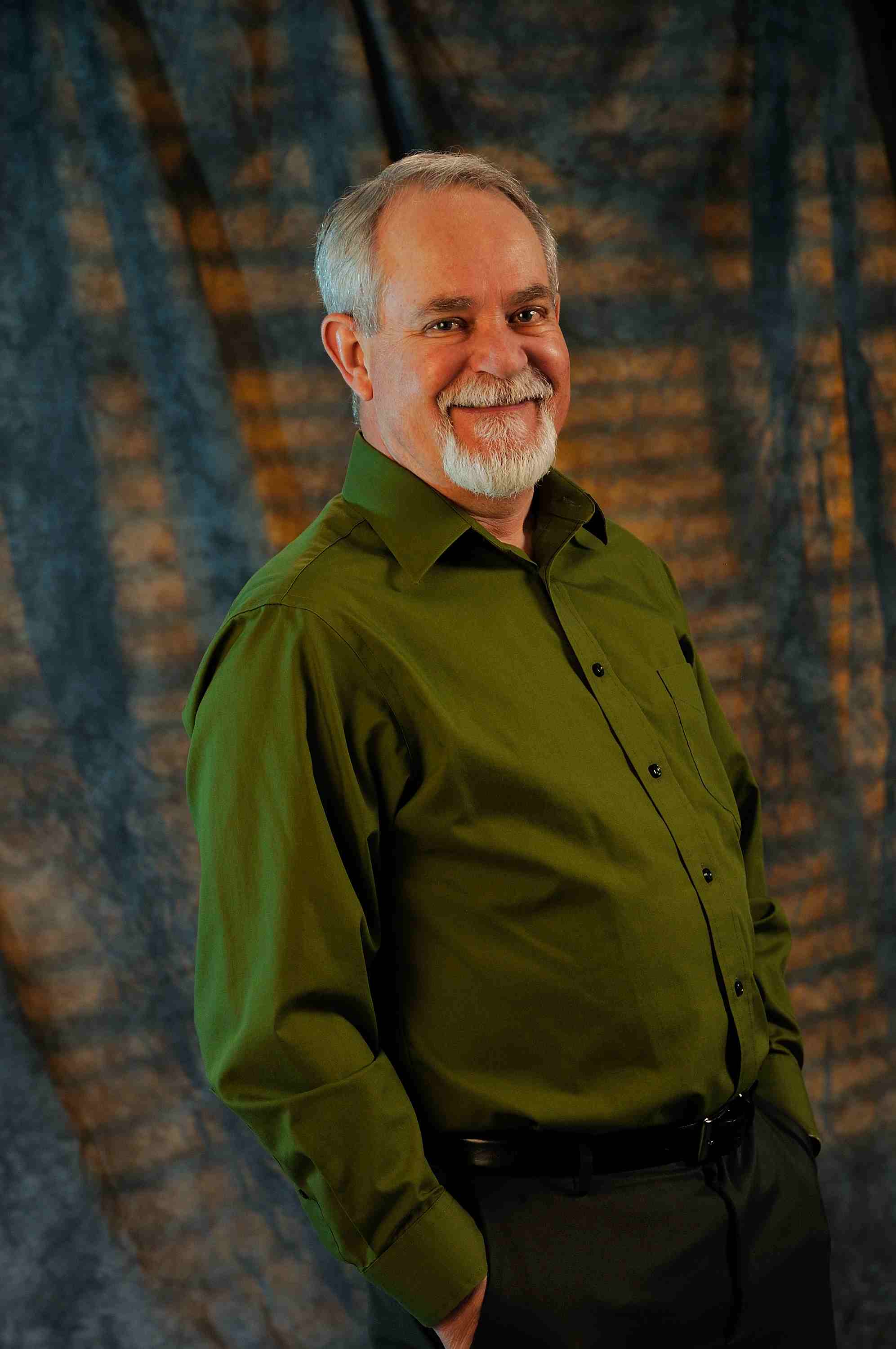
4. Do you also shoot on location?
Yes. We regularly take productions on location to capture high-quality imagery wherever your project requires.
5. Do you handle post-production and retouching, including AI workflows?
Absolutely. We manage editing, retouching, rendering, silhouetting, and more, utilizing the latest AI technologies to ensure quality, consistency, and efficiency.
6. Do you offer headshots and portraits, and can you arrange hair and makeup?
Yes. We specialize in corporate and creative portraits and headshots, and we can arrange professional hair and makeup services upon request.
7. Do you support events and conferences, including multi-camera coverage?
Yes. We cover business events and conferences with options for multi-camera setups, live streaming, webcasting, interviews, and highlight reels.







8. Do you provide drone and aerial services, and are you licensed and insured?
Yes. We offer 4K and high-resolution ground and aerial imagery. We are fully FAA-authorized under Part 107 and 333, operate with licensed pilots, follow two-person flight protocols, and maintain full insurance coverage.
9. What experience level and track record do you have?
We’ve been serving businesses, agencies, and marketing teams in the St. Louis area since 1982, bringing decades of experience to every project.
10. How do we book, and where are you located?
To schedule your session or production, call us at 314-913-5626 or email stlphotographystudio@gmail.com.
Our studio is located at 4501 Mattis Road, St. Louis, MO 63128.
How to Choose the Right Photography Studio: A Strategic Guide for Marketing Decision Makers
When selecting a photography studio for your next marketing or corporate initiative, you’re not just hiring a space or a photographer—you’re choosing a creative partner that can shape the visual identity of your brand. For decision makers in marketing, advertising, and corporate communications, the photography studio you select must offer more than beautiful pictures—it must deliver strategic value, reliability, and media versatility.
Here’s a breakdown of what to consider when choosing the right photography studio for your business:
1. Strategic Alignment with Your Brand Goals
The studio you choose should understand the messaging and tone of your brand and be able to translate that into visual media. A qualified commercial photography studio will offer input beyond just lighting and lens choice—they’ll collaborate on how best to convey your message visually, whether it’s executive headshots, brand lifestyle imagery, or product photography.
Tip: Ask to see work that aligns with your industry or intended style. Case studies that include both pre-production planning and post-production deliverables can be especially insightful.
2. In-Studio and On-Location Versatility
A capable studio should offer both a professionally equipped physical studio and the ability to work on location. You want flexibility for a variety of content types—from interviews and testimonial videos to drone captures of your facility.
At St Louis Photography Studio, for example, our location shoots are as dialed in as our controlled studio sessions. We bring the same lighting and post-production expertise with us, whether we’re shooting in an industrial space, corporate lobby, or outdoor setting.
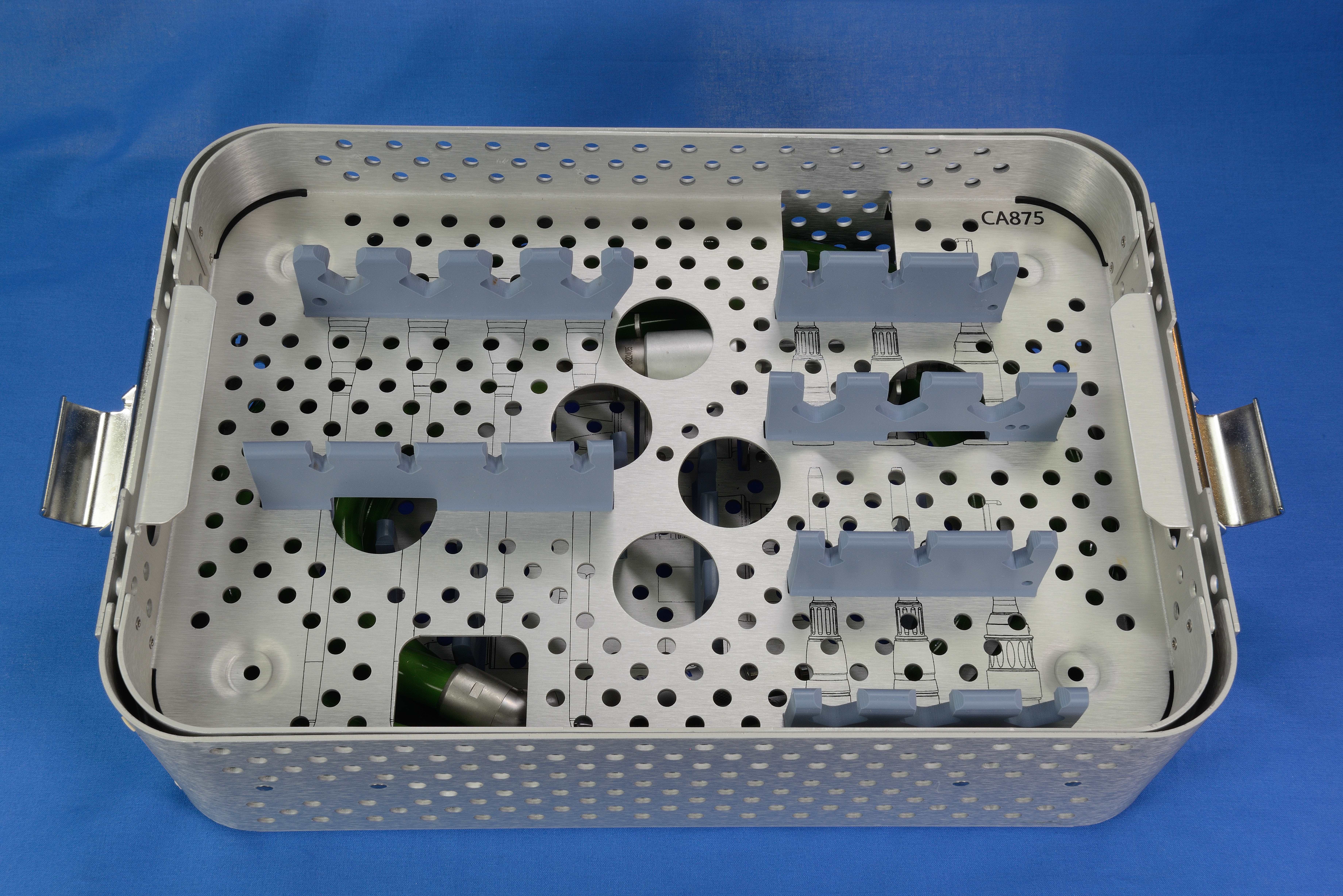

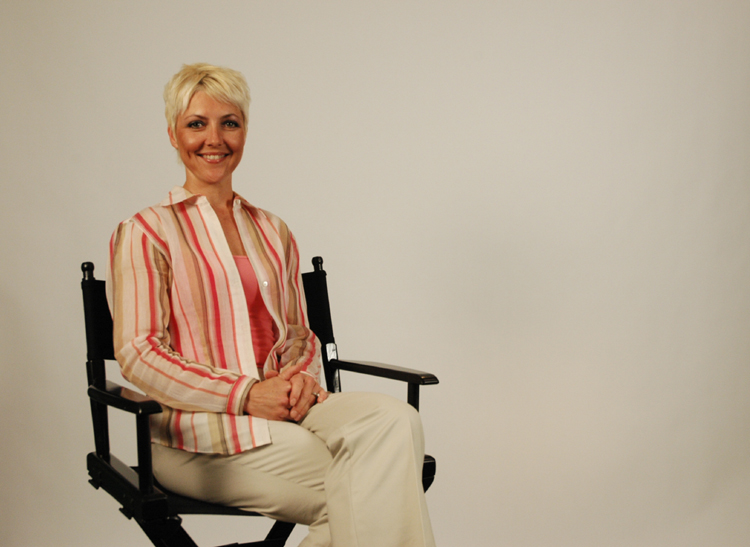


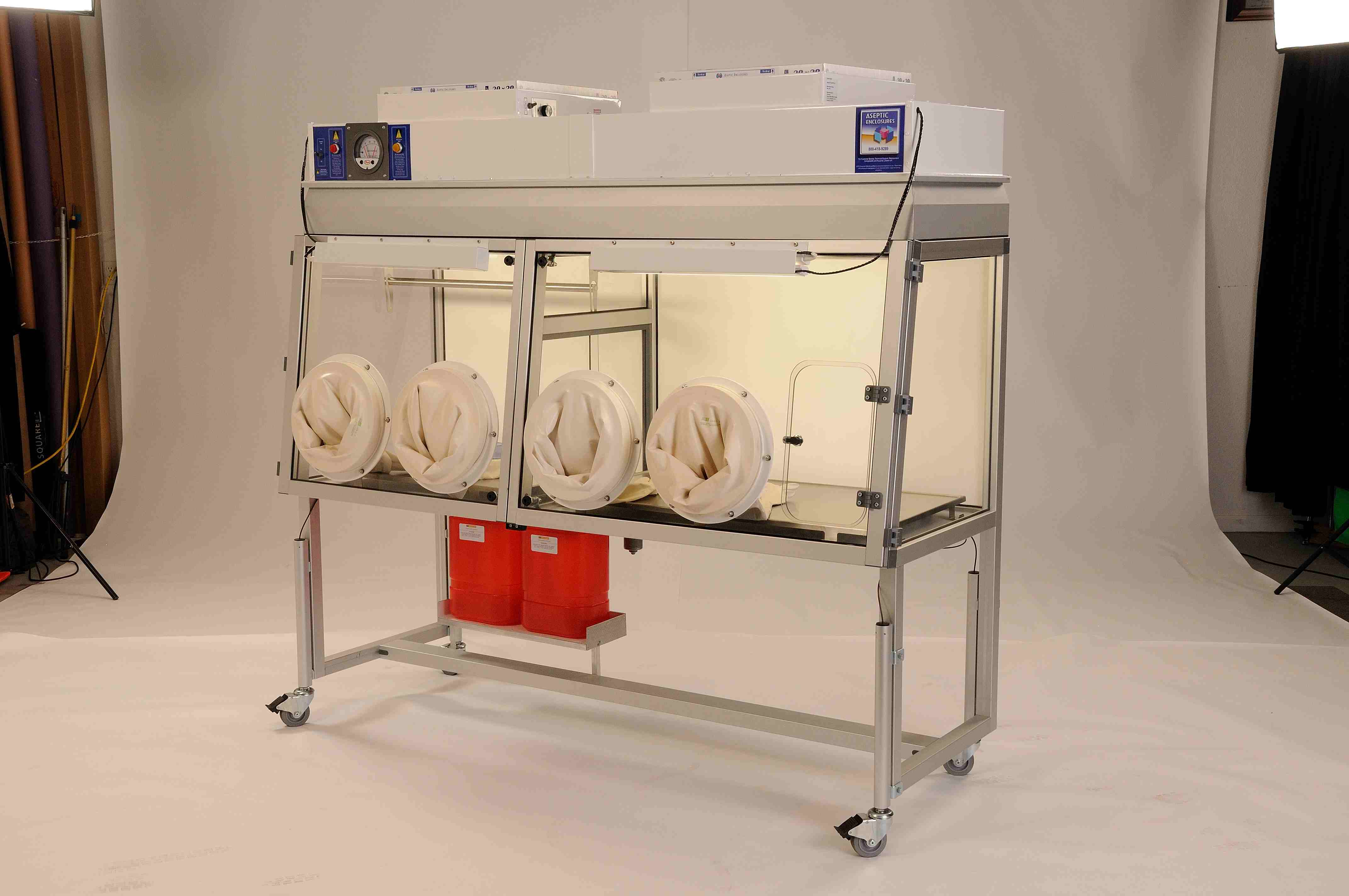



3. Custom Studio Capabilities
Your selected studio should go beyond backdrops and basic lights. Custom-built sets, green screens, modular lighting rigs, and prop integration provide unmatched flexibility and can enhance your production value.
We’ve tailored interview studios with customized backdrops and lighting cues to match branding colors and evoke the appropriate emotional tone for customer stories, CEO spotlights, and recruitment videos.
4. Technical Expertise and Post-Production Workflow
A modern photography studio must be fluent in all relevant file types, codecs, color profiles, and software platforms. Beyond the shoot, it’s the editing, retouching, and delivery that determine whether the final product integrates seamlessly into your marketing mix.
Does the studio offer:
- Professional-grade retouching and color correction?
- Multi-format exports for web, print, and social media?
- AI-enhanced services such as automated tagging, background replacement, or versioning?
St Louis Photography Studio does all of the above and more, using the latest artificial intelligence tools to streamline your media pipeline without sacrificing quality.
5. Multi-Disciplinary Team and Equipment
You’ll want a studio with a deep bench of professionals—videographers, photographers, lighting technicians, licensed drone pilots, and sound engineers. A single-shooter operation may not scale to meet your evolving content needs.
St Louis Photography Studio’s crew is made up of industry veterans who specialize in commercial work. From flying drones indoors for facility tours to capturing large-scale product campaigns with layered lighting setups, we provide end-to-end support with the right tools for the job.
6. Proven Track Record in B2B and Corporate Spaces
Look for a studio that has worked with businesses like yours and understands B2B marketing demands—tight turnarounds, brand compliance, layered approvals, and multi-use media assets.
St Louis Photography Studio has worked with hundreds of businesses, marketing firms, and creative agencies across the St. Louis region since 1982. We understand the pressures and nuances of corporate photography and video production, and we deliver every time.
7. Ability to Repurpose Content Across Channels
Today’s marketing assets must do more. Your photo and video content should be captured with reuse in mind—for websites, social, paid ads, presentations, and more. A well-versed studio will advise on how to maximize your shoot day and output formats.
At St Louis Photography Studio, repurposing your photography and video branding is one of our specialties. We plan your production with downstream use in mind—ensuring your content maintains relevance and reach long after the shoot ends.
Why St Louis Photography Studio Is the Right Choice
At St Louis Photography Studio, we’re more than photographers—we’re your visual content partners. Since 1982, our full-service commercial photography and video production company has worked with marketing decision makers across industries to deliver studio and location photography, full-scale video production, and creative post-production.
We are equipped with private studio lighting, modular visual setups, soundproof interview environments, and even the capability to fly drones indoors for dynamic visual storytelling. Our editing suites are AI-enhanced for speed and accuracy, and our team is fluent in all major file types and platforms.
Whether you’re capturing corporate portraits, creating a promotional video, or producing content for a multi-channel campaign, we tailor each project to meet your specific media and branding needs.
Let St Louis Photography Studio help you elevate your brand imagery and video strategy with the professionalism and creativity you expect—and the results your audience deserves.
Ready to schedule your next session?
Get in touch with St Louis Photography Studio today and discover how our team can help you produce standout content that performs.
314-913-5626
Mike Haller
4501 Mattis Road 63128
St Louis Photographer
St Louis, Missouri, USA | Photography services
stlphotographystudio@gmail.com
How to Take Photos That Make Your Service Business Look Trustworthy: A Visual Guide for Marketing Decision-Makers.
Whether you’re a law firm, cleaning company, HVAC specialist, healthcare provider, or corporate consultant, your brand’s trustworthiness can be significantly enhanced—or diminished—by the quality and style of your visual content.
At St Louis Photography Studio, we specialize in helping businesses present a strong, trustworthy visual identity through expertly crafted photography and video. Below, we break down how strategic image-making builds trust—and how to achieve it.
1. Show Your People, Not Just Your Product
People trust people. Showcasing your actual team—leaders, service techs, front-desk staff—instantly humanizes your brand. Avoid using generic stock photos. Instead, invest in custom portraits and environmental photos that feature your team in real situations: working, helping, smiling, and collaborating.
Pro Tip: Professional headshots should be consistent in lighting and background to maintain a unified brand identity across platforms, from your website to LinkedIn.
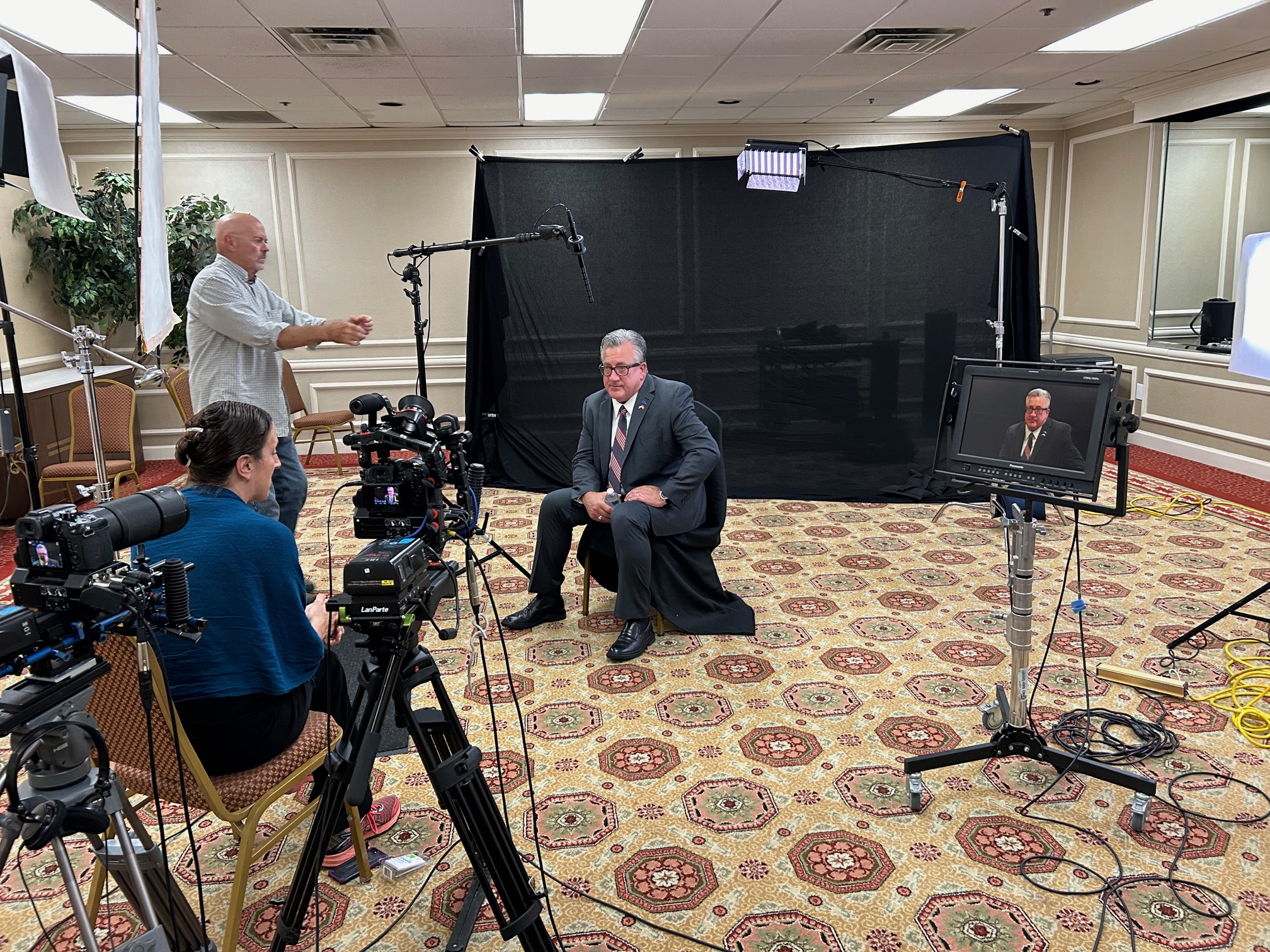
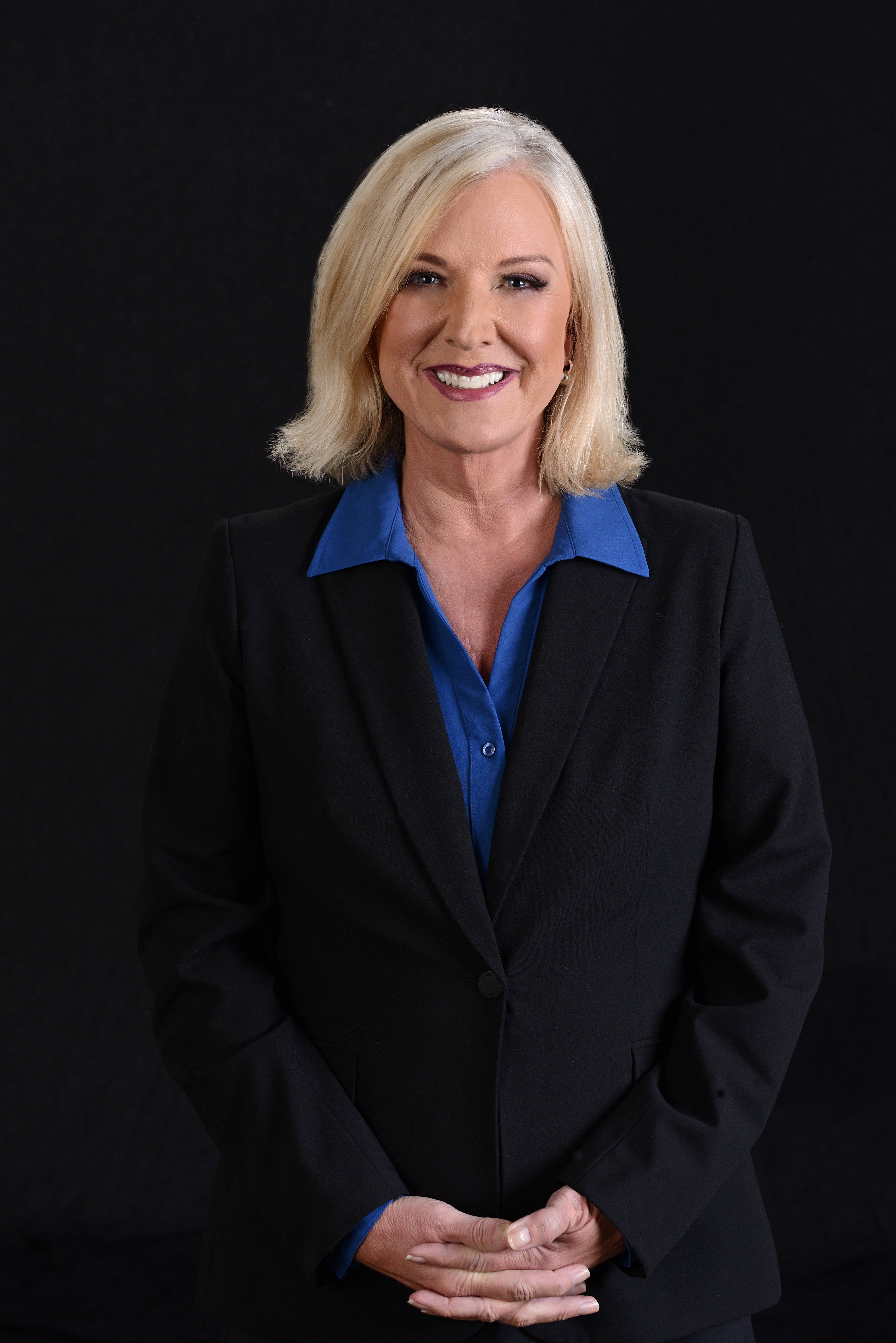






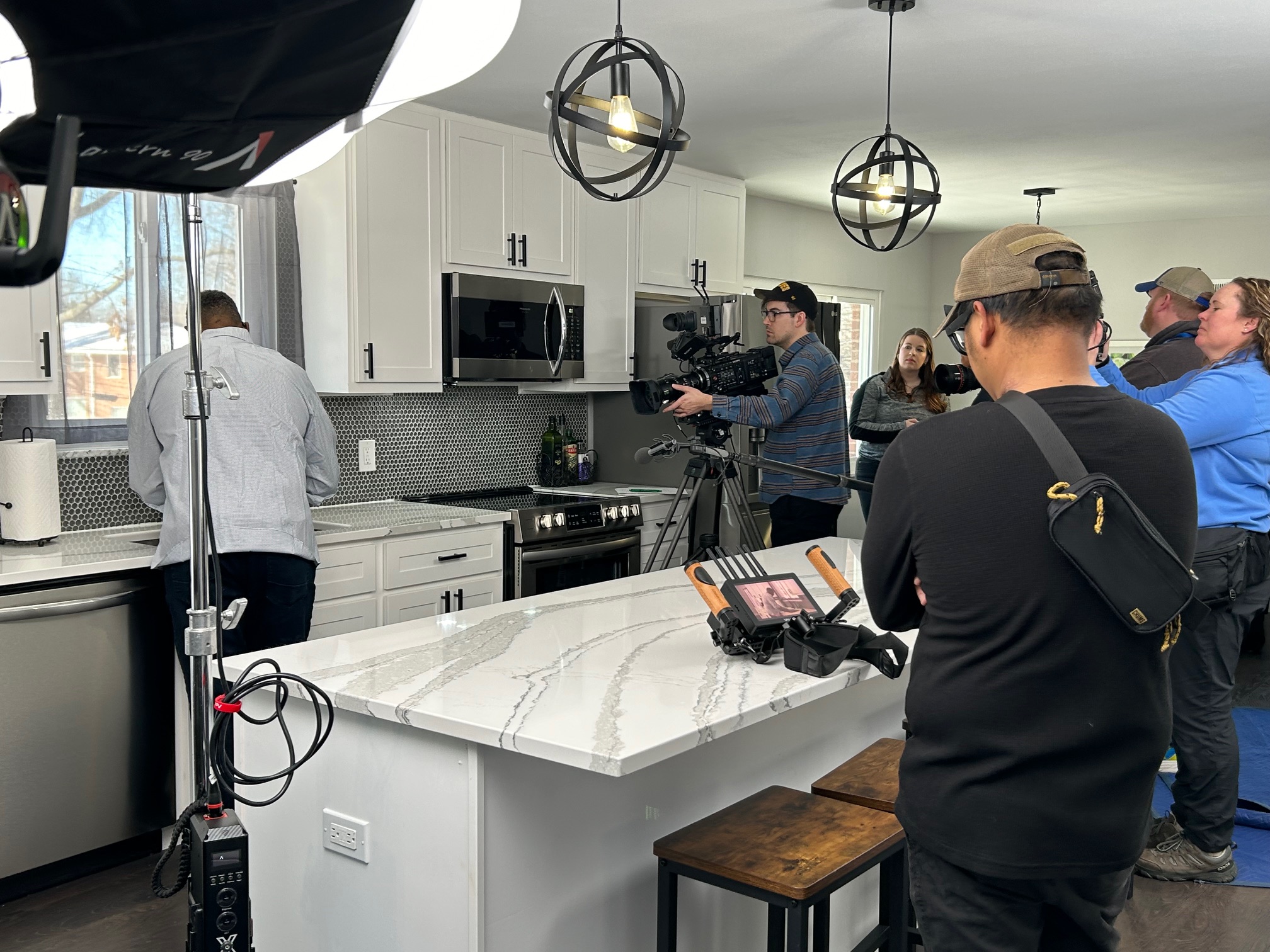
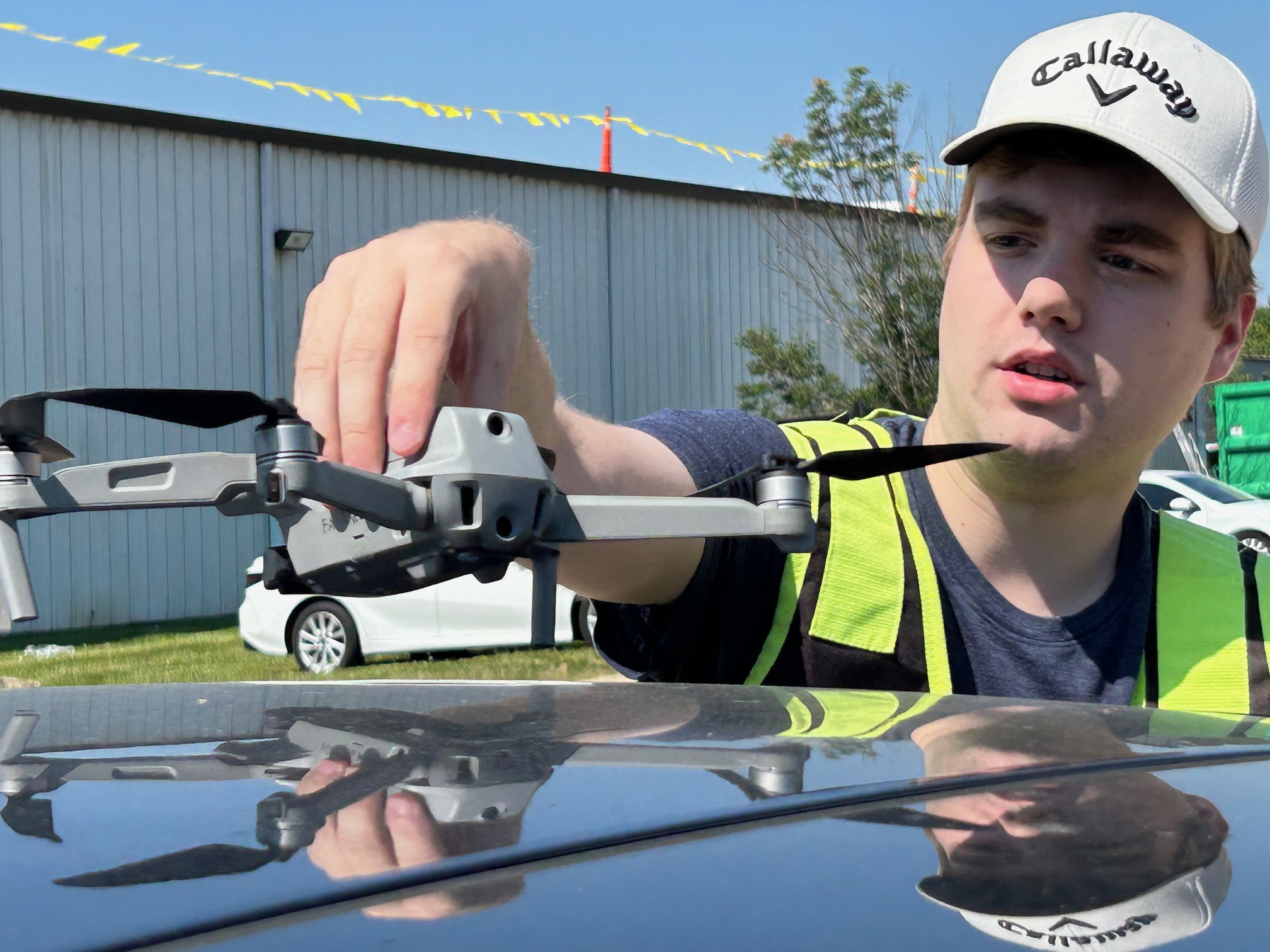


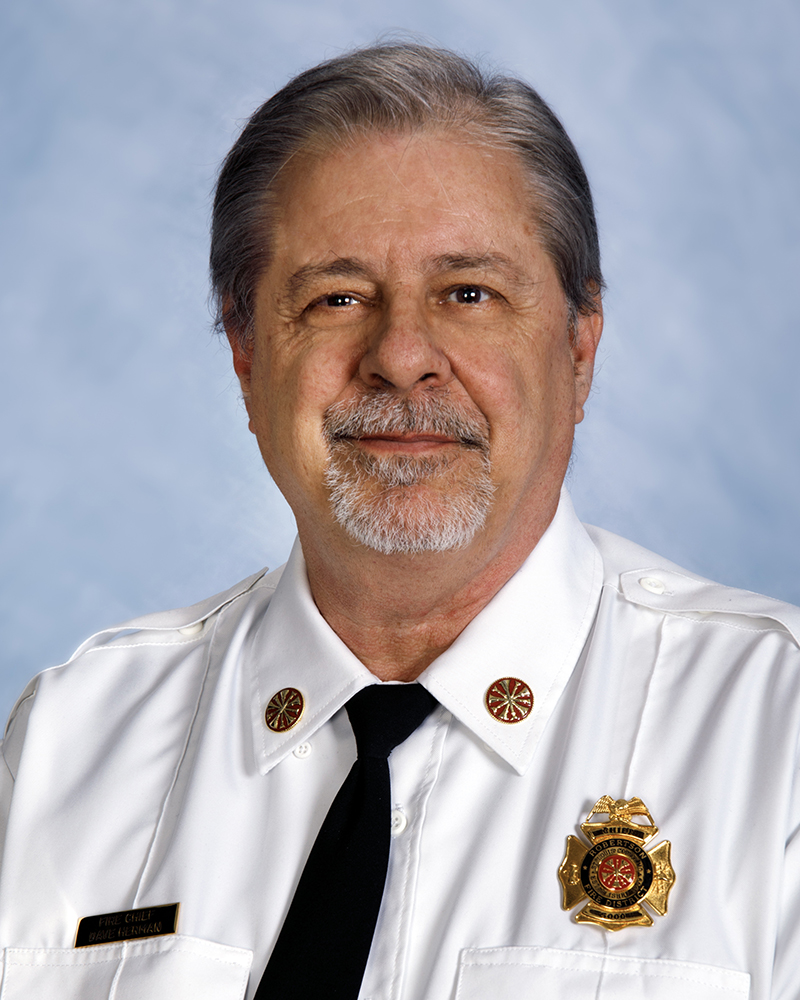
2. Use Natural Interactions, Not Staged Poses
Trust isn’t built with stiff, forced images. Clients are looking for authenticity. Lifestyle photography that captures real moments—your team interacting with customers, solving problems, or in action—communicates a sincere work ethic and genuine customer service values.
Pro Tip: Ask your photo team to use longer lenses and work from a distance to keep subjects relaxed and natural.
3. Highlight Clean, Professional Environments
Photographing your office, storefront, job site, or workspace gives prospective clients visual proof of your professionalism. A neat, well-lit environment reflects attention to detail and organizational strength—key components of trust.
Pro Tip: Invest in high-resolution images with proper composition and wide dynamic range to give spaces a clean, crisp feel.



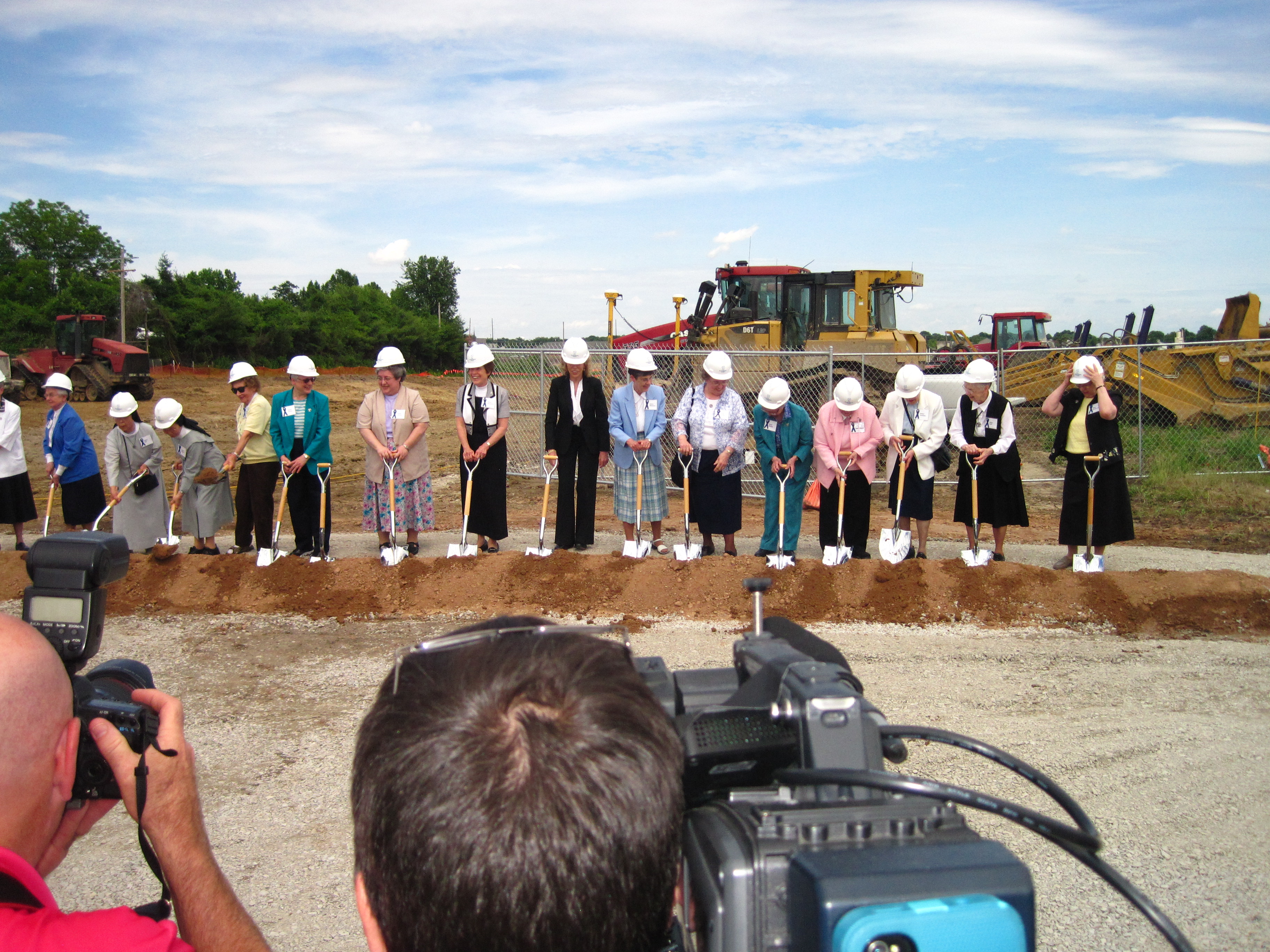
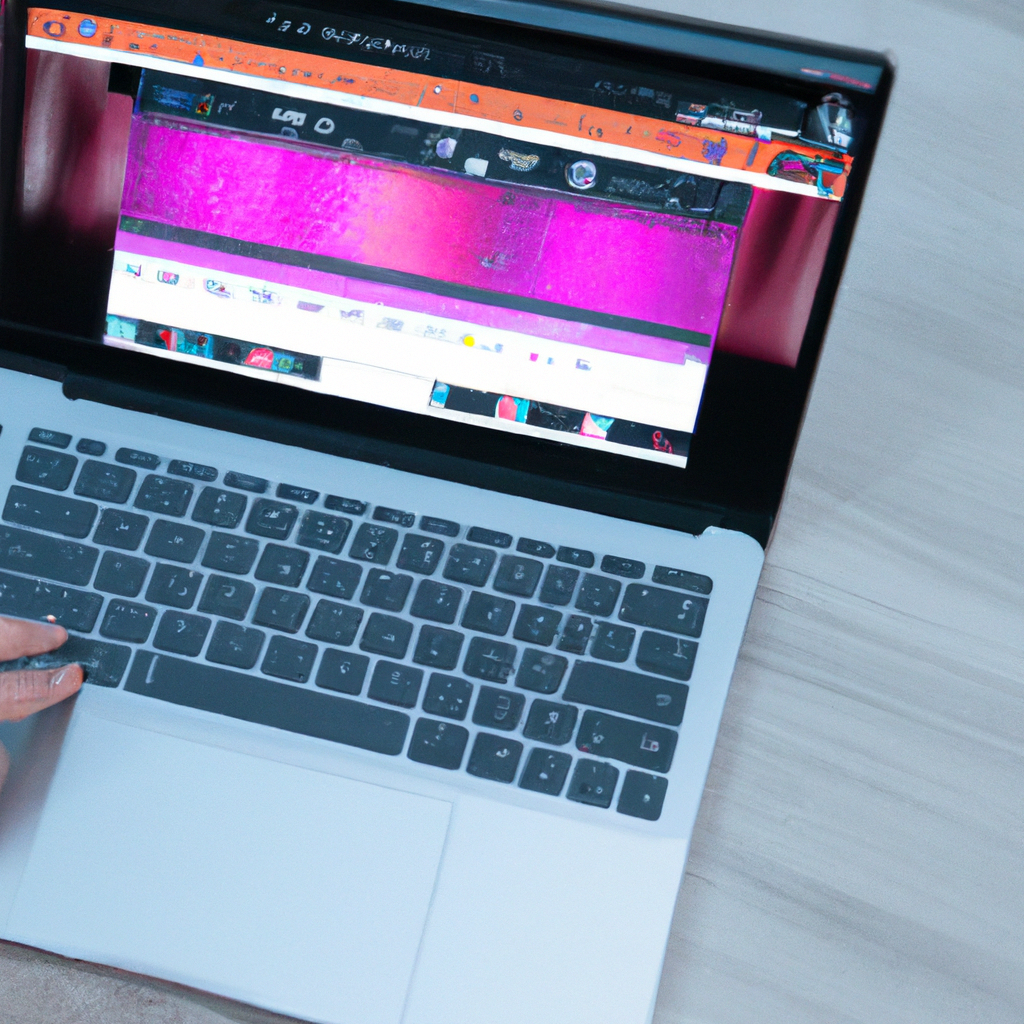
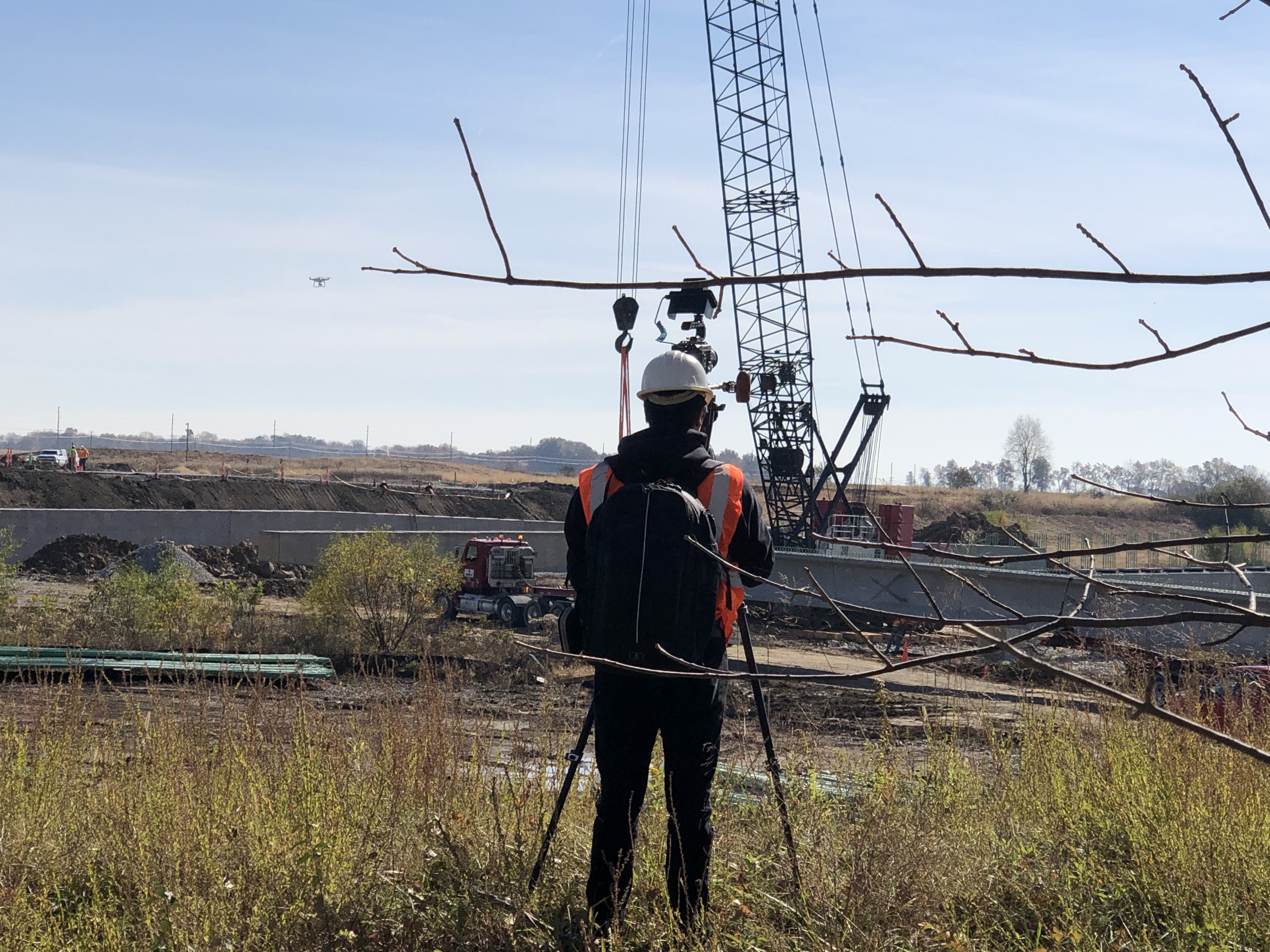
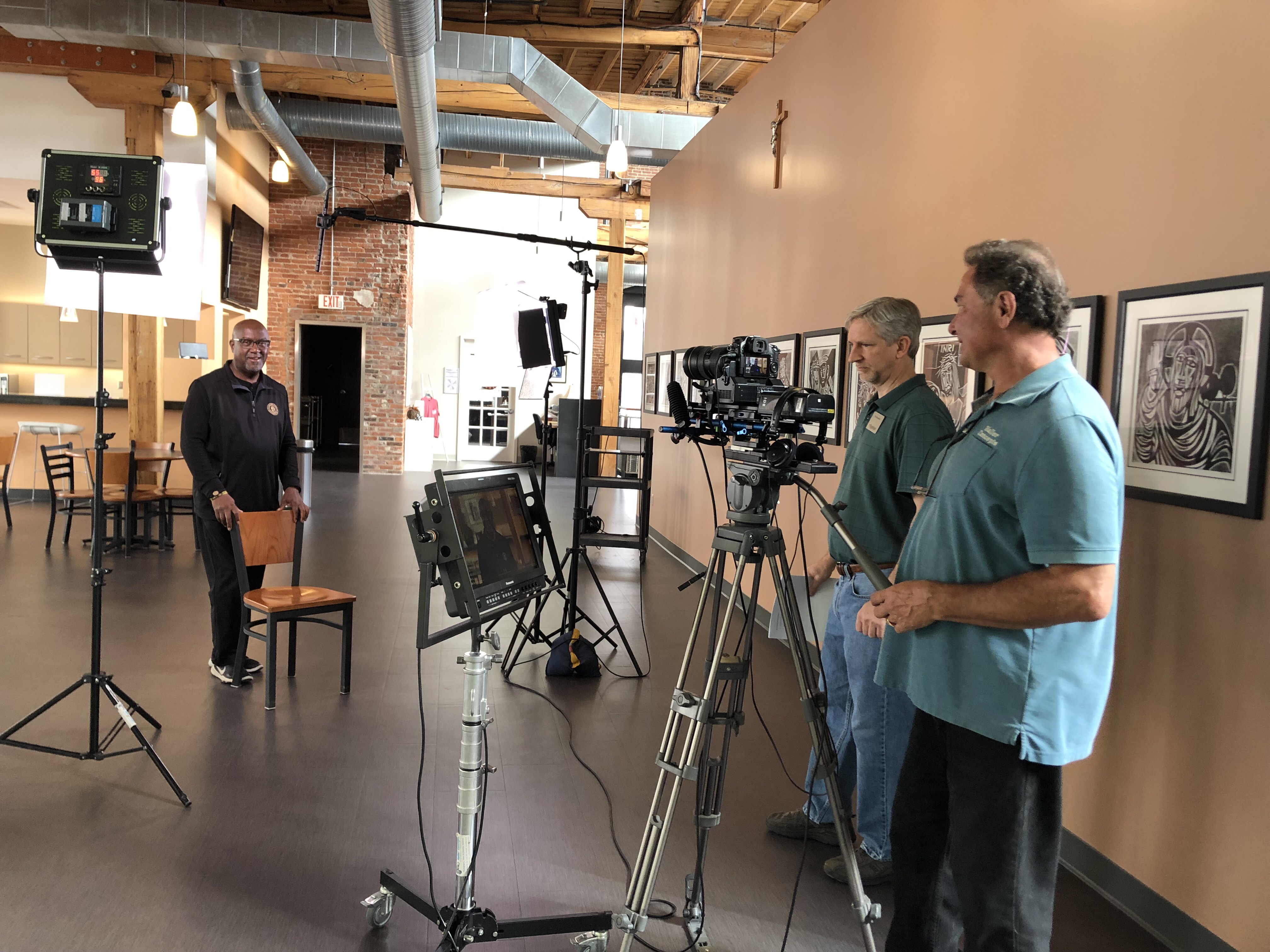




4. Use Uniform Branding Across All Visuals
From vehicle wraps to uniforms to signage, visual branding elements should be featured intentionally in your photography. This reinforces your professionalism and gives the impression of a well-established, reliable operation.
Pro Tip: Plan your shots to include branded materials without making them feel overly promotional. Subtlety builds trust.
5. Choose Lighting That Enhances Approachability
Lighting is everything. Harsh shadows or inconsistent color temperatures can make even the friendliest face seem unapproachable. We use private studio lighting setups and advanced modifiers to make your team look warm, professional, and approachable—essential for industries that rely on personal connection.
Pro Tip: Use soft, directional lighting and slightly warmer tones for service industries—it signals warmth and trust.
6. Tell a Story Through Visual Sequences
Don’t rely on a single image to do all the work. A series of photos can guide viewers through your customer experience: initial consultation, fieldwork, final results, and team follow-up. This narrative builds confidence and demystifies your process.
Pro Tip: Organize your website and social media galleries in logical storytelling sequences. Add short captions to reinforce context.
7. Incorporate Customer Testimonials Visually
Pairing high-quality portraits of real clients with their testimonials adds credibility and relatability. It also encourages emotional engagement—a powerful trust driver.
Pro Tip: Capture customer testimonial videos or photos during the same shoot session. The consistency in lighting and framing adds to your overall visual brand.
Trust Begins with the Right Image Partner
At St Louis Photography Studio, we understand the psychology behind professional imagery and how to craft photos and videos that immediately communicate dependability and professionalism. Since 1982, we’ve helped service businesses across St. Louis and the Midwest build visual trust with their audiences.
Our full-service commercial photography and video production team offers:
- Studio and on-location shoots tailored to your service and space
- Editing and post-production that enhance professionalism without looking overproduced
- Licensed drone pilots for unique overhead perspectives—even indoors
- AI-powered editing workflows for efficiency, consistency, and visual polish
- Custom lighting setups in our private studio for interview scenes or brand storytelling
- Strategic repurposing of imagery to stretch your marketing reach across all platforms
We are well-versed in all file types, styles of media, and the latest AI-enhanced tools. Whether you need a branded photo library for your website, a powerful video to showcase client testimonials, or consistent visual assets for an upcoming campaign—St Louis Photography Studio is your experienced, reliable partner in making your service business look not just professional, but trustworthy.
Let’s create visuals that earn confidence and drive conversions. Reach out today.
314-913-5626
Mike Haller
Studio : 4501 Mattis Road 63128
St Louis Photographer
St Louis, Missouri, USA | Photography services
stlphotographystudio@gmail.com
Tips to Improve Your Team Photos — How to Capture a Cohesive, Professional Look That Reflects Your Brand
Strong team photos do more than show who’s on your staff—they communicate your company culture, professionalism, and unity at a glance. Whether featured on your website, in marketing materials, or across social media, well-executed team photos can build trust and enhance your visual brand.
But achieving a clean, cohesive group image takes more than just assembling everyone in one place. At St Louis Photography Studio, we’ve worked with organizations of all sizes to create team photos that look polished, approachable, and strategically aligned with their goals. Here are key tips to help you improve your team photos and make your brand stand out.
1. Start with a Purpose-Driven Approach
Before you book a shoot, ask yourself: What will the team photo be used for? Your answer will guide the tone, style, composition, and location.
- Formal publication or investor presentation? Choose a classic, professional look with a neutral background.
- Marketing or recruitment materials? Go for a friendly, modern vibe with a dynamic location and casual interaction.
Tip: Share visual references with your photographer to align expectations and style preferences before the shoot.
2. Coordinate Wardrobe Without Uniformity
Consistency in appearance doesn’t mean matching outfits. Encourage your team to dress in a coordinated color palette—such as navy, white, or gray with a touch of your brand color—to create harmony across the photo.
Tip:
Avoid busy prints, large logos, and flashy accessories. Provide team-wide wardrobe guidelines ahead of time to reduce last-minute styling confusion.
3. Choose a Meaningful Location
The setting of your team photo should reflect your brand identity. A modern office, open co-working space, outdoor cityscape, or your company’s production floor can all offer storytelling value.
Tip:
If you want a clean and timeless look, opt for our private studio setup with customized lighting and background options. For on-location shoots, we can scout and prep the space to ensure it’s camera-ready.
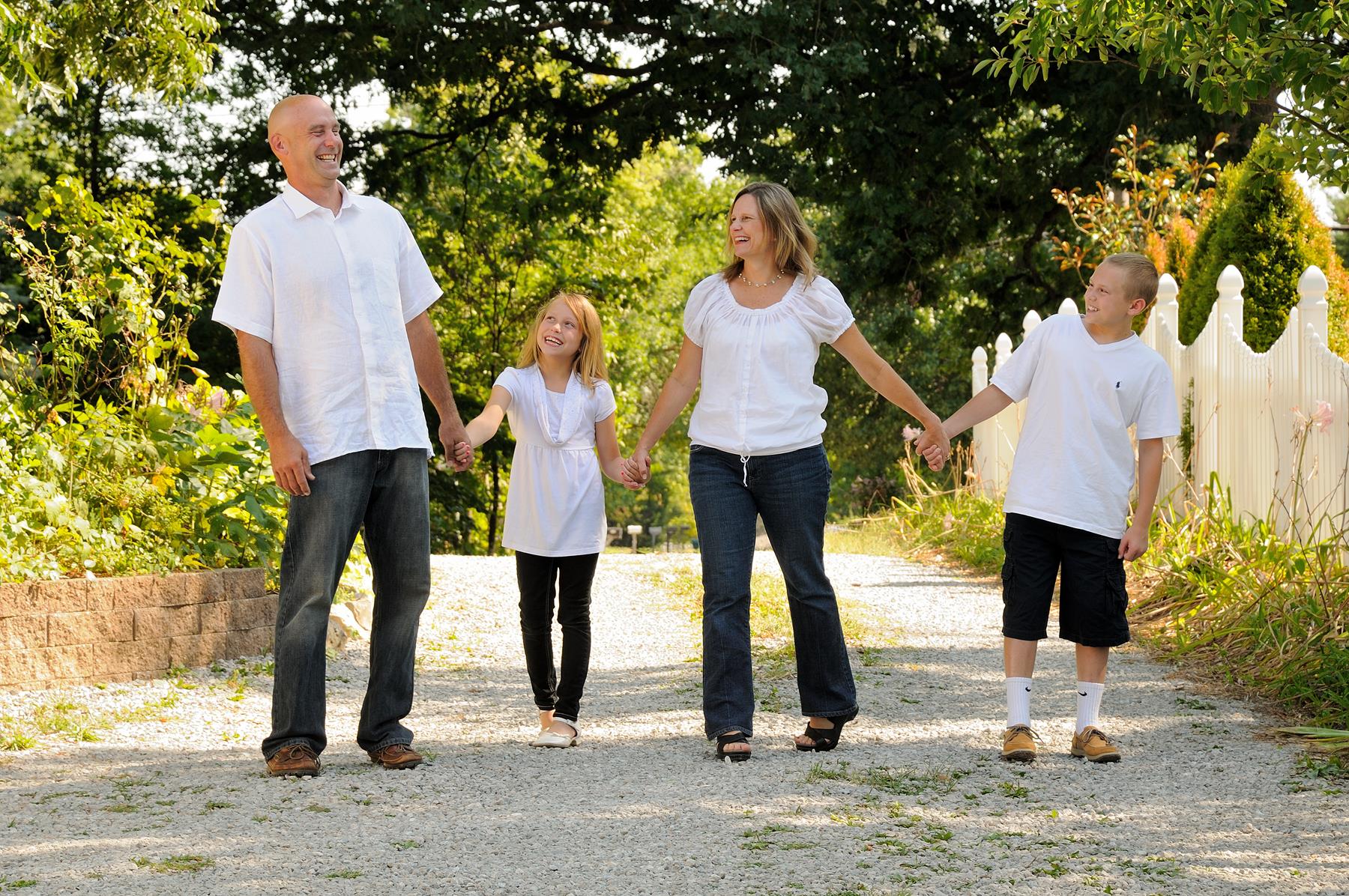

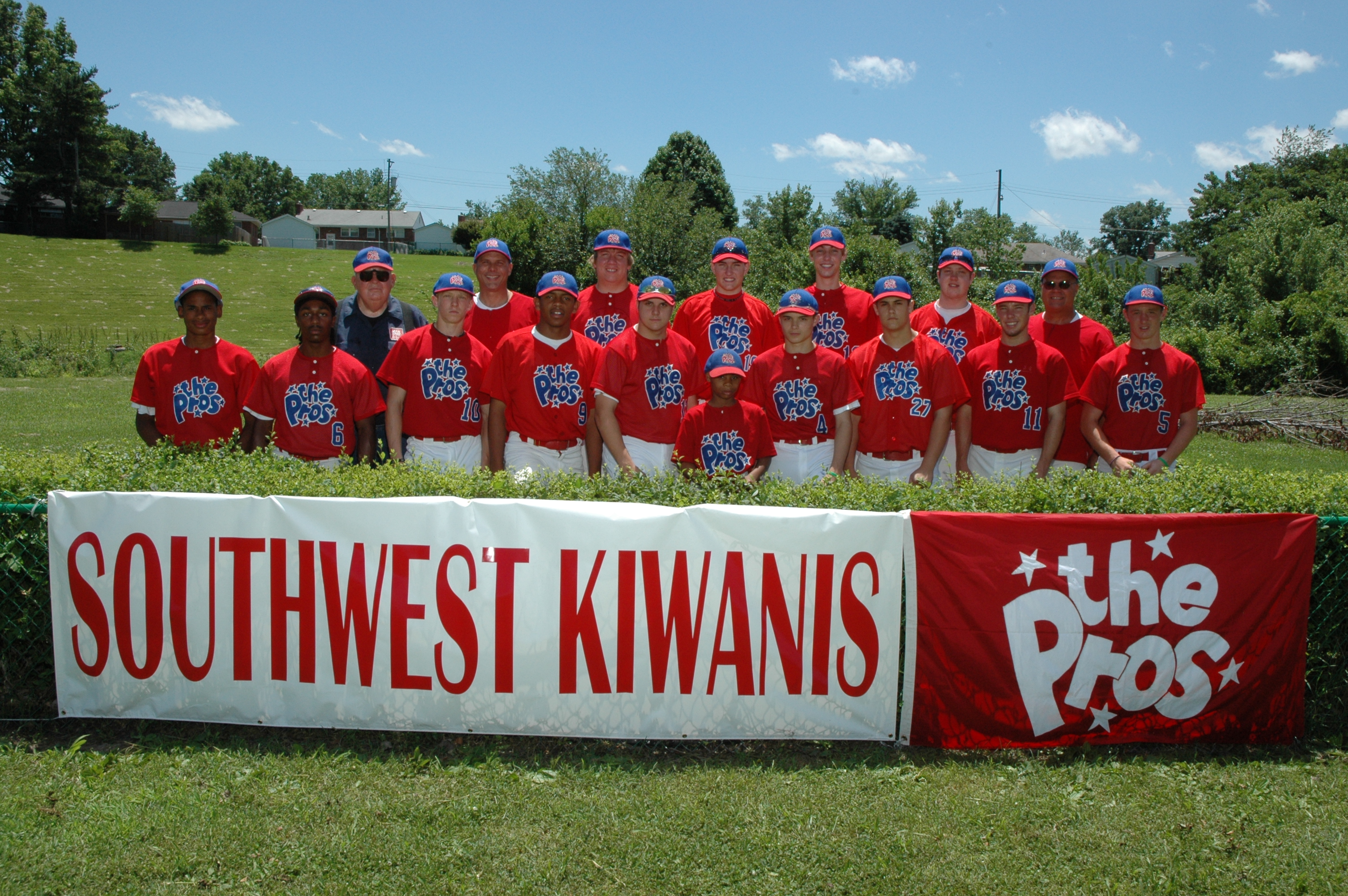
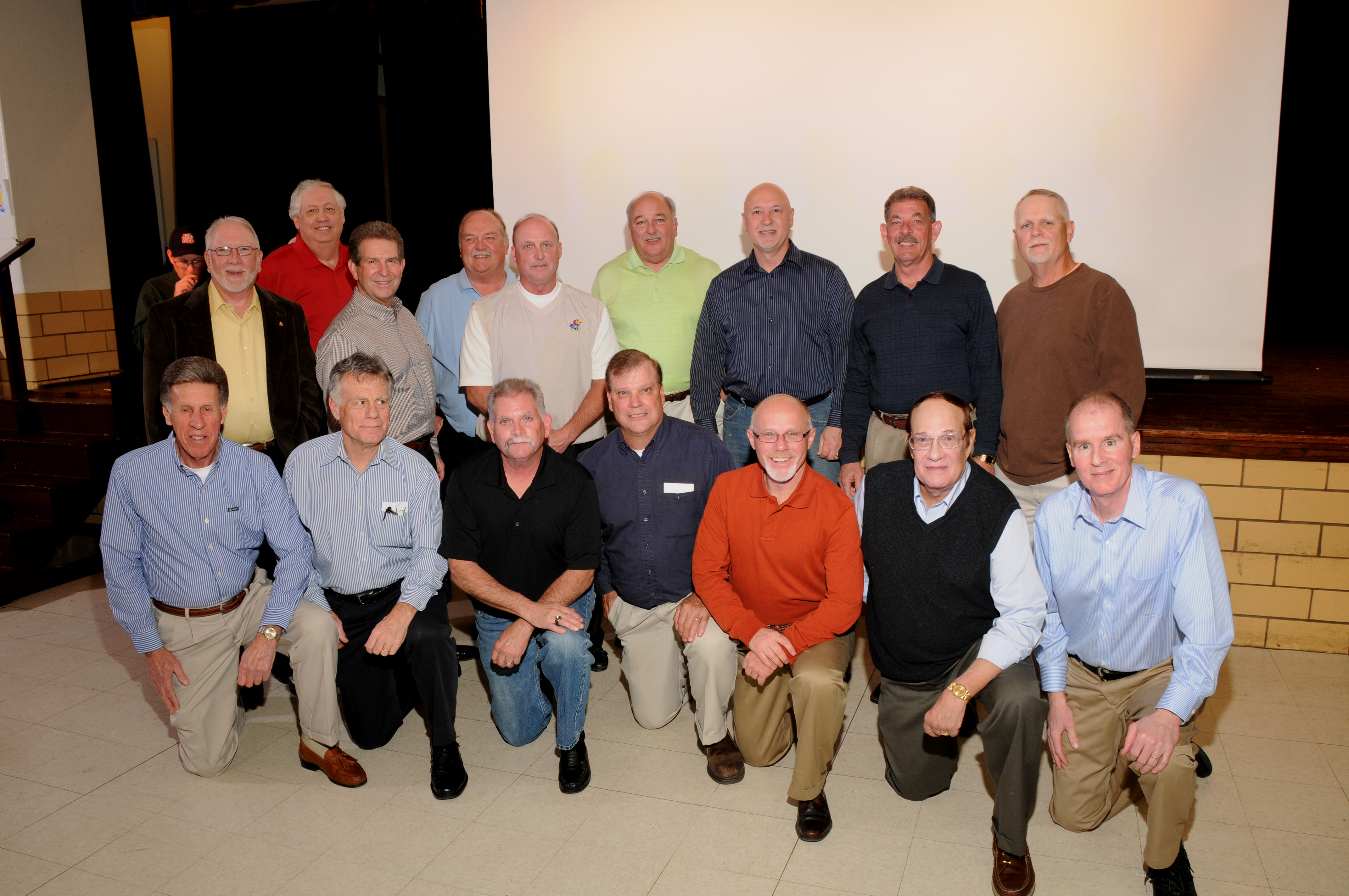


4. Mind the Composition and Spacing
How your team is arranged speaks volumes. Tall individuals shouldn’t block shorter ones, and natural spacing should prevent the photo from looking crowded or disorganized.
Tip:
Use layering—standing and seated positions—to create depth. Your photographer should guide group positioning, ensuring clear sightlines and balance across the frame.
5. Encourage Natural Interaction
Some of the most engaging team photos aren’t stiff or overly posed—they show genuine connection and teamwork. Brief interactions, shared laughter, or even slight movement can bring the image to life.
Tip:
Schedule enough time so the photographer can capture both posed and candid options. A relaxed atmosphere yields more authentic expressions.
6. Plan for Lighting and Timing
Natural lighting works beautifully outdoors or in office spaces with windows—but it changes quickly. In-studio lighting ensures total control and consistency.
Tip:
Book shoots mid-morning when energy is high and lighting is flattering. Our team at St Louis Photography Studio will bring all necessary lighting gear for consistent, high-quality results regardless of location.
7. Don’t Forget Post-Production
Post-processing is where good team photos become great. Editing ensures consistency in color balance, lighting, and background clean-up, and allows for minor retouching to polish the final image.
Tip:
Discuss your retouching preferences in advance. We can provide versions optimized for print, web, social media banners, and more.
Why Businesses Choose St Louis Photography Studio for Team Photography
At St Louis Photography Studio, we go beyond the basics to ensure your team photos are aligned with your company’s voice and values. Our team has the experience and creativity to manage shoots of all sizes—whether in our fully equipped studio or at your location.
We provide full-service studio and location video and photography, editing and post-production, and licensed drone pilots for unique visual perspectives—even indoors. Our AI-enhanced media services ensure fast turnaround and brand-aligned optimization across platforms.
Our studio offers flexible lighting options and ample space for props, furniture, or custom set builds. We support every part of your production—from private interview setups to sound and camera operators and specialized equipment—making every shoot smooth and successful.
Since 1982, St Louis Photography Studio has proudly served businesses, marketing firms, and creative agencies in the St. Louis region, helping them tell their stories visually with clarity and confidence.
Ready to improve your next team photo session?
Partner with St Louis Photography Studio for a customized, professional experience that reflects the heart of your team—and the strength of your brand.
314-913-5626
4501 Mattis Road 63128
St Louis Photographer
St Louis, Missouri, USA | Photography services
stlphotographystudio@gmail.com
-



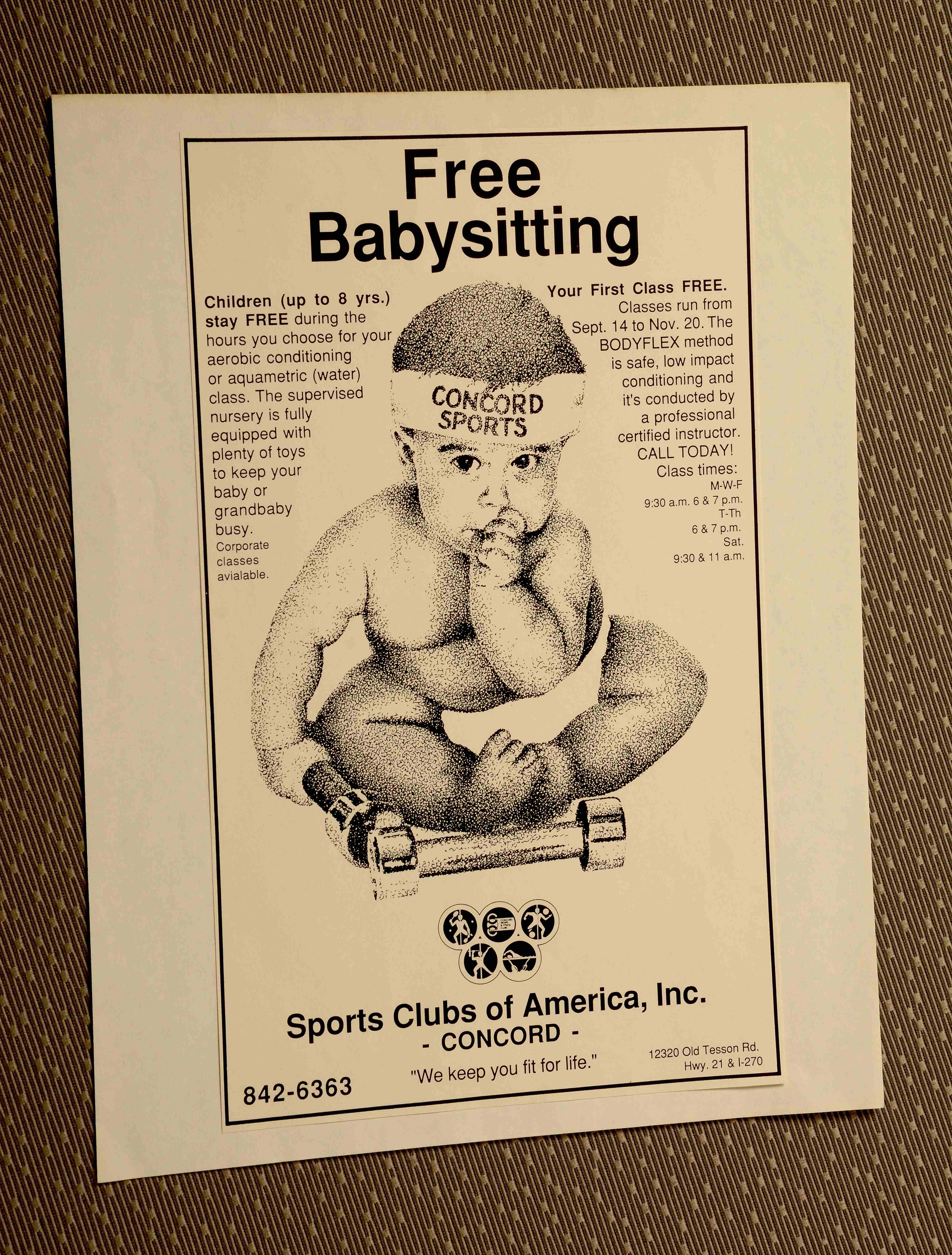














-
- Our Creative Friends
- Location Scout
- Video Crews
- Video Editors
- Drone Services
-


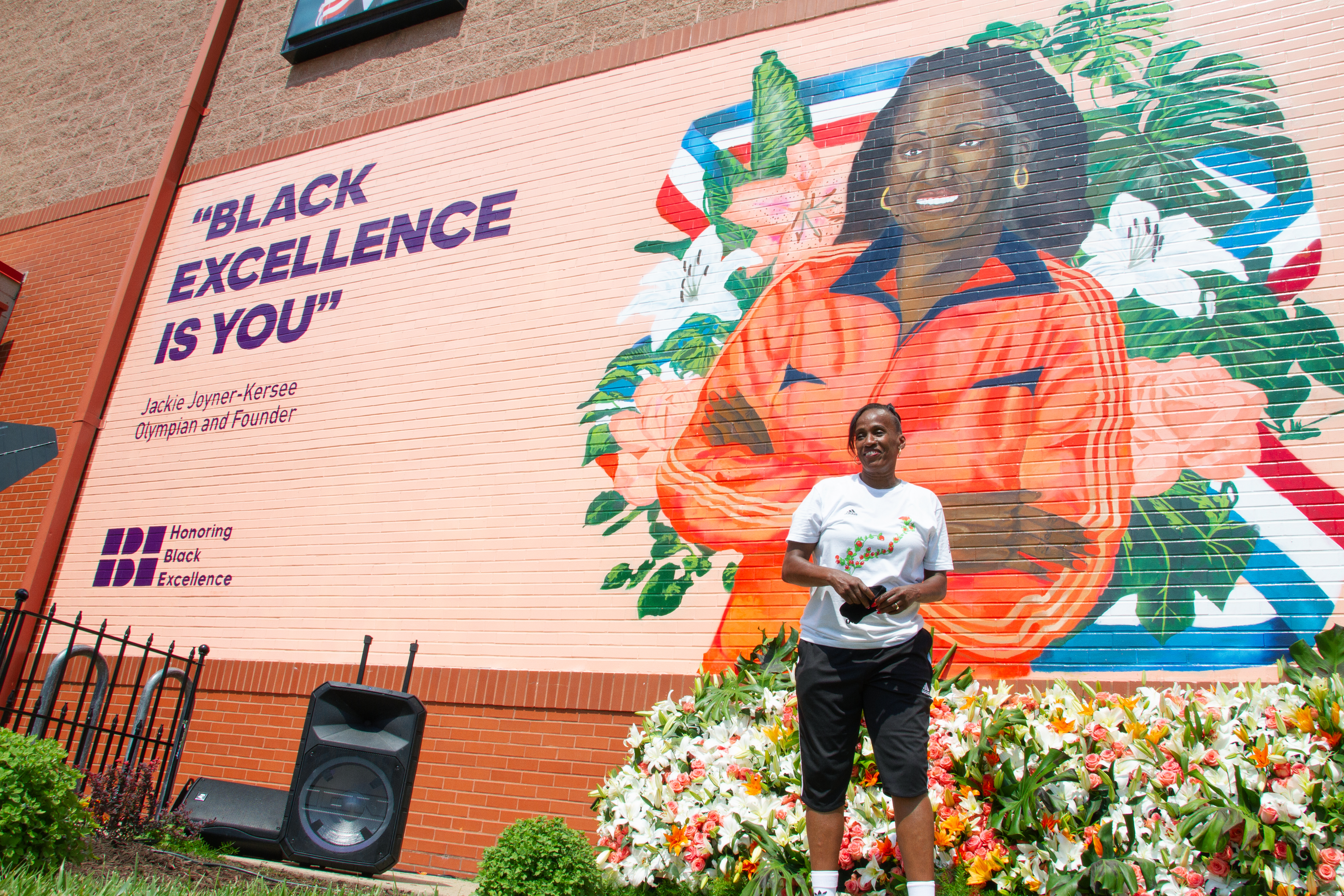










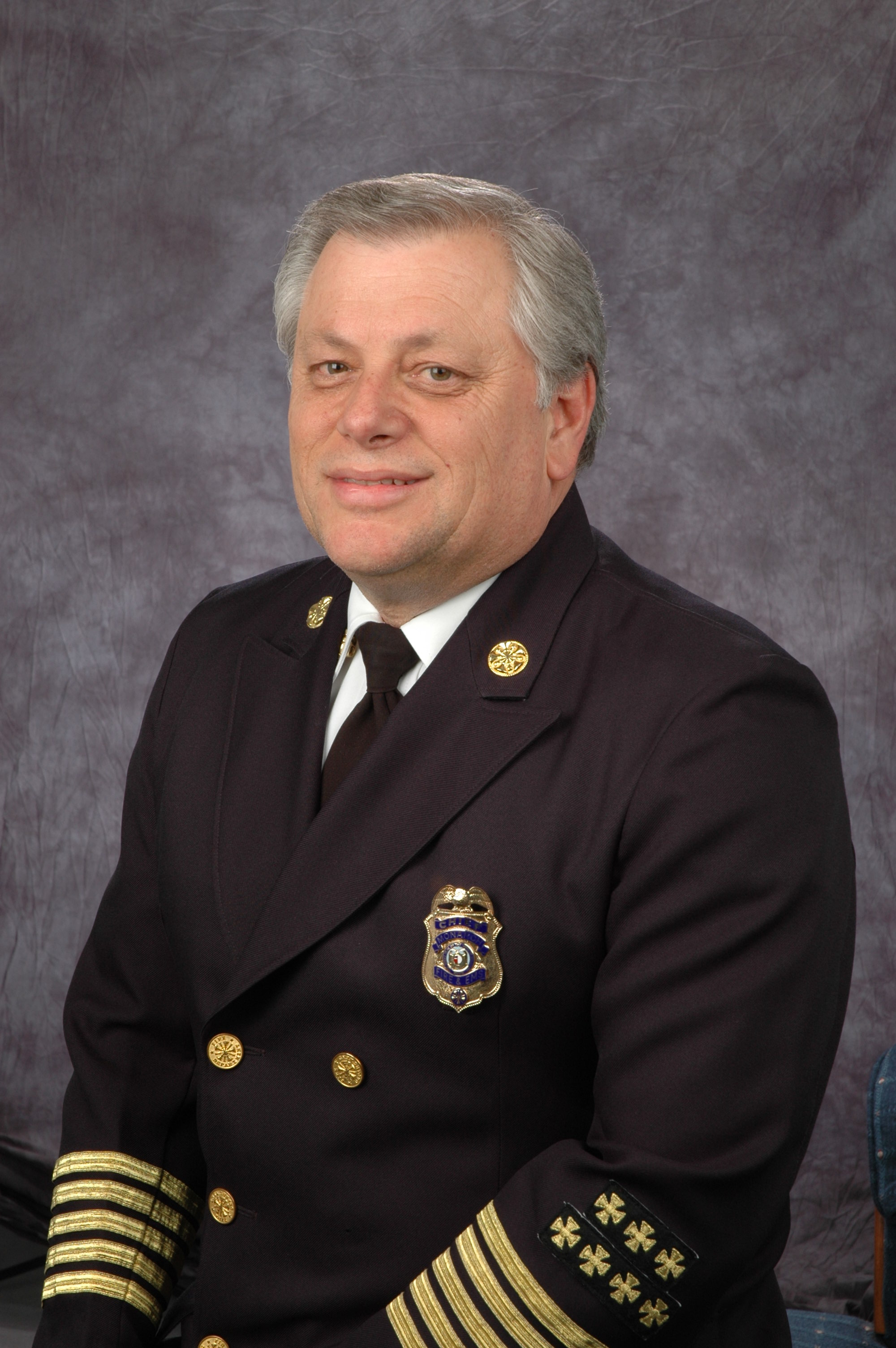




-
Blog Posts
- Beyond the Portfolio: Critical Questions You Must Ask Before Booking Event Photography and Videography
- Safer, Quicker, Cheaper: How Drone Imaging is Transforming Building & Roof Inspections
- Top Background Tricks for Clean Product Pics (That Still Look Premium)
- The Headshot Advantage: Why a Professional Studio Delivers Control, Consistency, and Confidence
- Top 10 Questions People Ask About Commercial Photography Studios
- How to Choose the Right Photography Studio: A Strategic Guide for Marketing Decision Makers
- How to Take Photos That Make Your Service Business Look Trustworthy: A Visual Guide for Marketing Decision-Makers.
- Tips to Improve Your Team Photos — How to Capture a Cohesive, Professional Look That Reflects Your Brand
- Background Ideas for Product Studio Photos: Elevating Your Brand Imagery
- Making the Most of Your Headshot Investment: Strategic Tips for Business and Brand Success
-
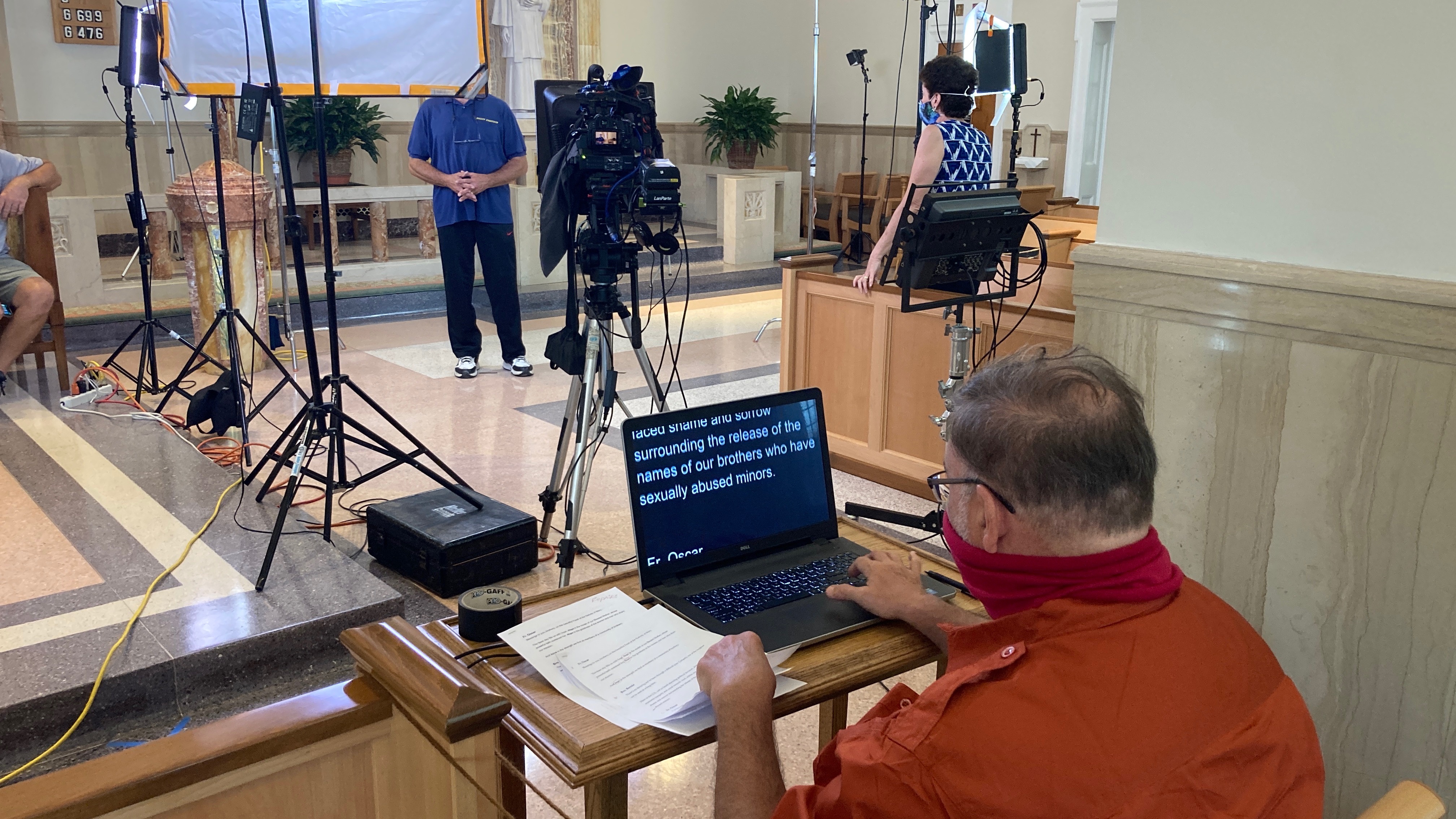









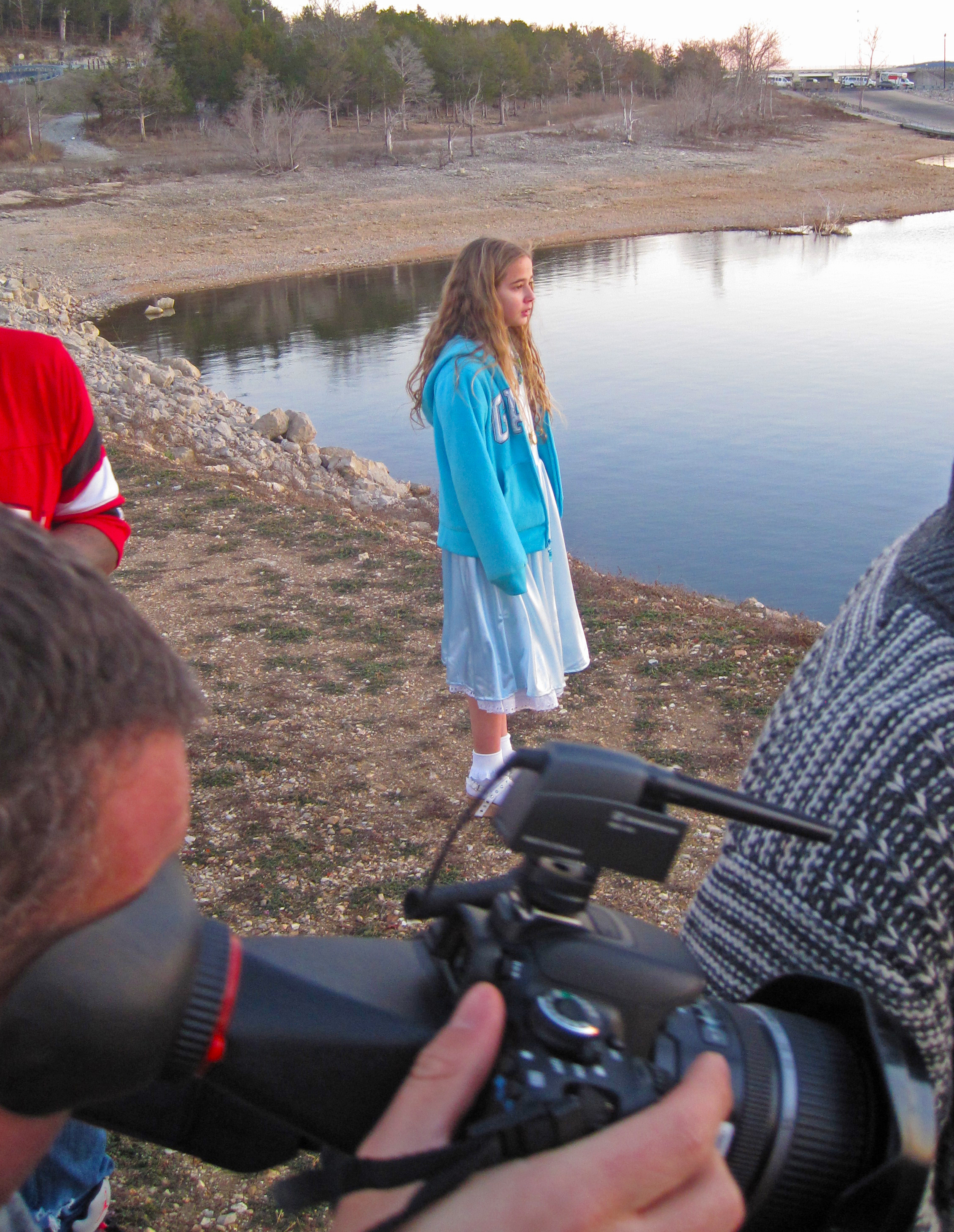



Archives
- January 2026
- December 2025
- October 2025
- September 2025
- August 2025
- July 2025
- June 2025
- May 2025
- April 2025
- February 2025
- January 2025
- November 2024
- October 2024
- September 2024
- August 2024
- July 2024
- June 2024
- May 2024
- April 2024
- March 2024
- January 2024
- December 2023
- October 2023
- September 2023
- August 2023
- July 2023
- June 2023
- May 2023
- April 2023
- March 2023
- February 2023
- January 2023
- October 2022
- September 2022
- August 2022
- June 2022
- May 2022
- April 2022
- March 2022
- February 2022
- January 2022
- February 2020
- October 2019
- April 2019
- January 2019
- June 2018
- August 2017
- July 2017
- March 2017
- October 2016
- October 2015
- July 2015
- February 2015
- October 2014
- March 2014
- December 2013
- November 2013
- October 2013
- September 2013
- August 2013
- July 2013
- May 2013
- April 2013
- February 2013
- January 2013
- July 2012
- November 2011
-


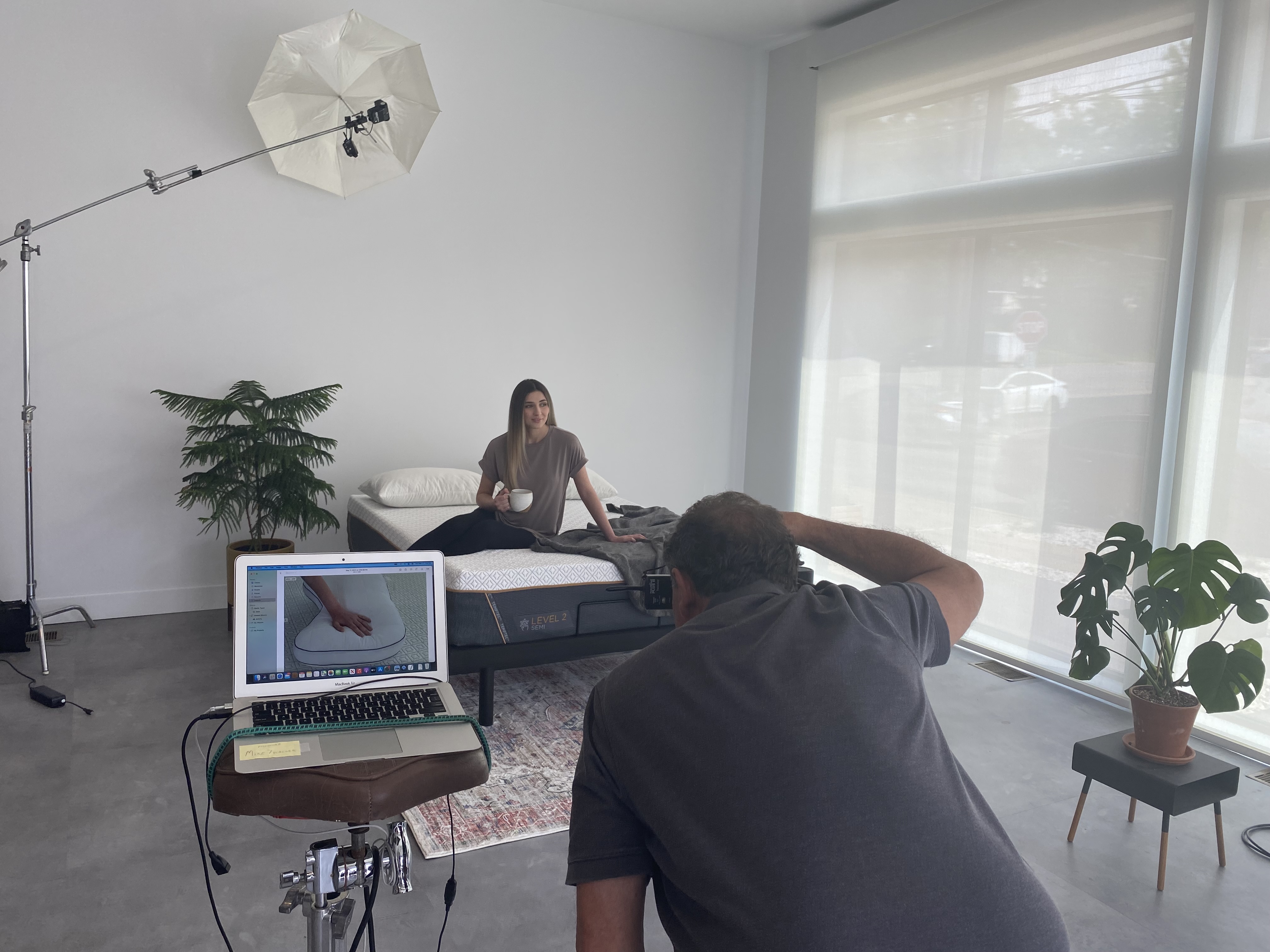









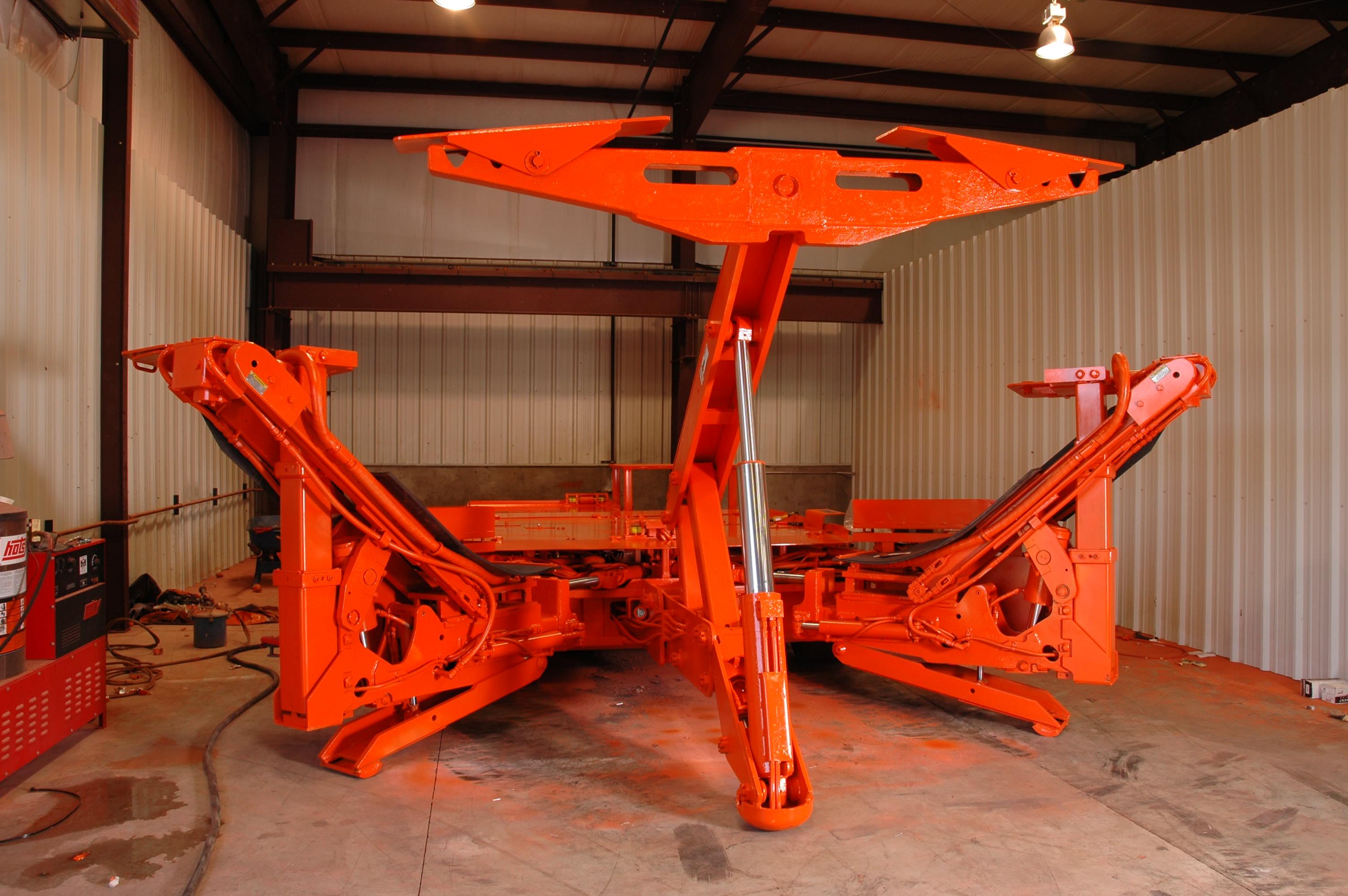




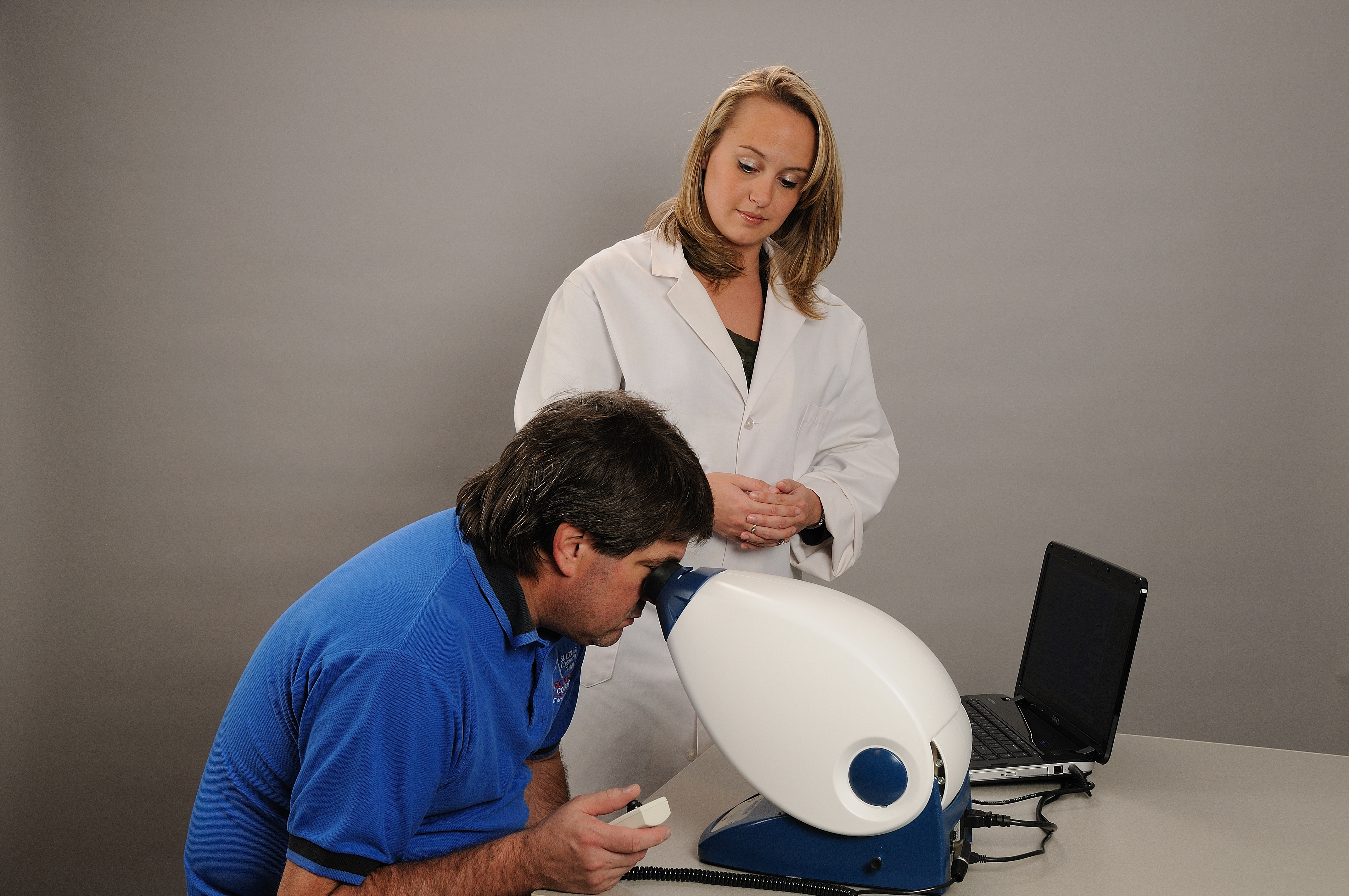






Categories
-




